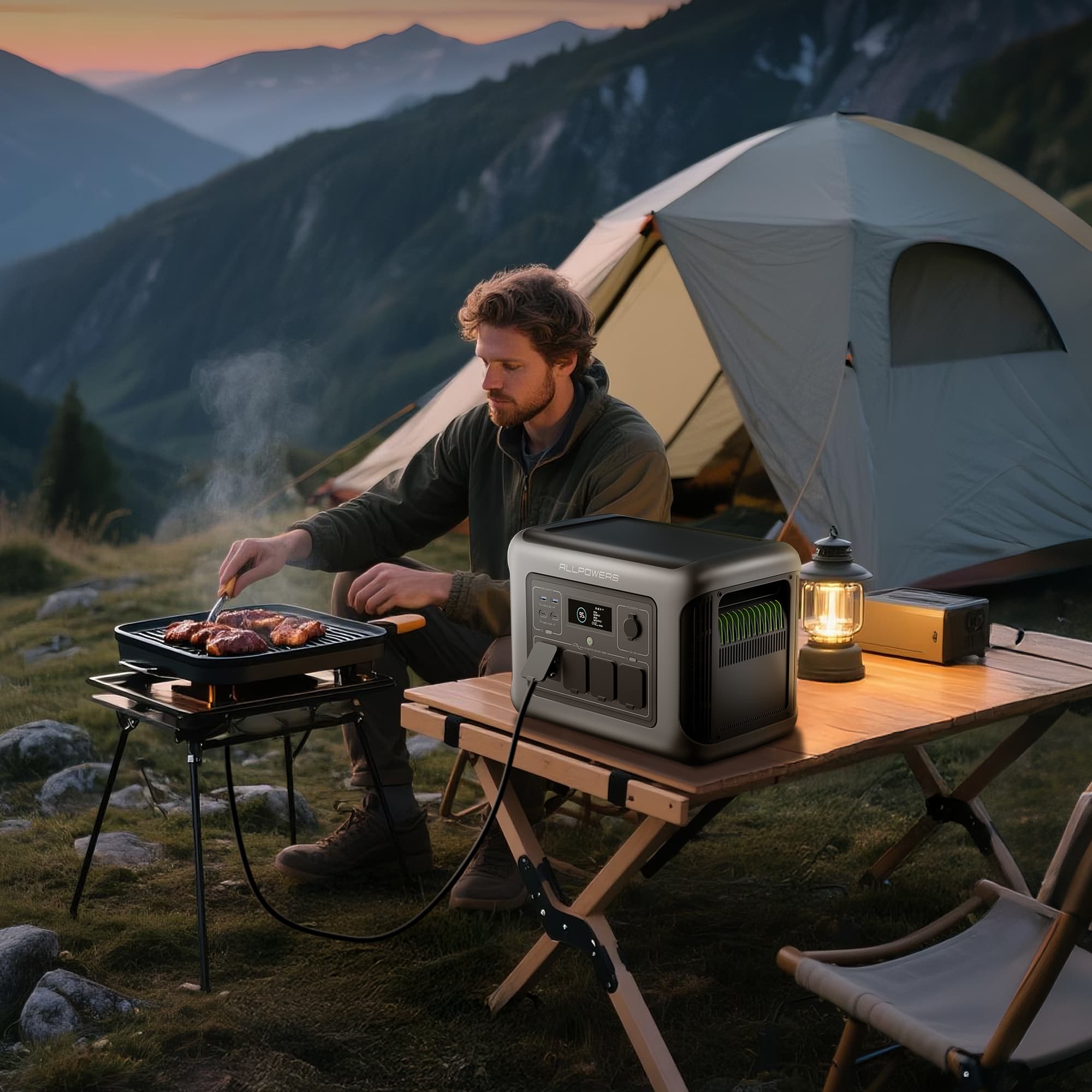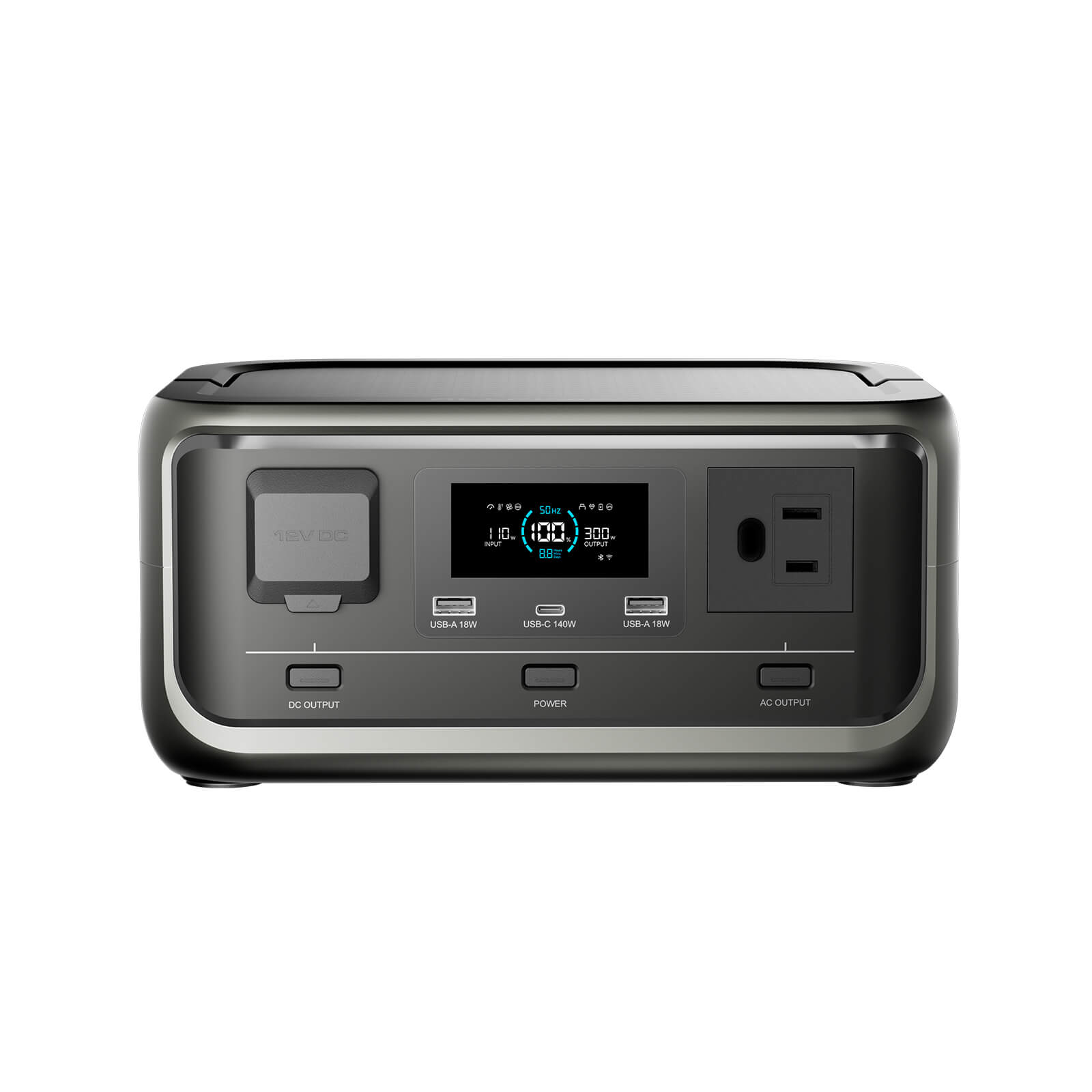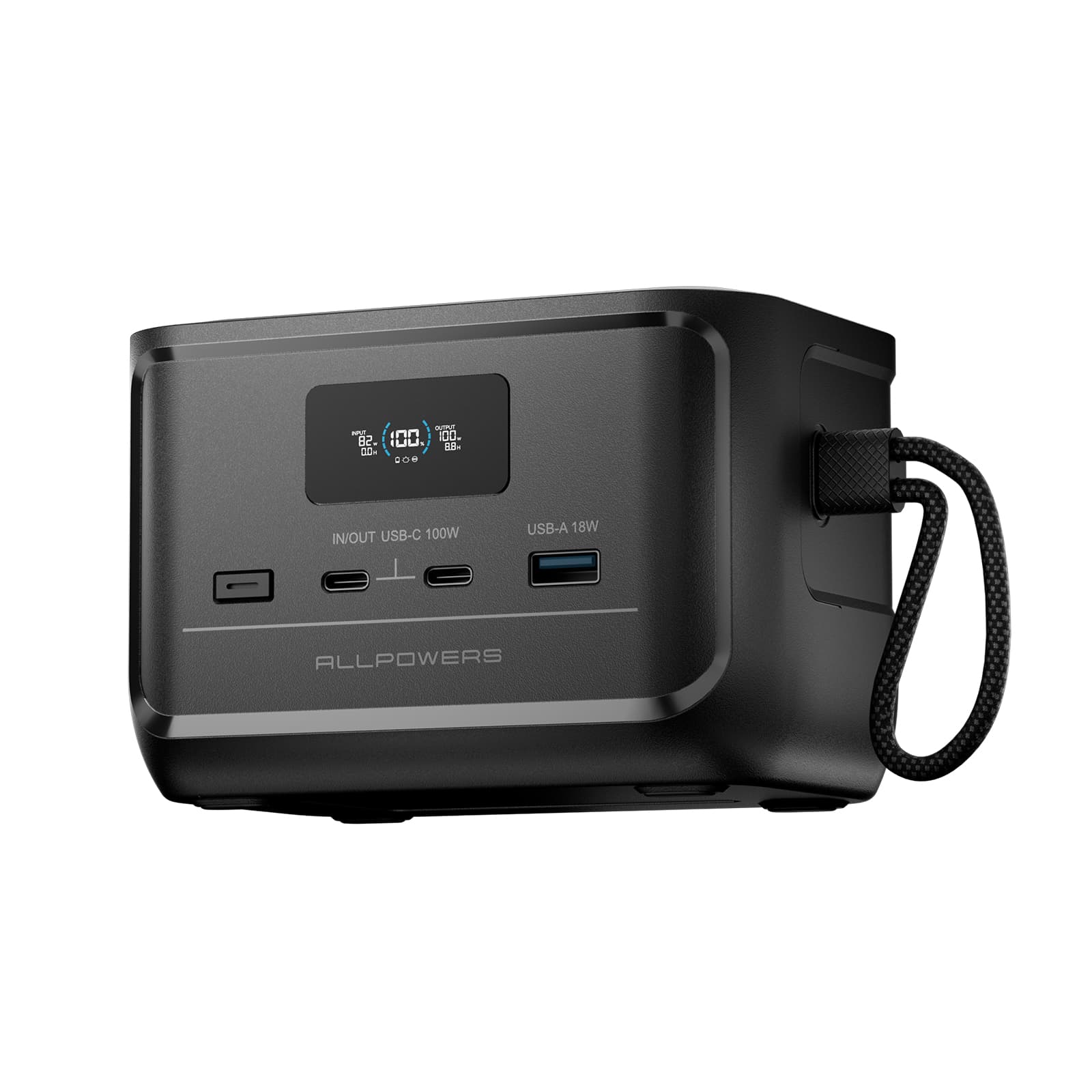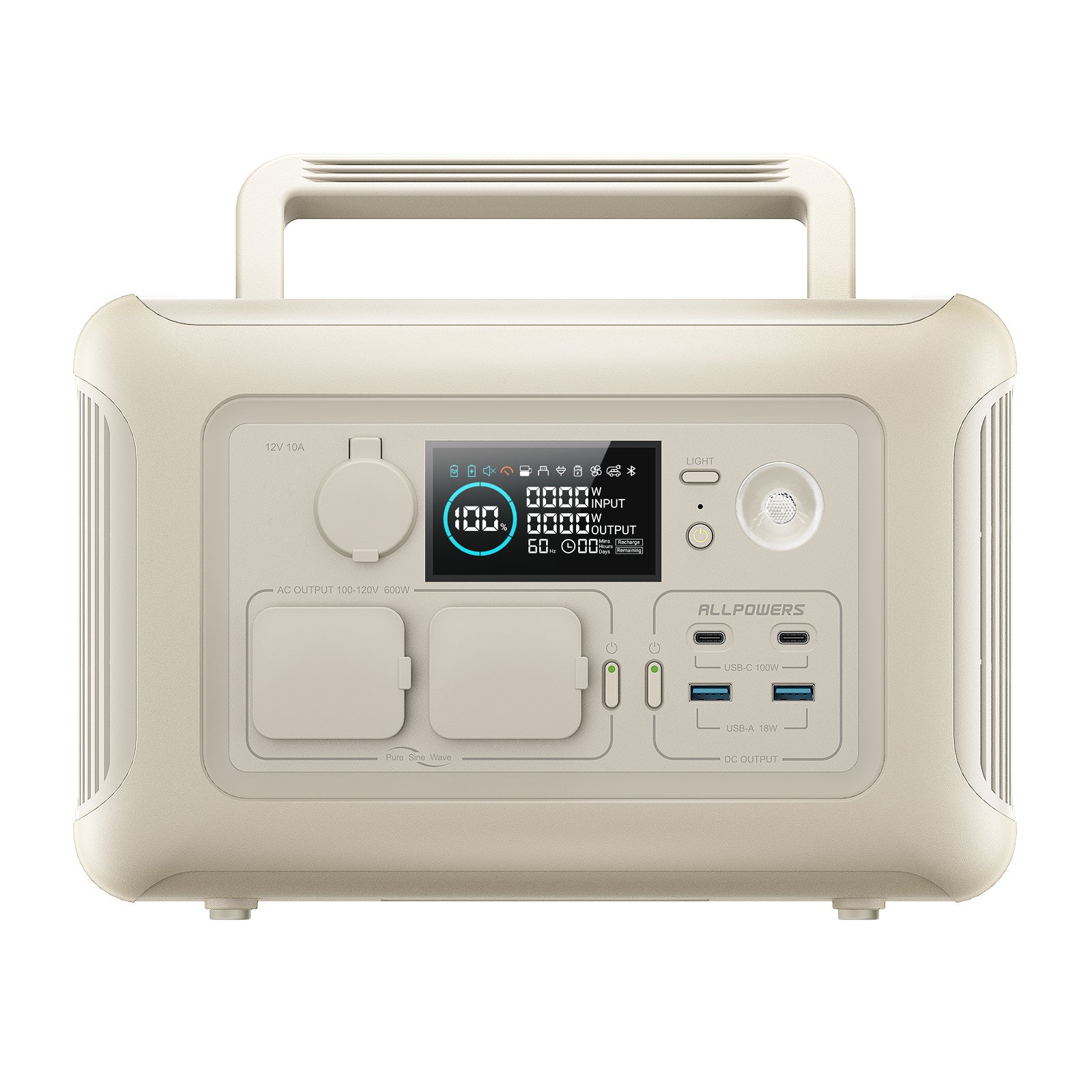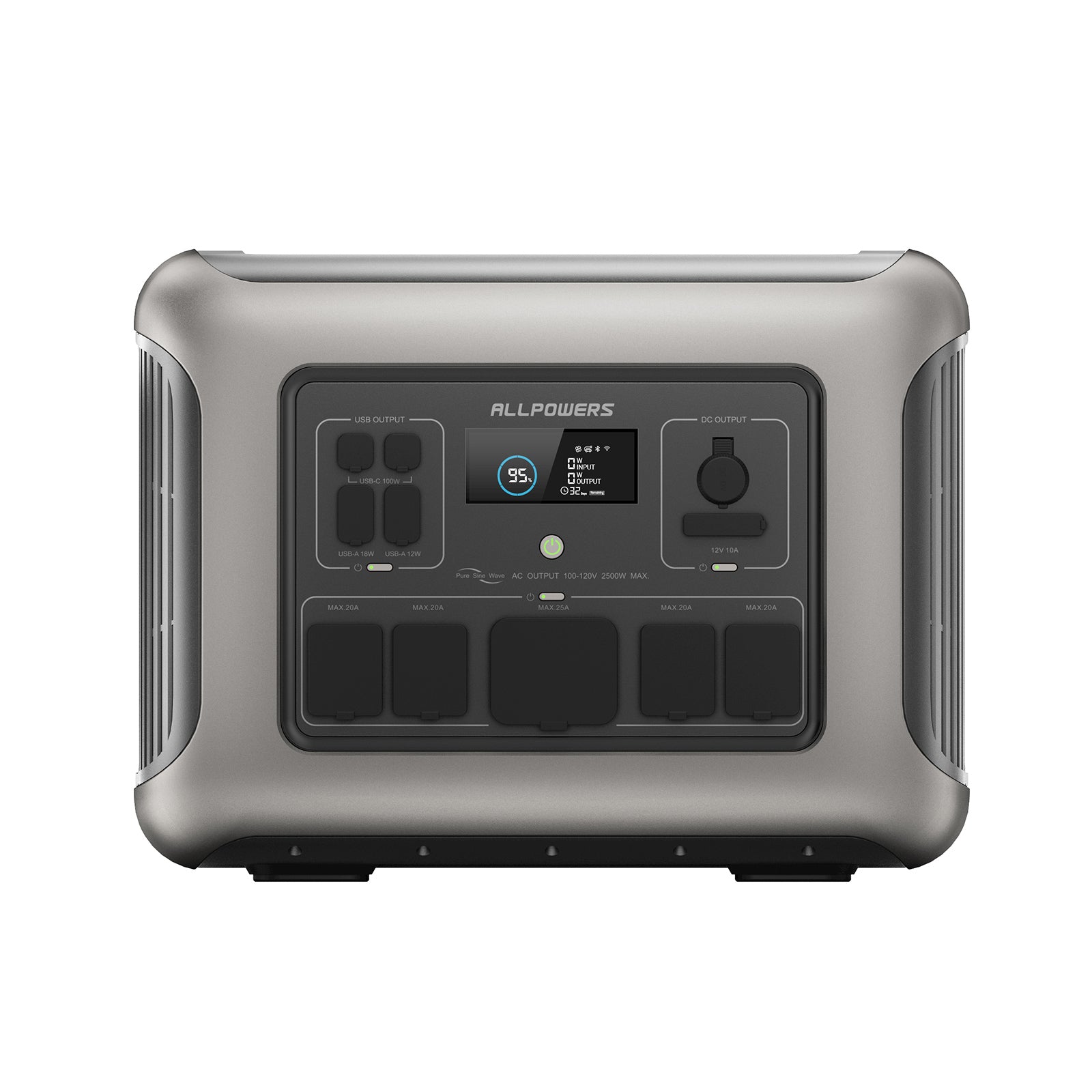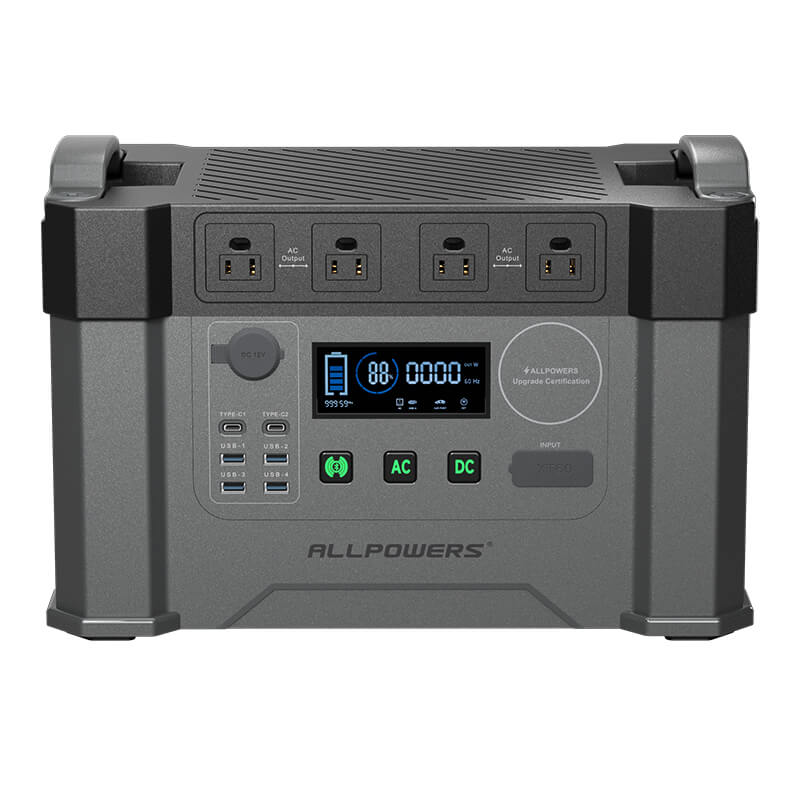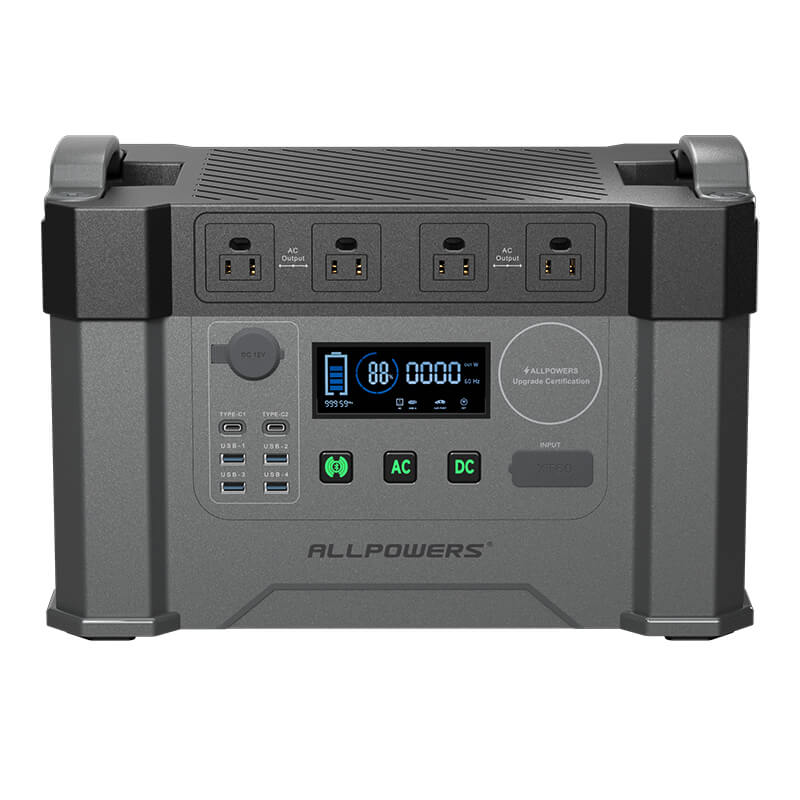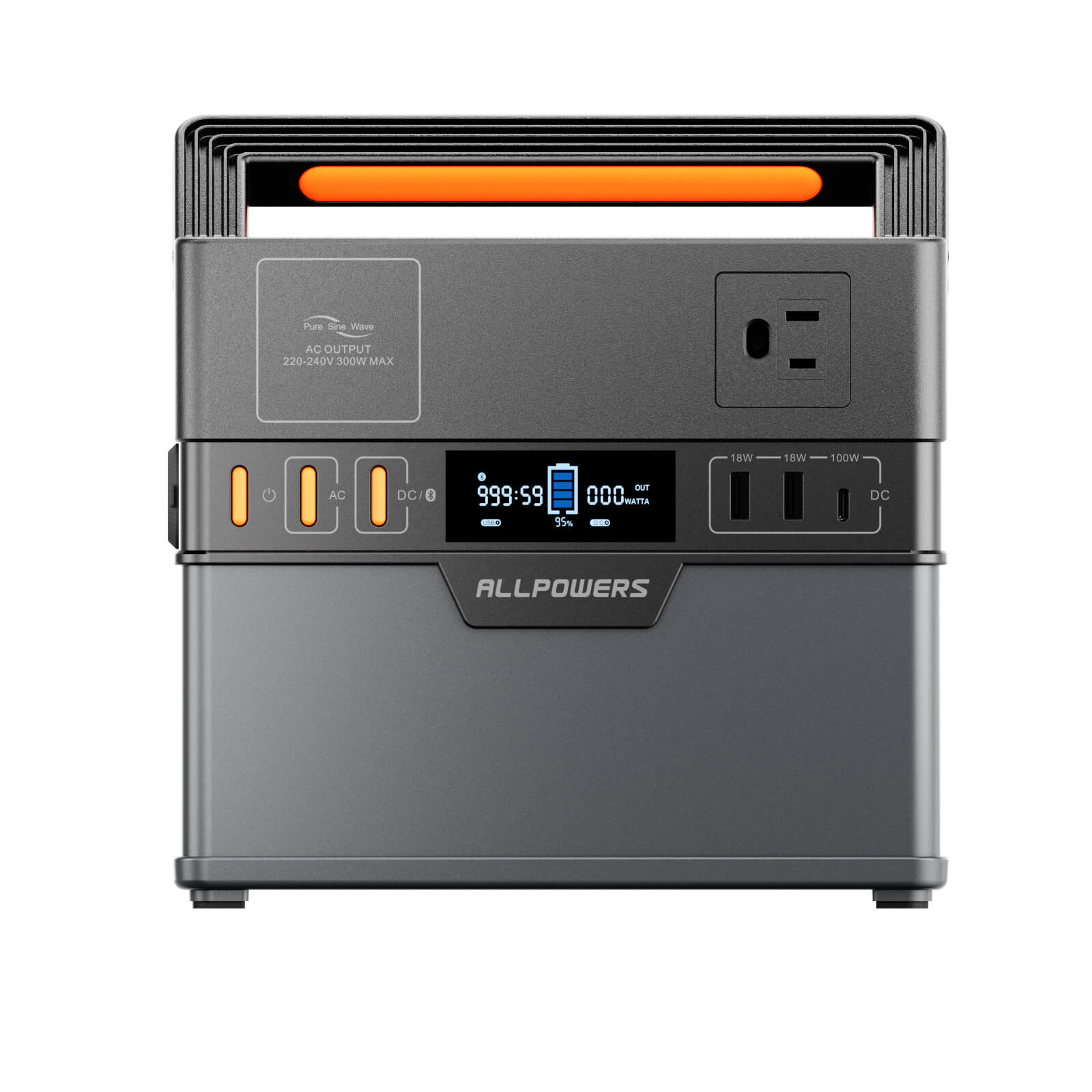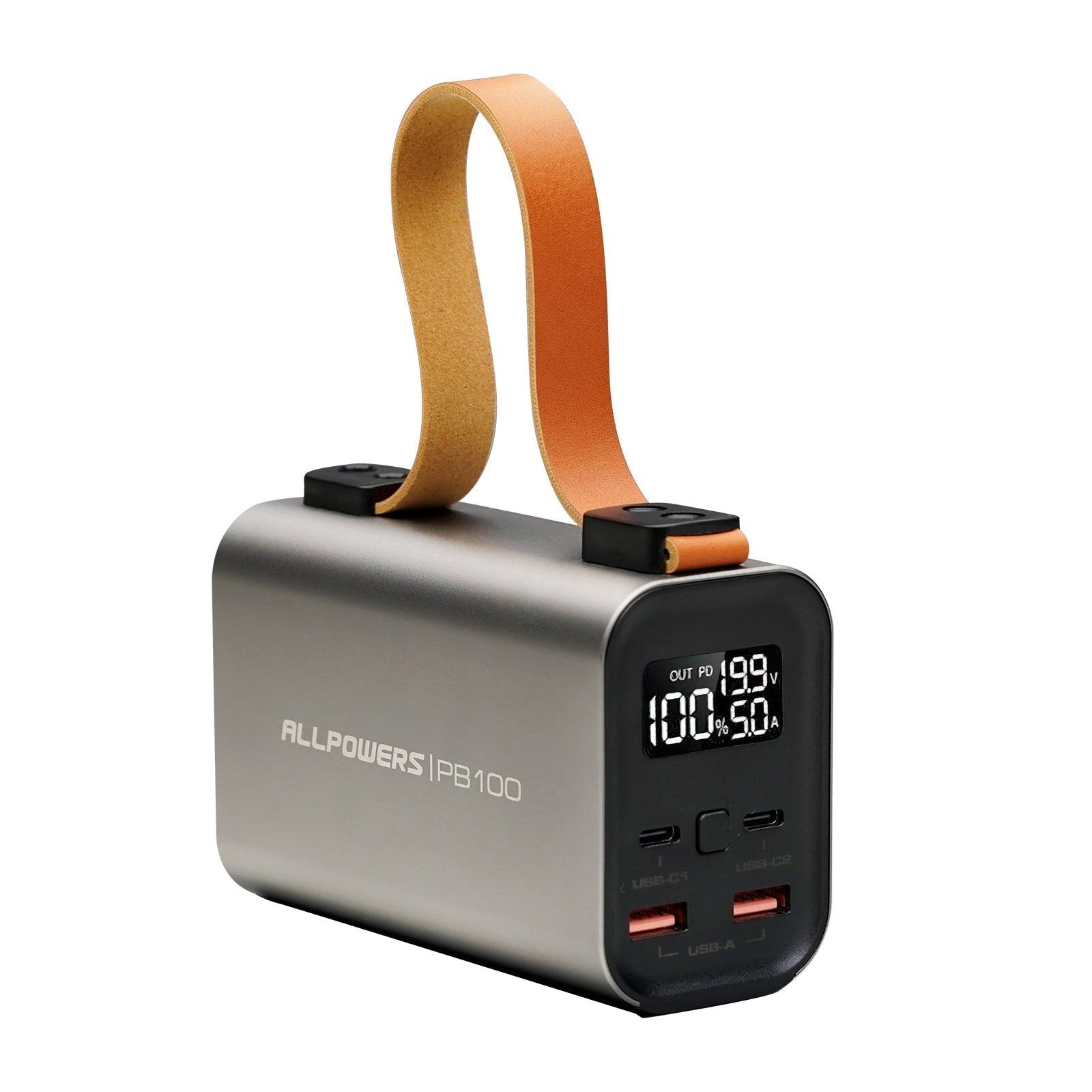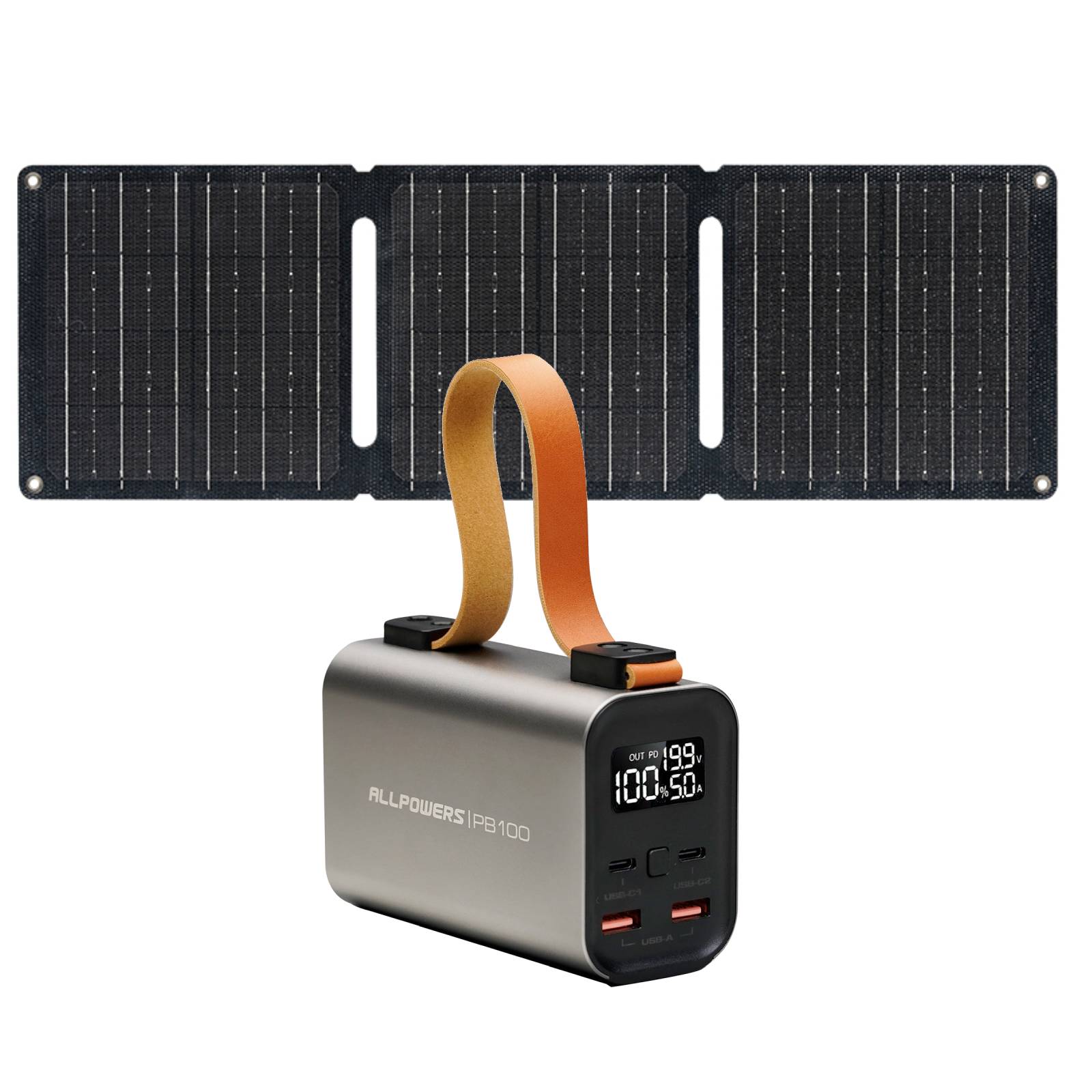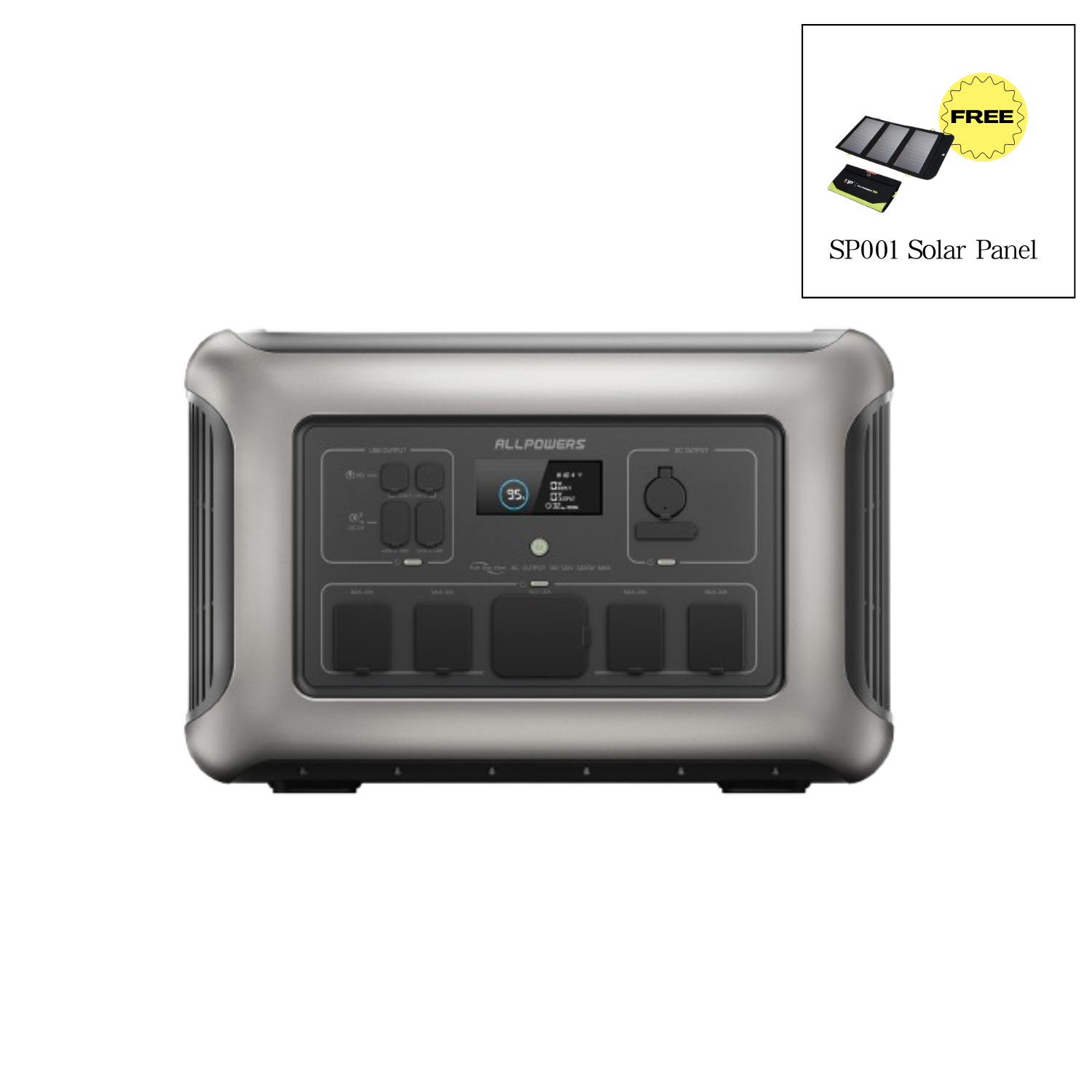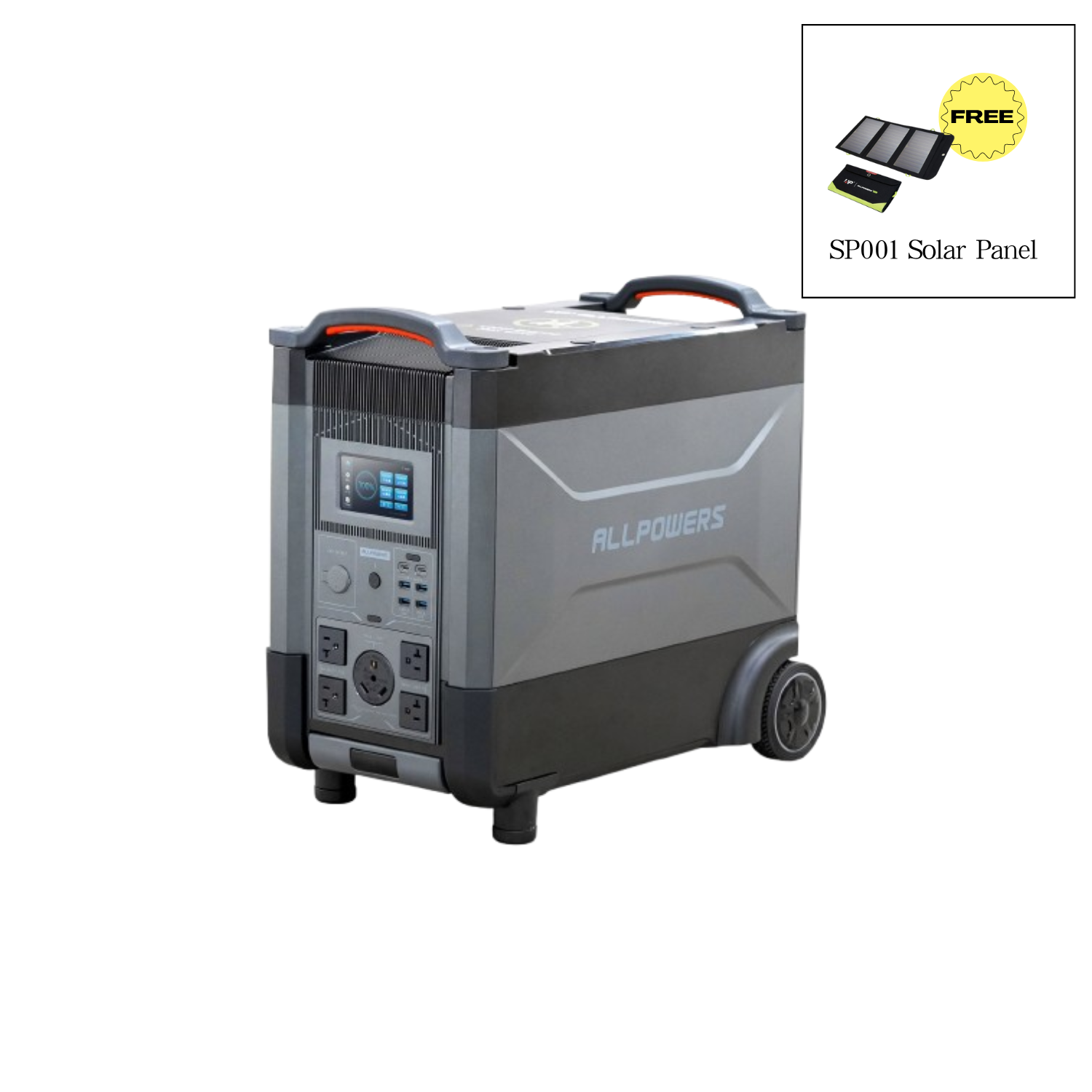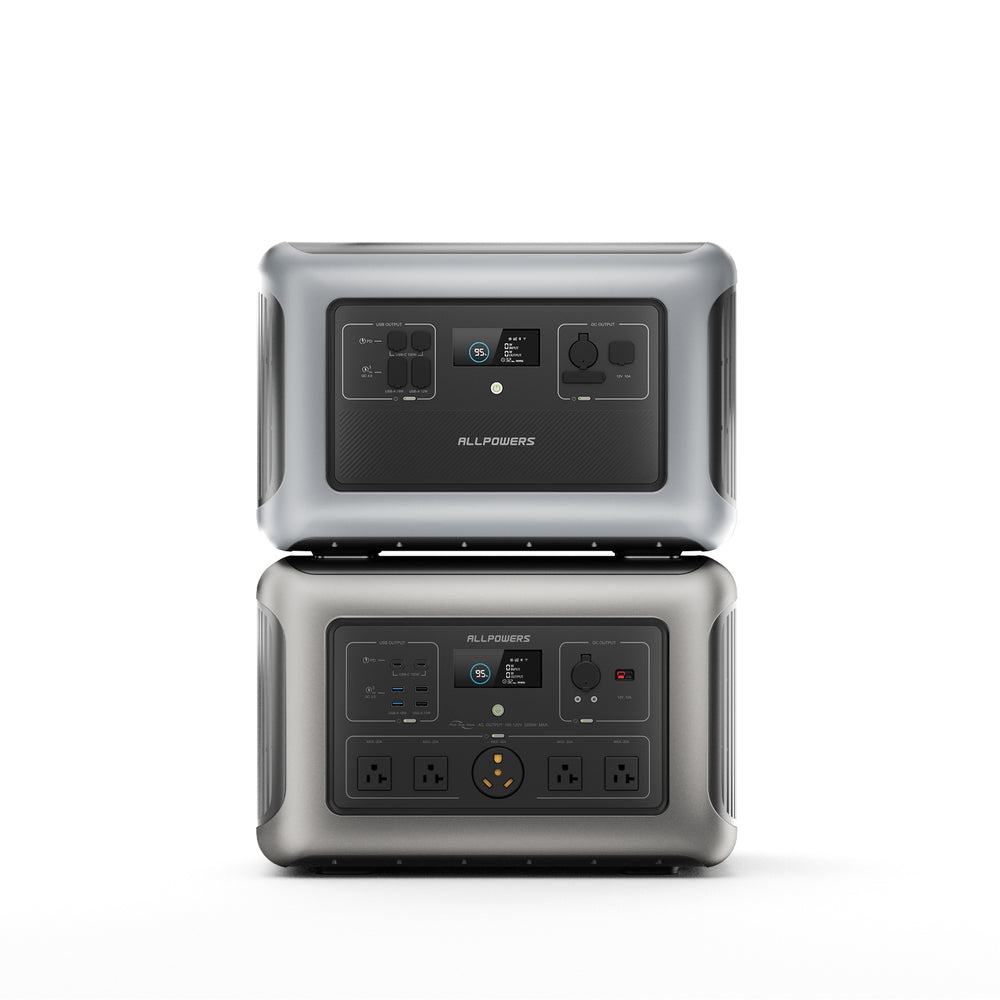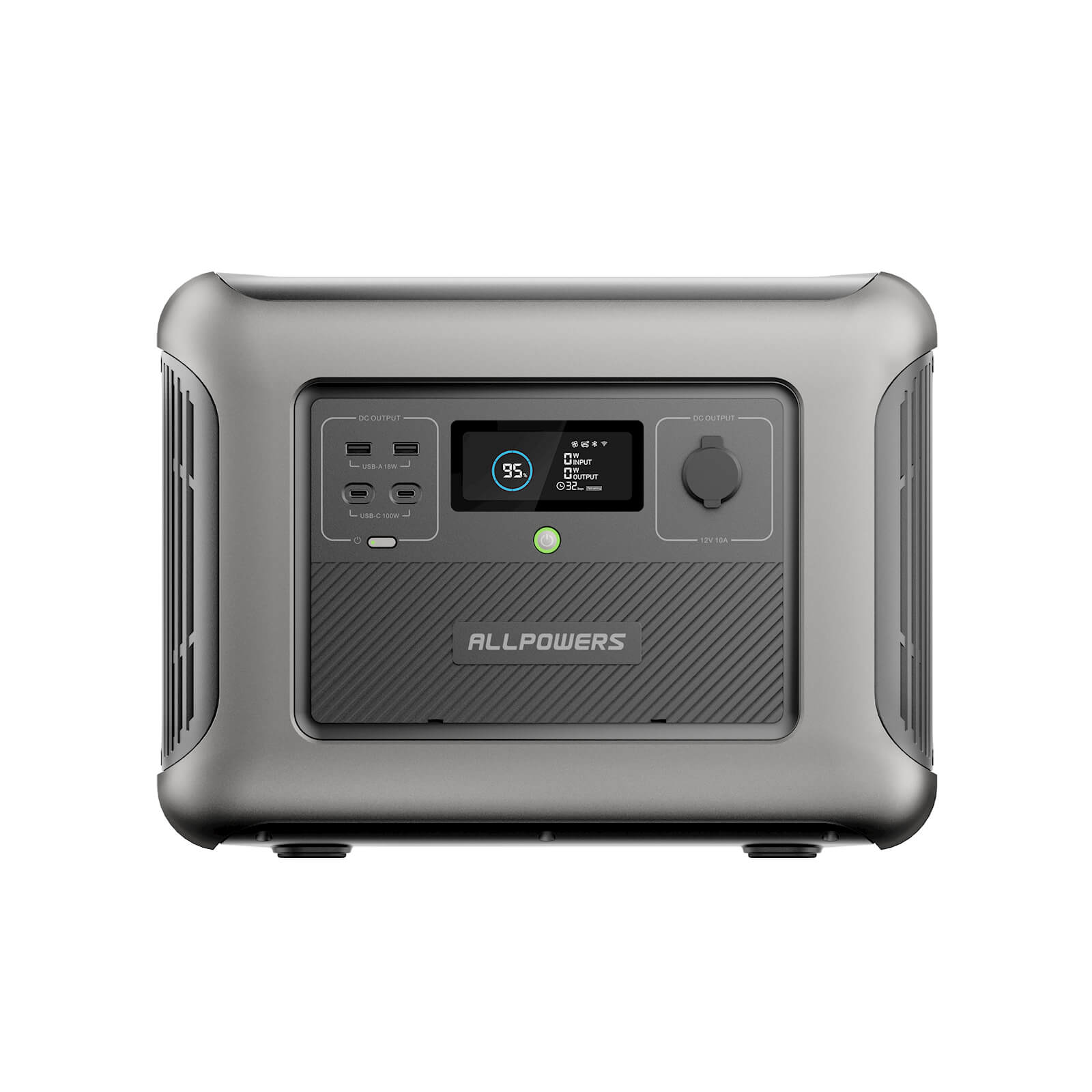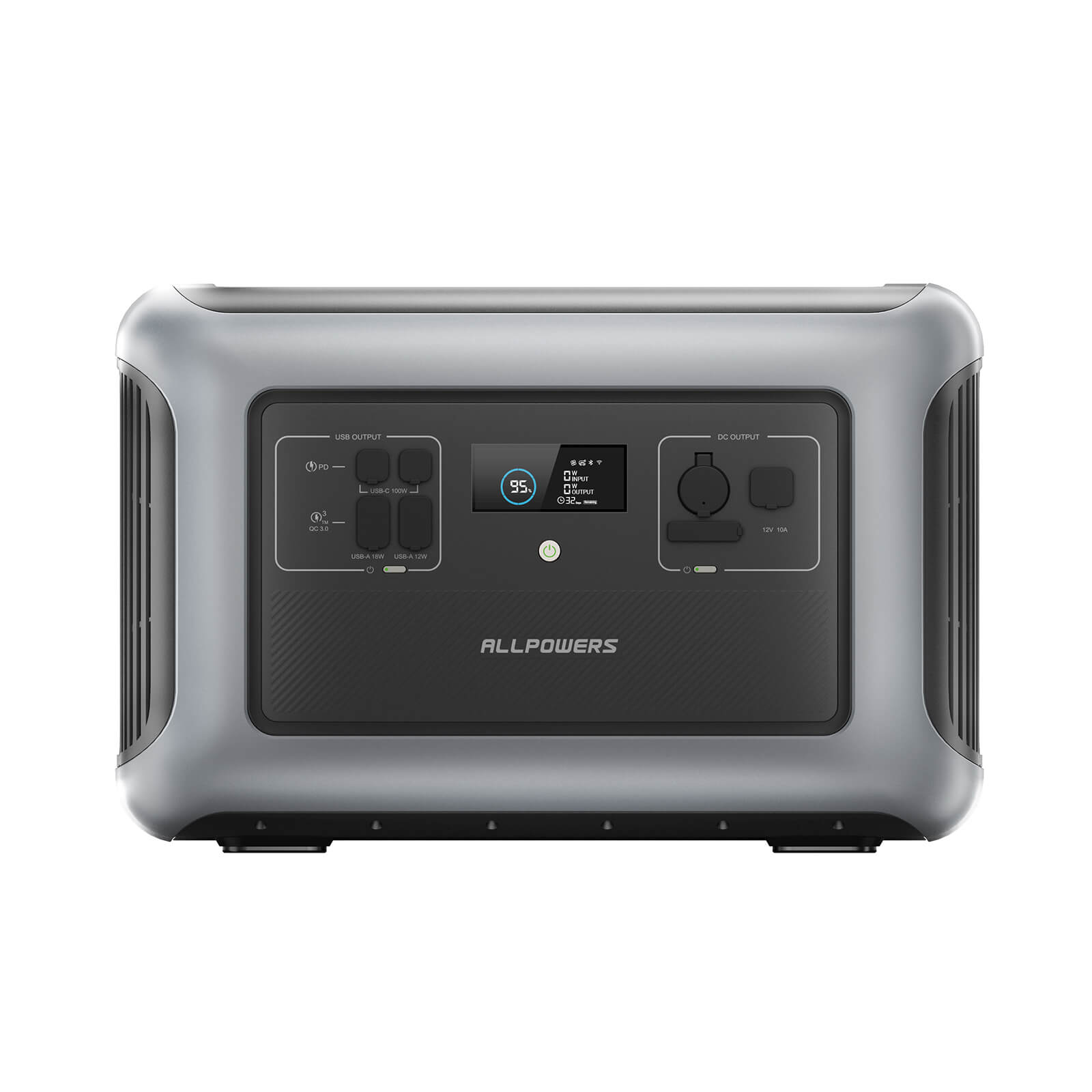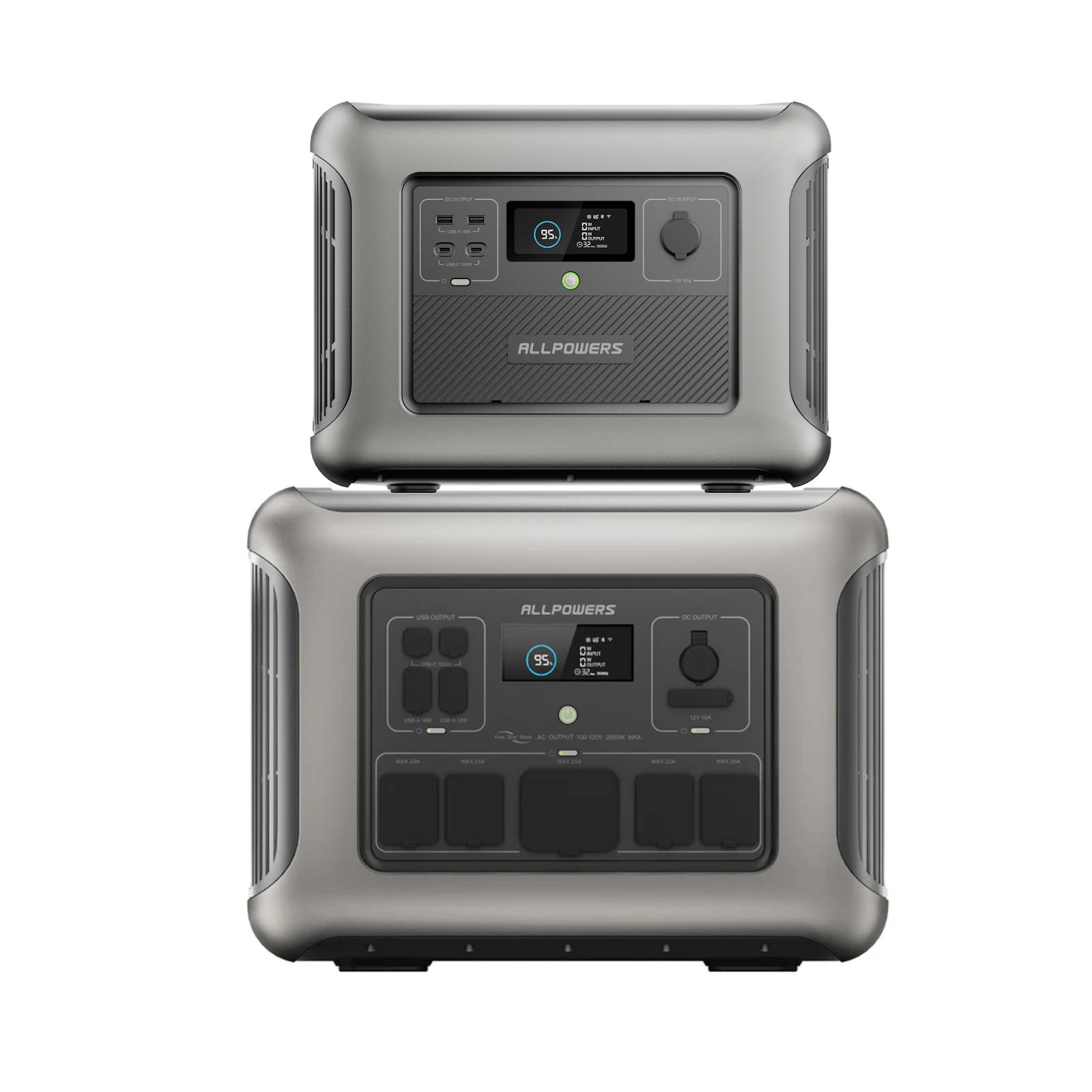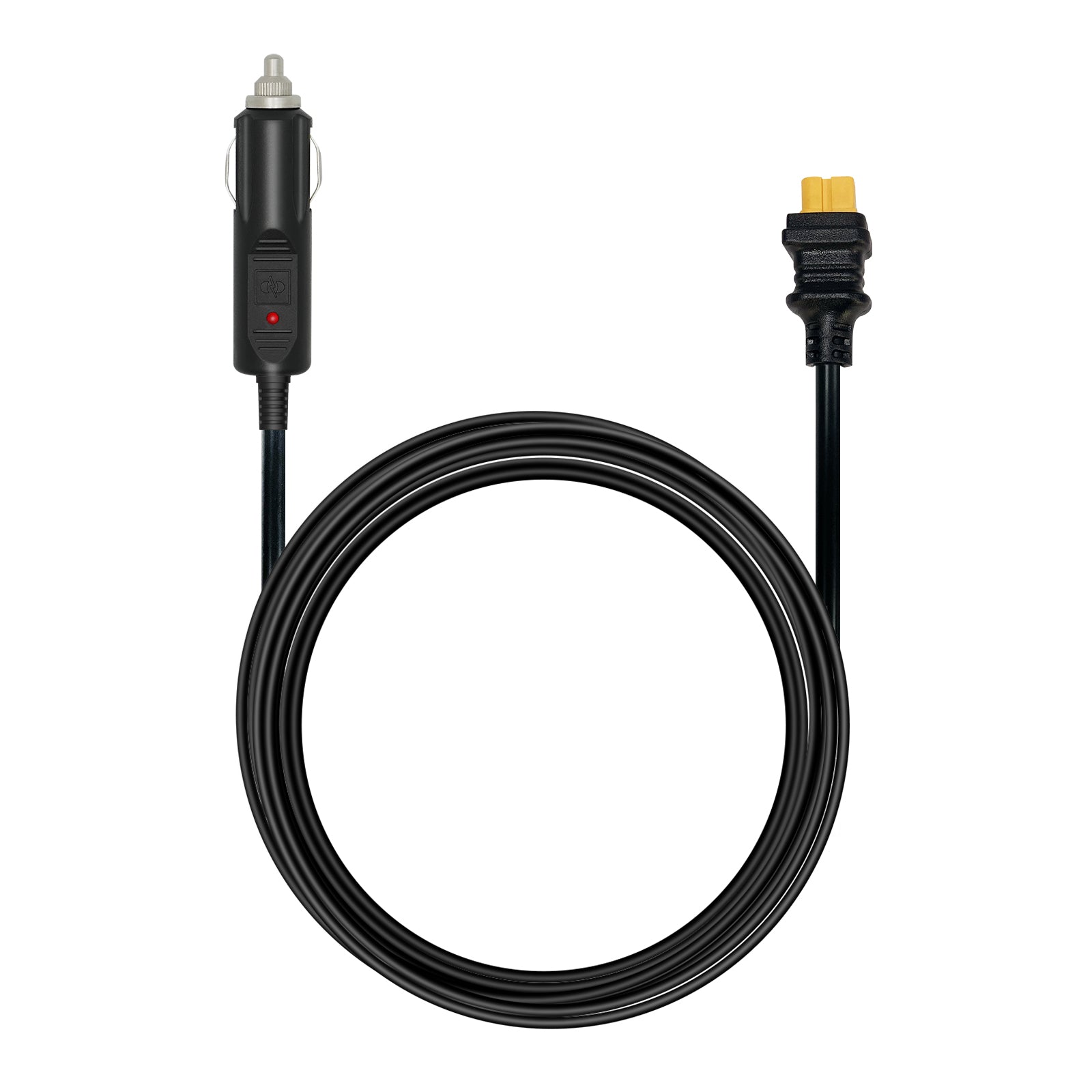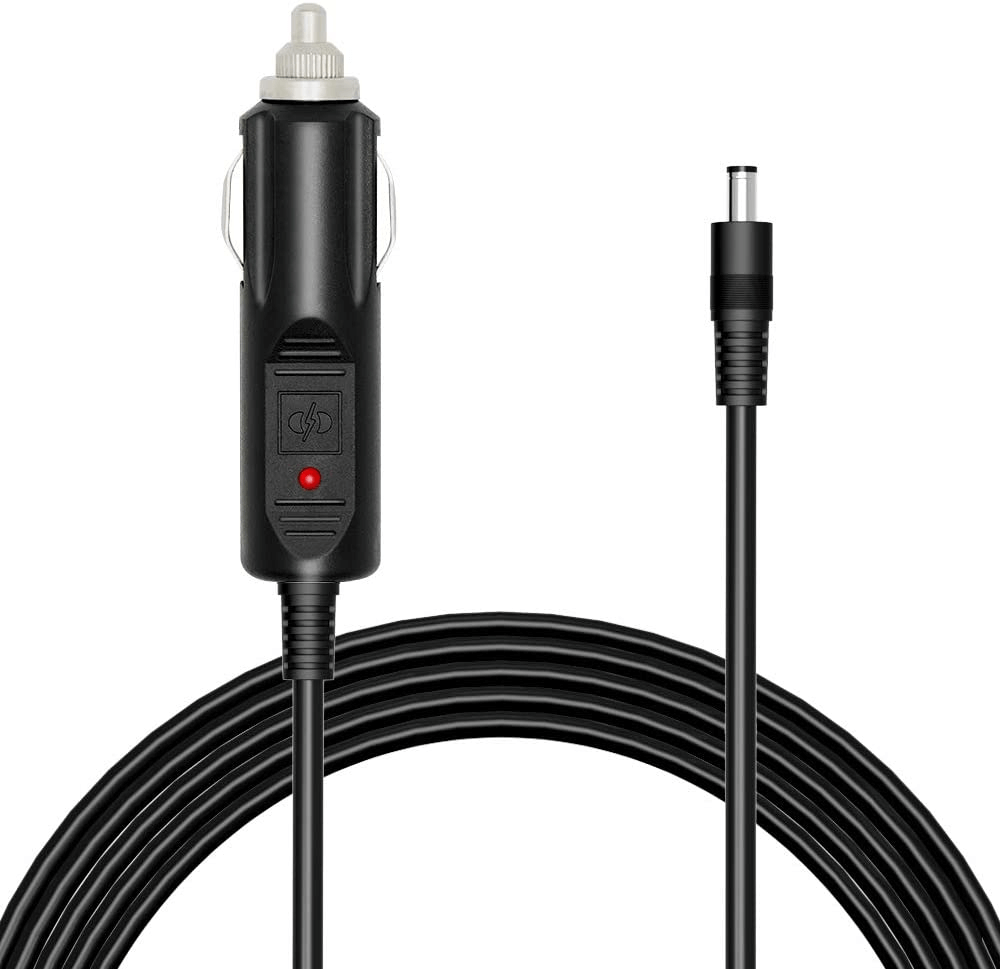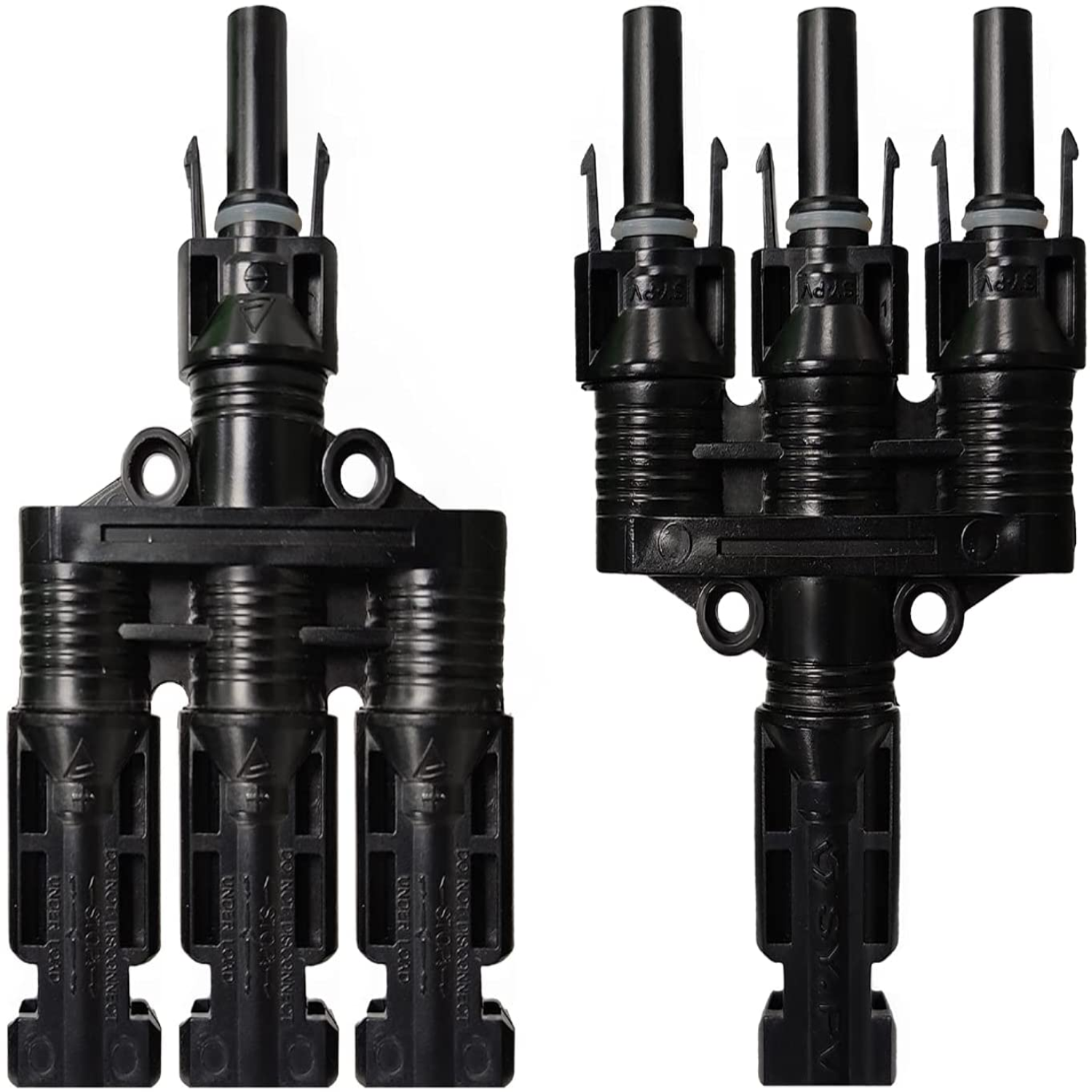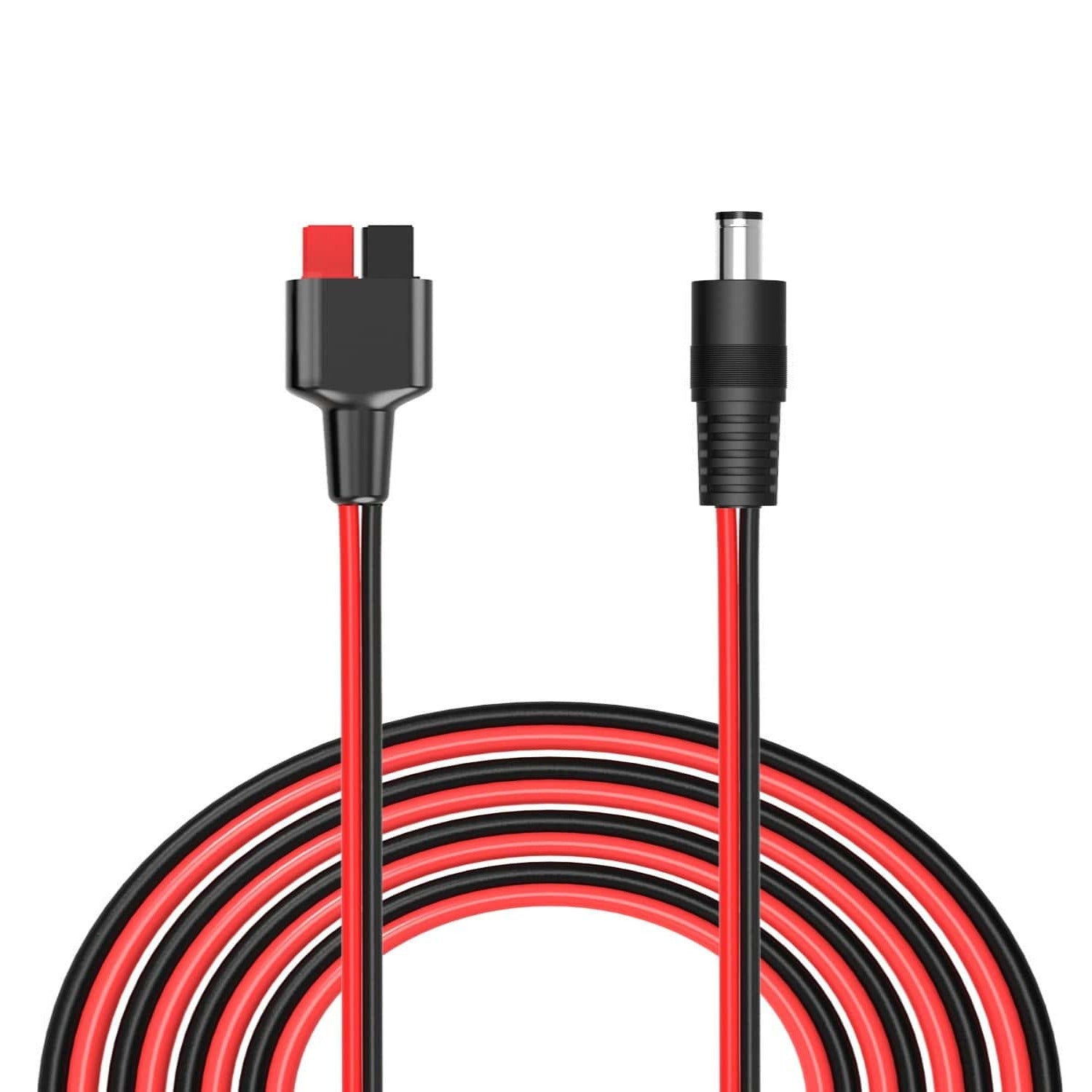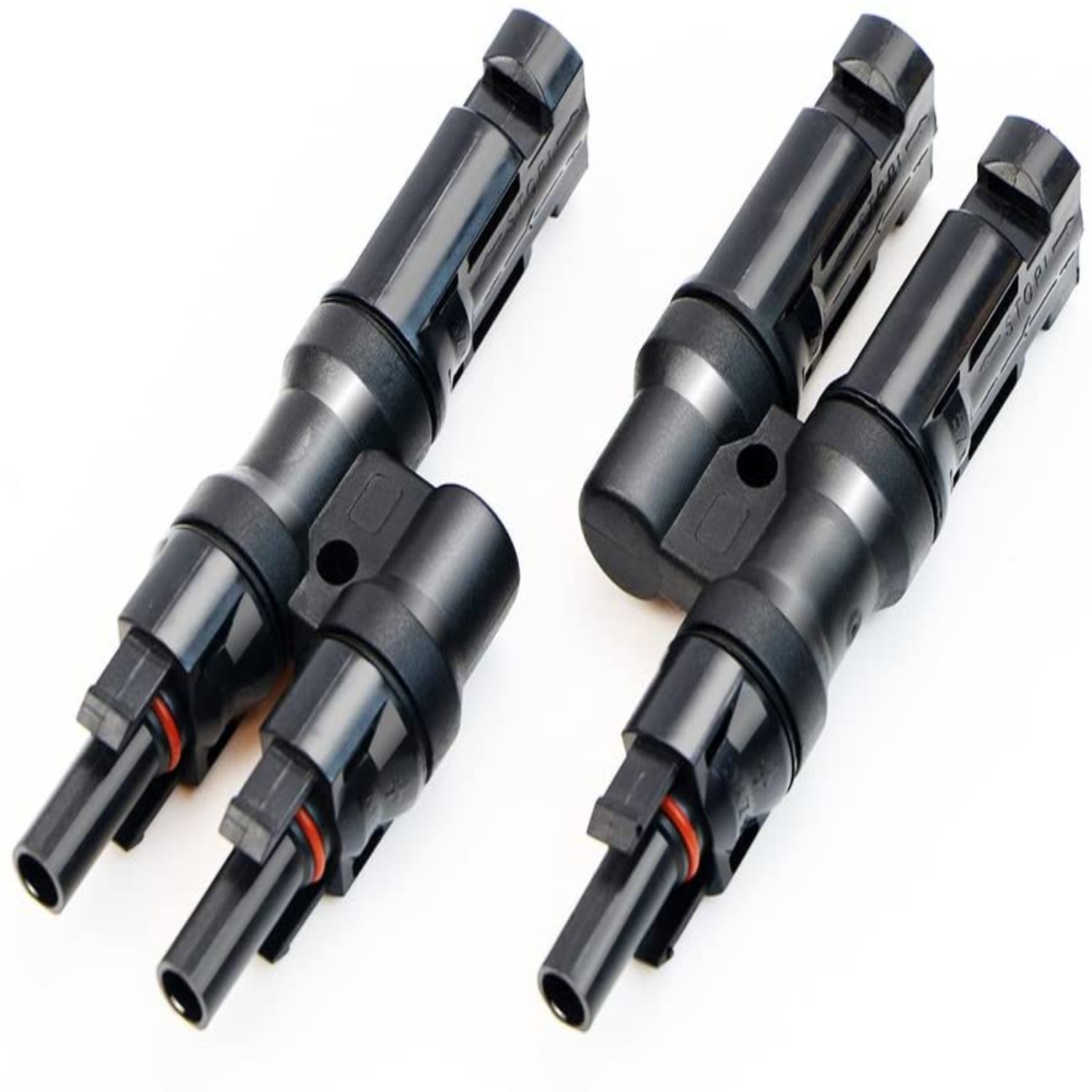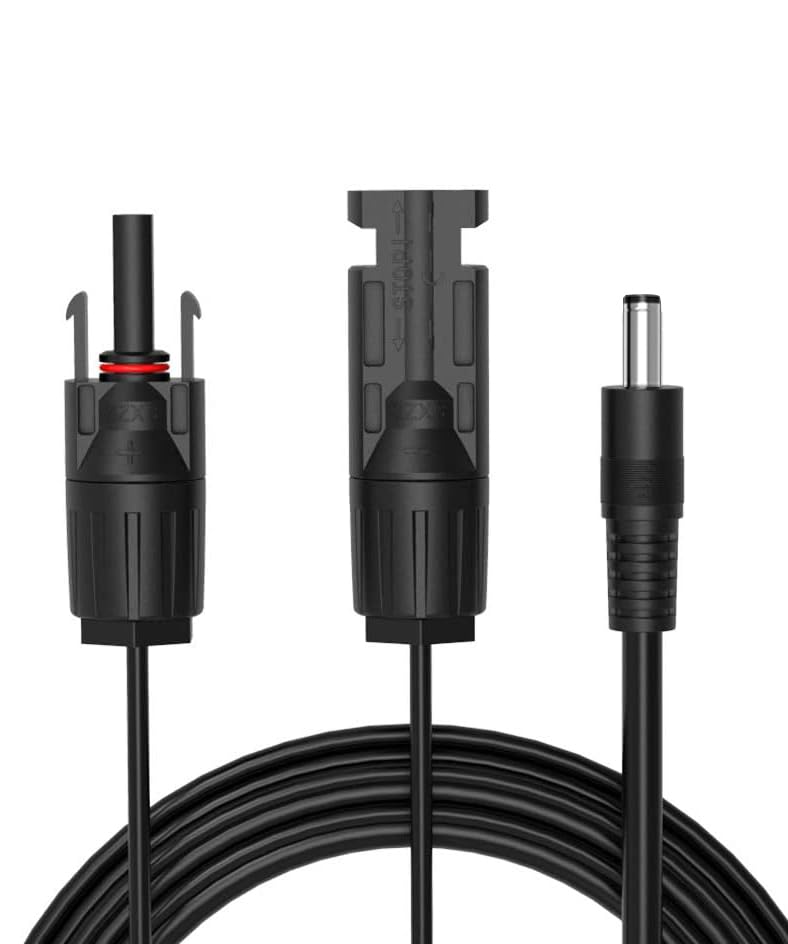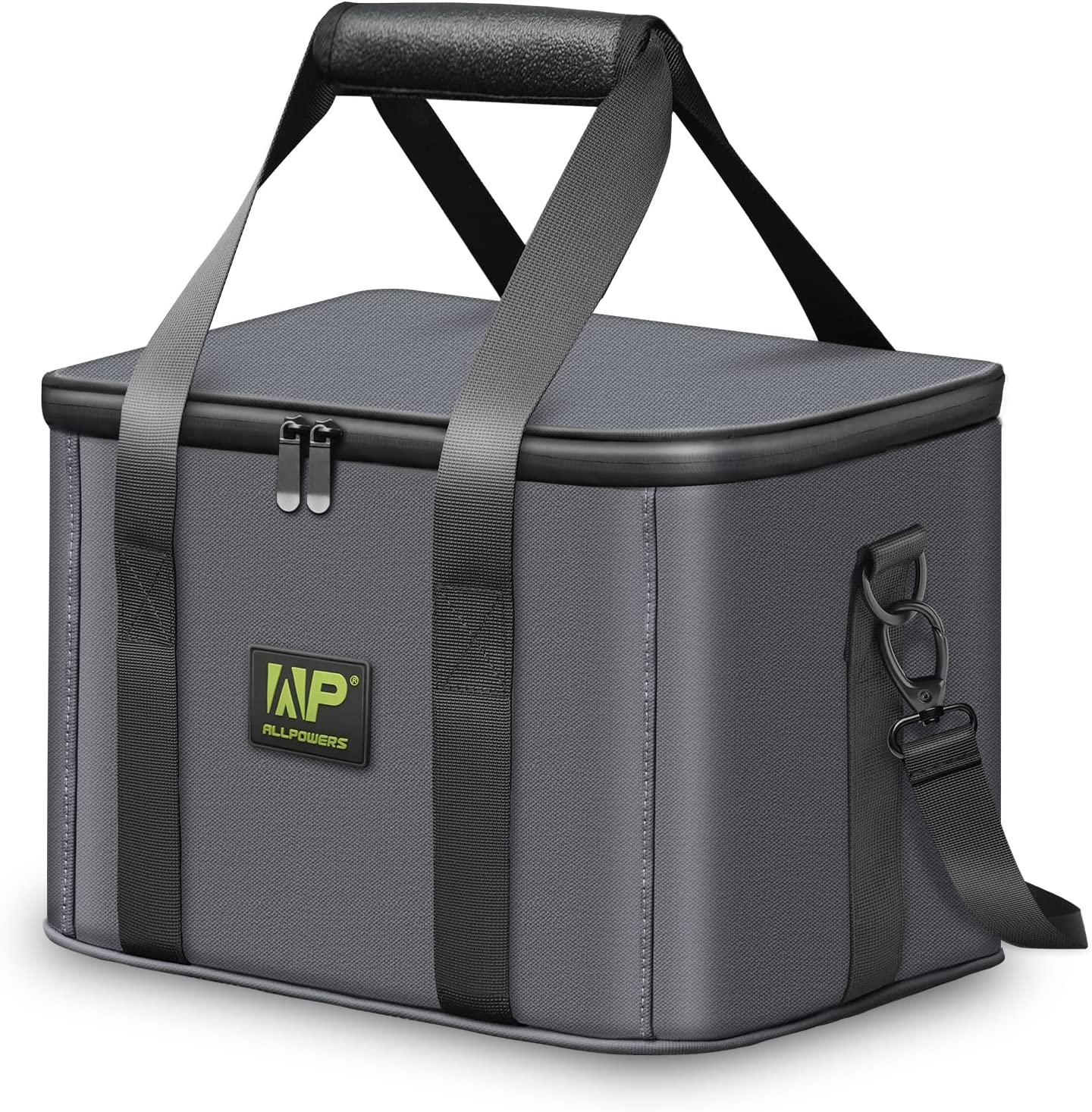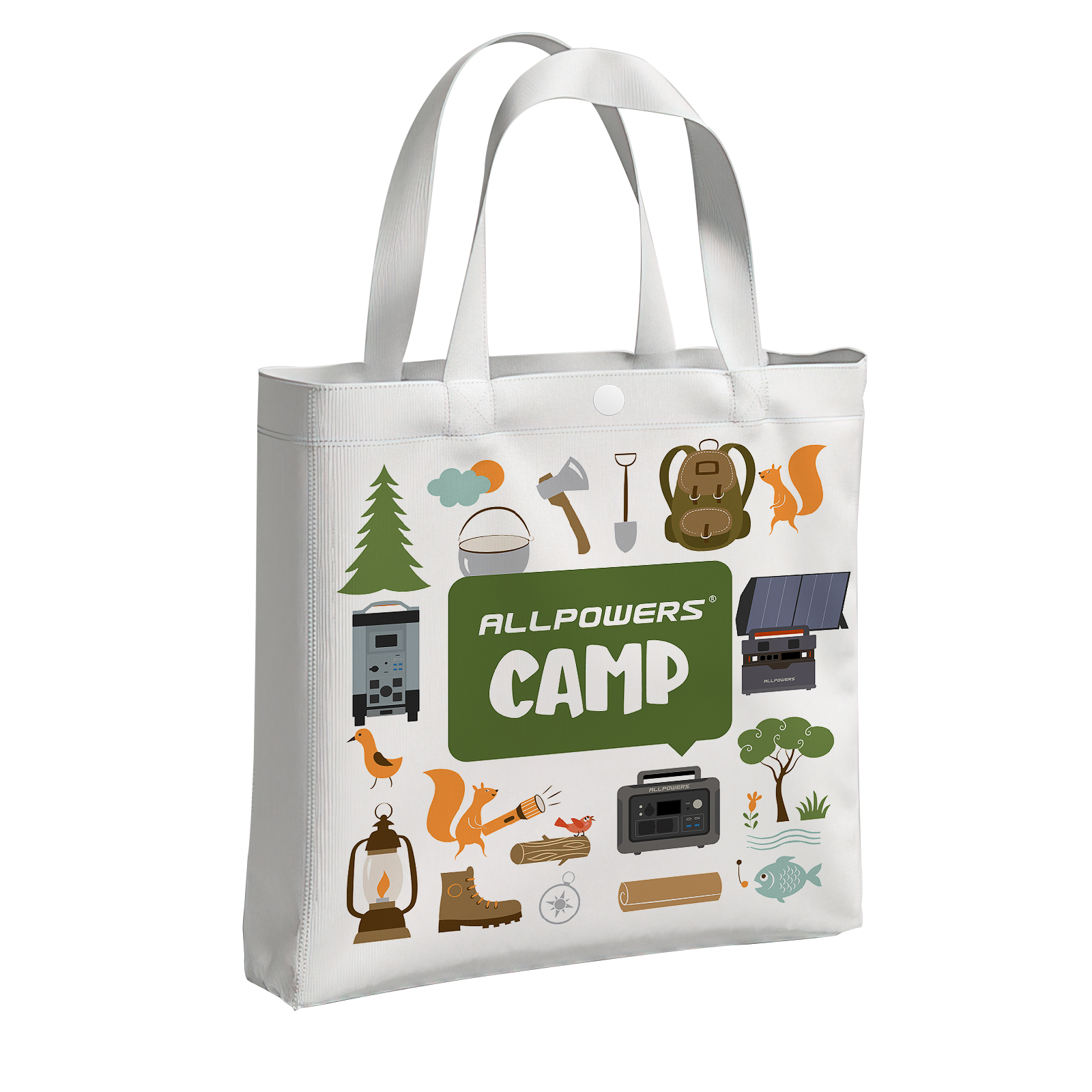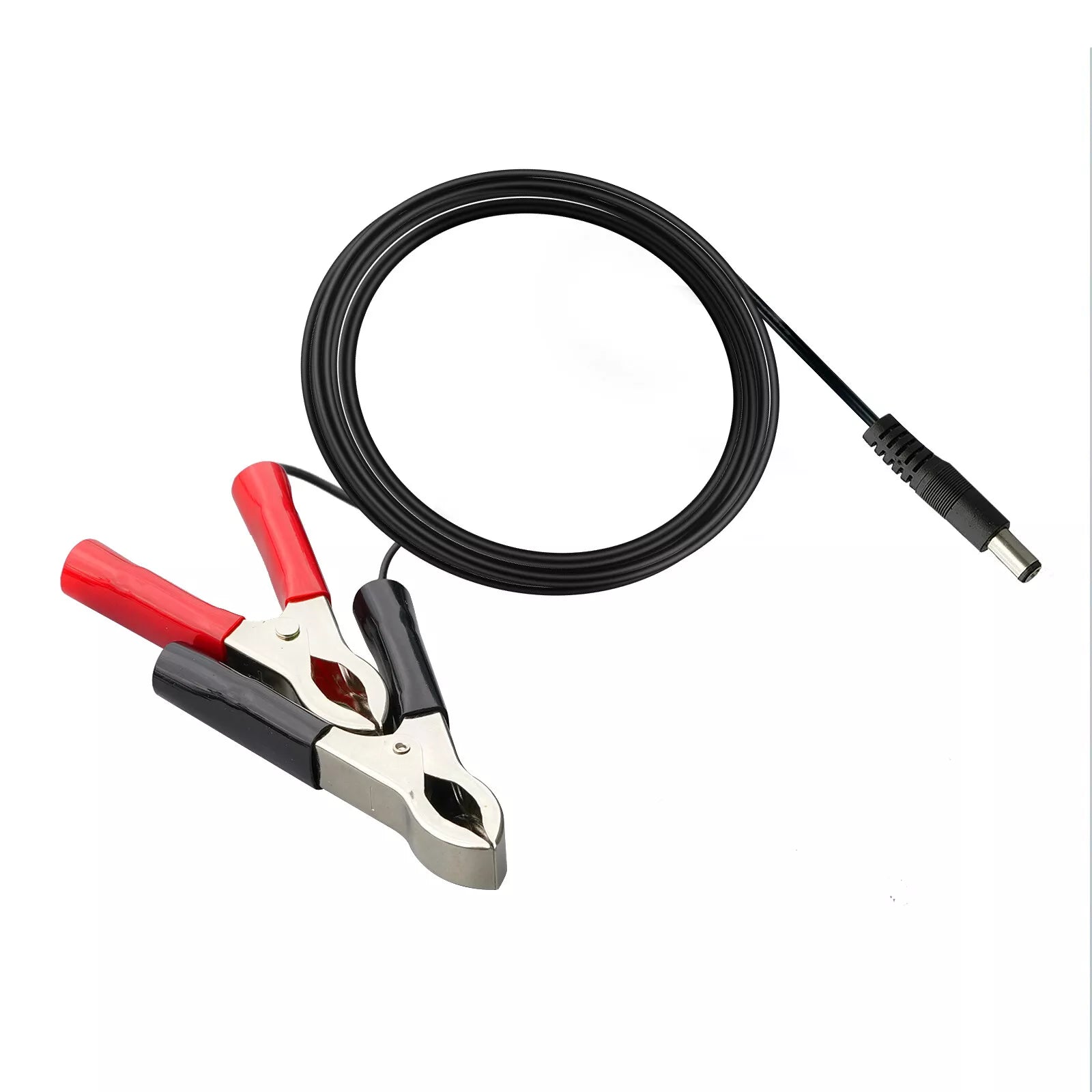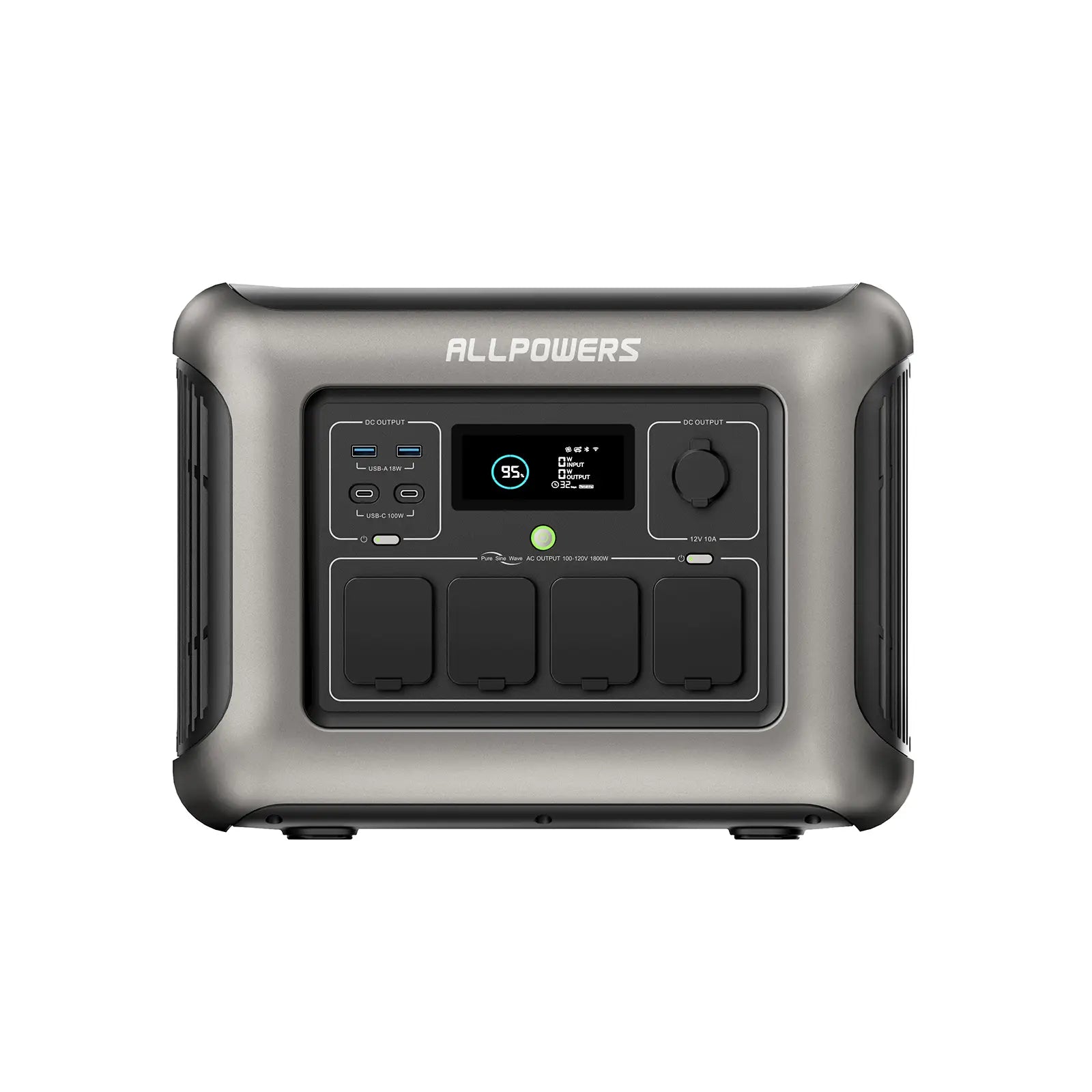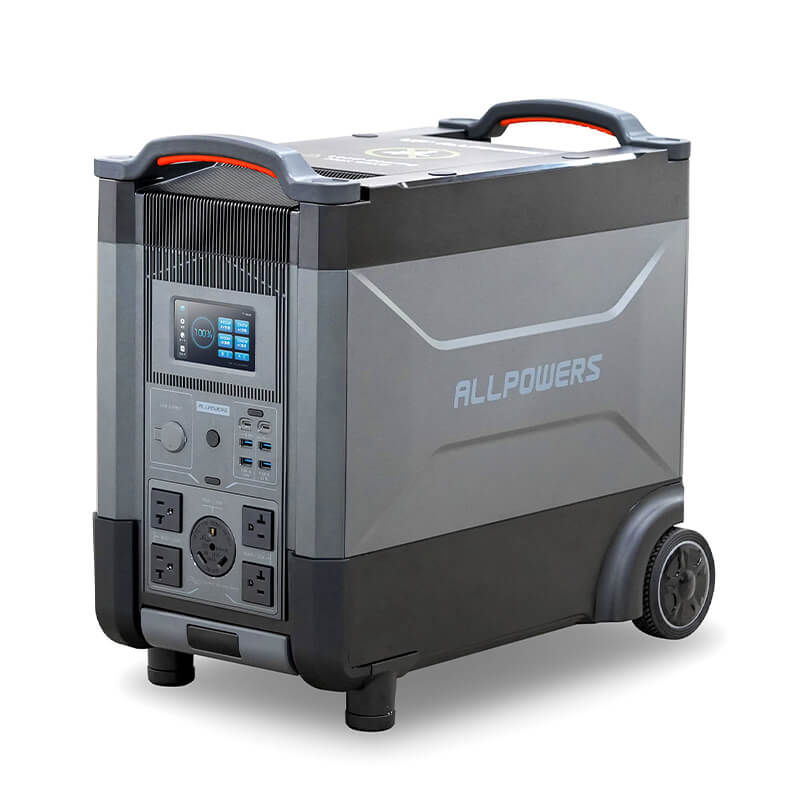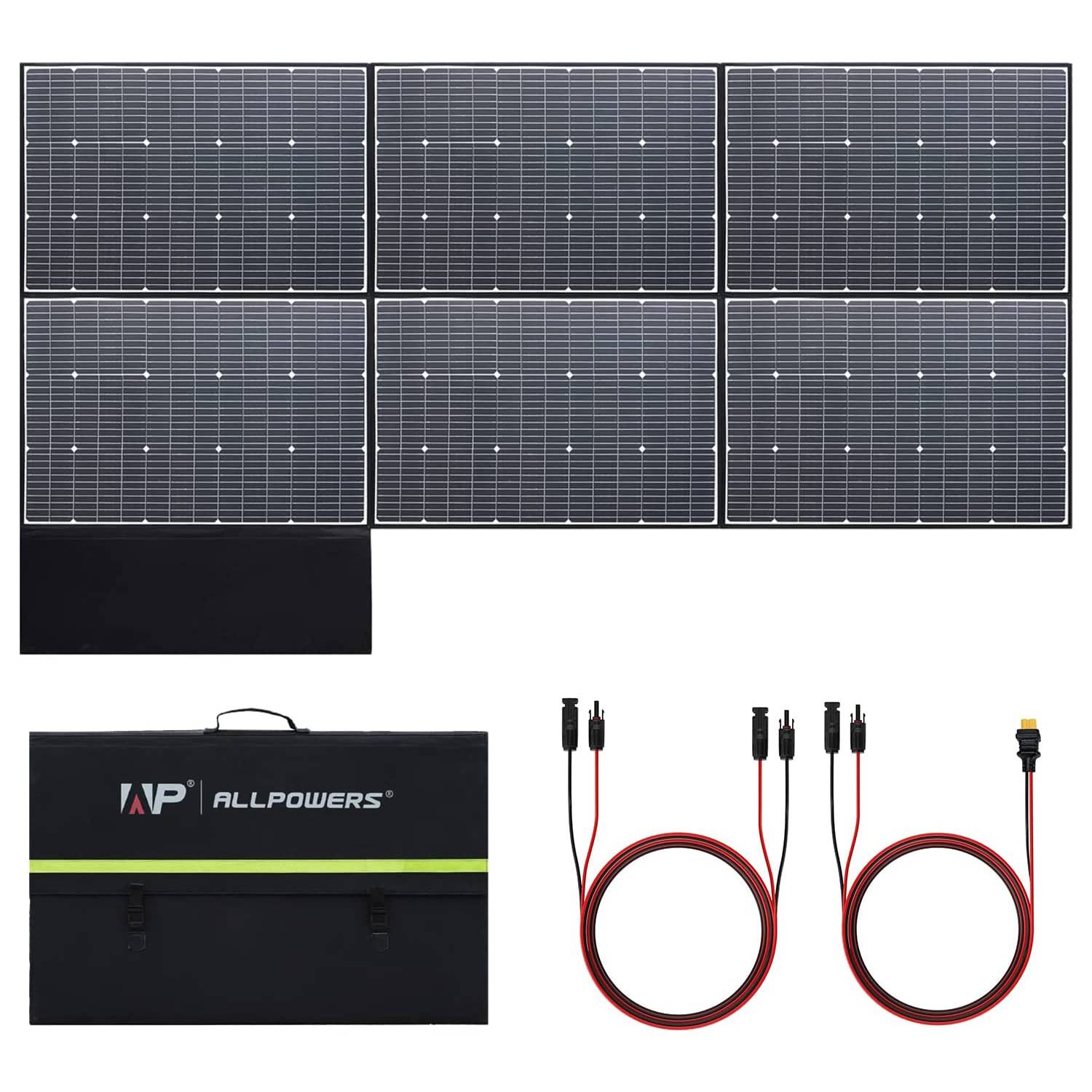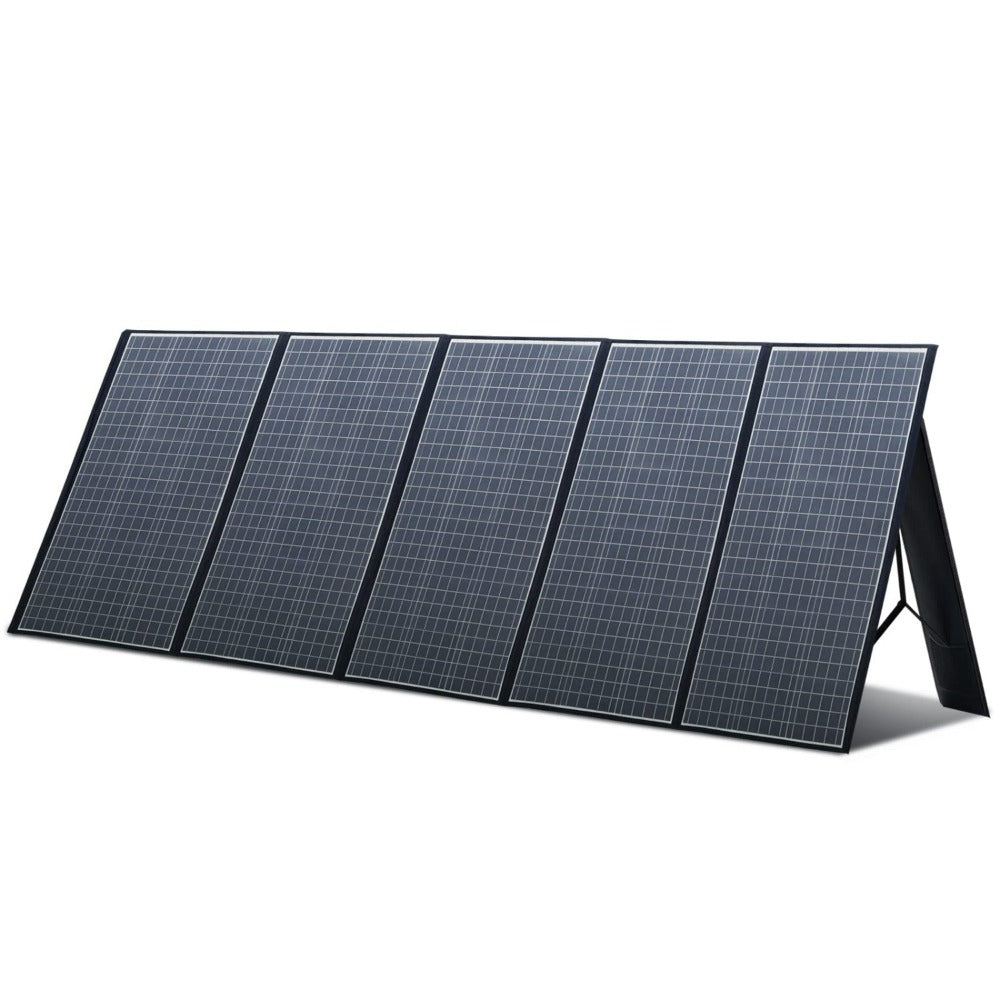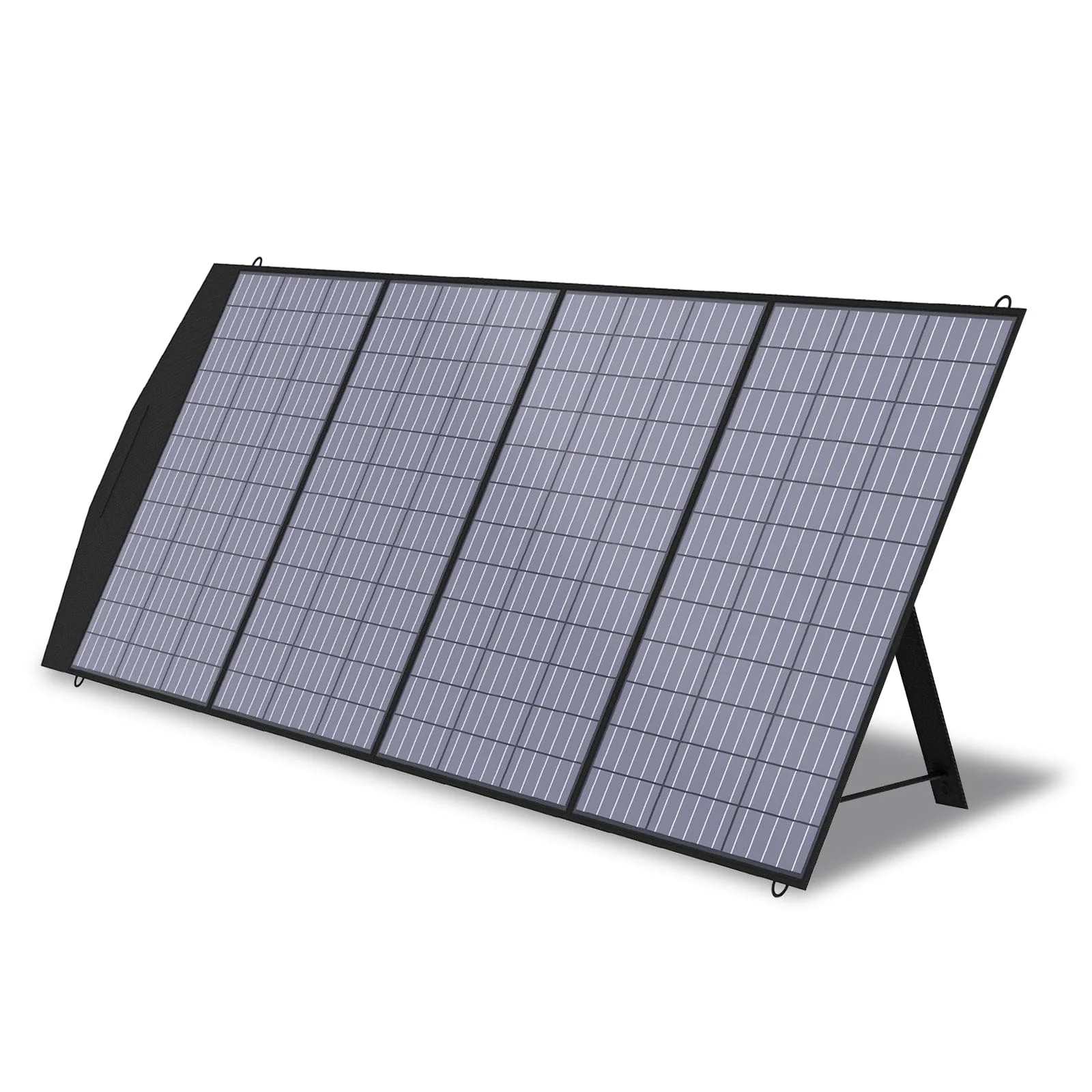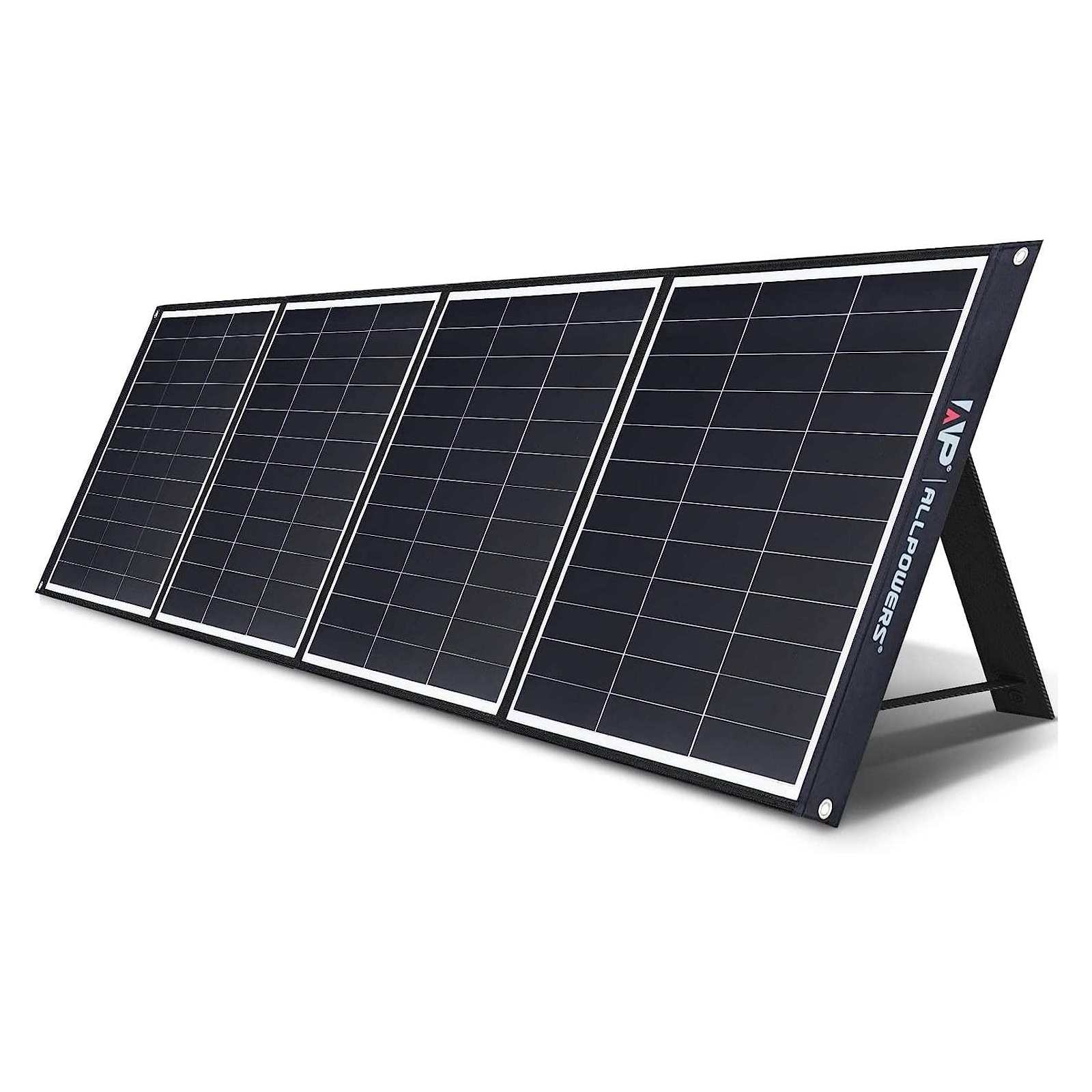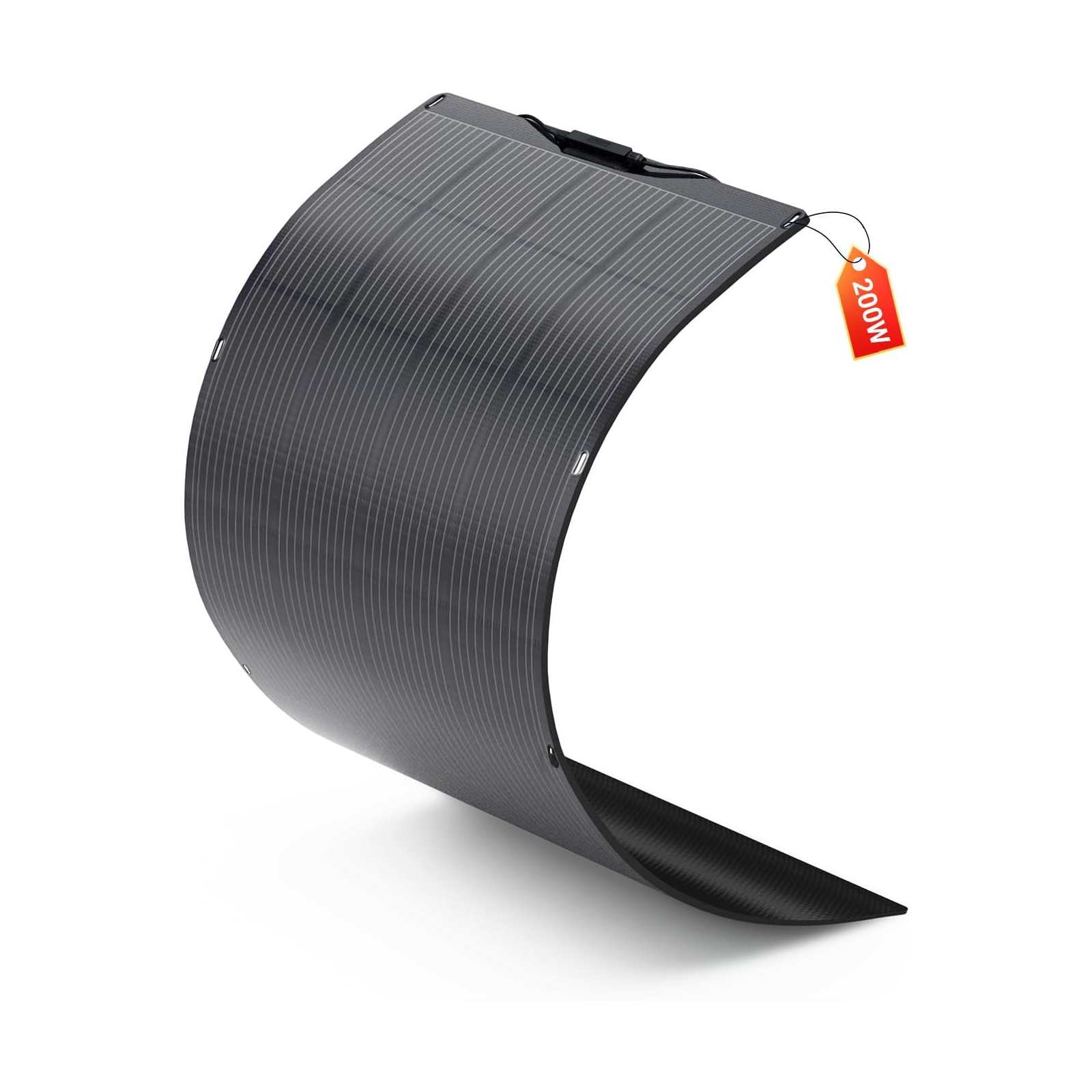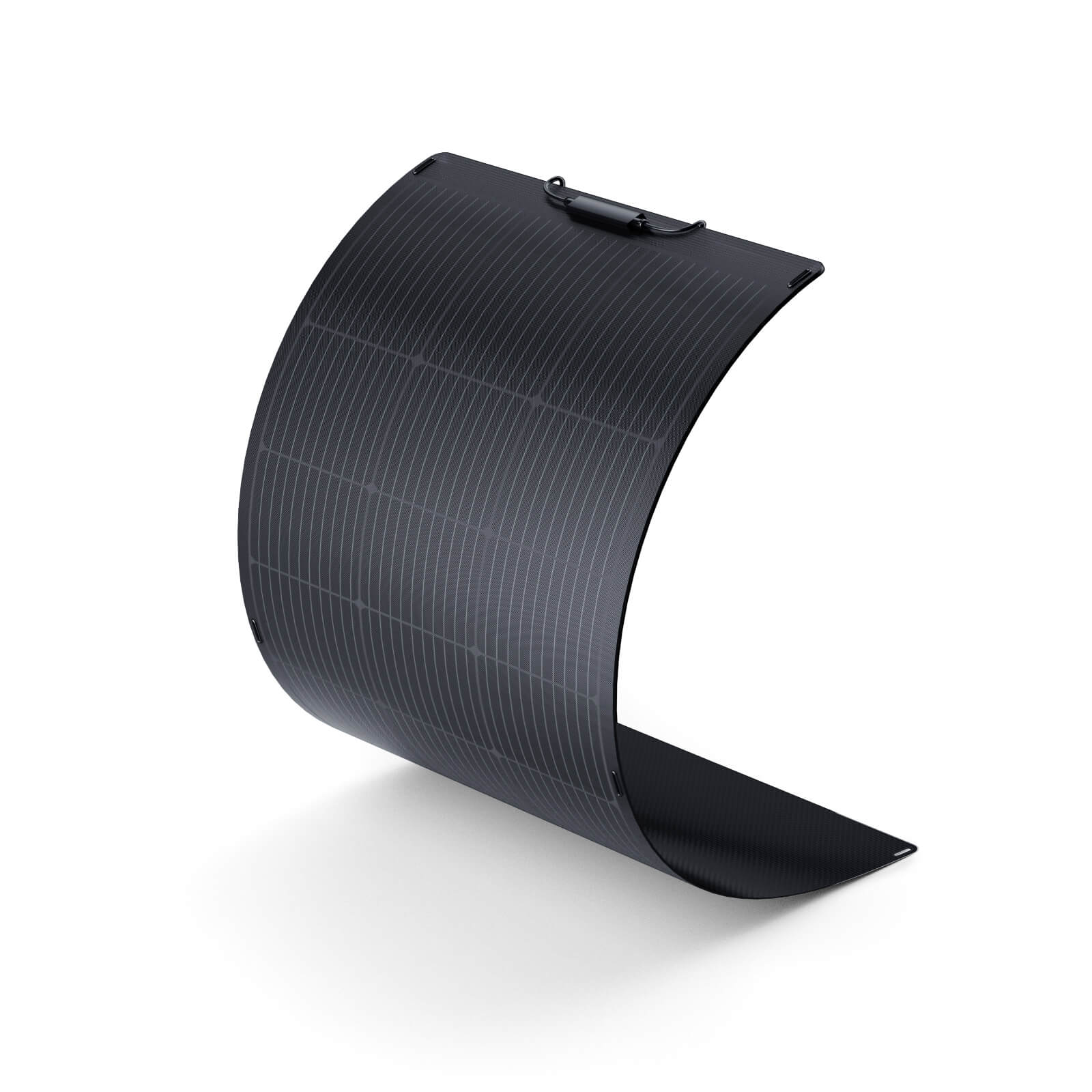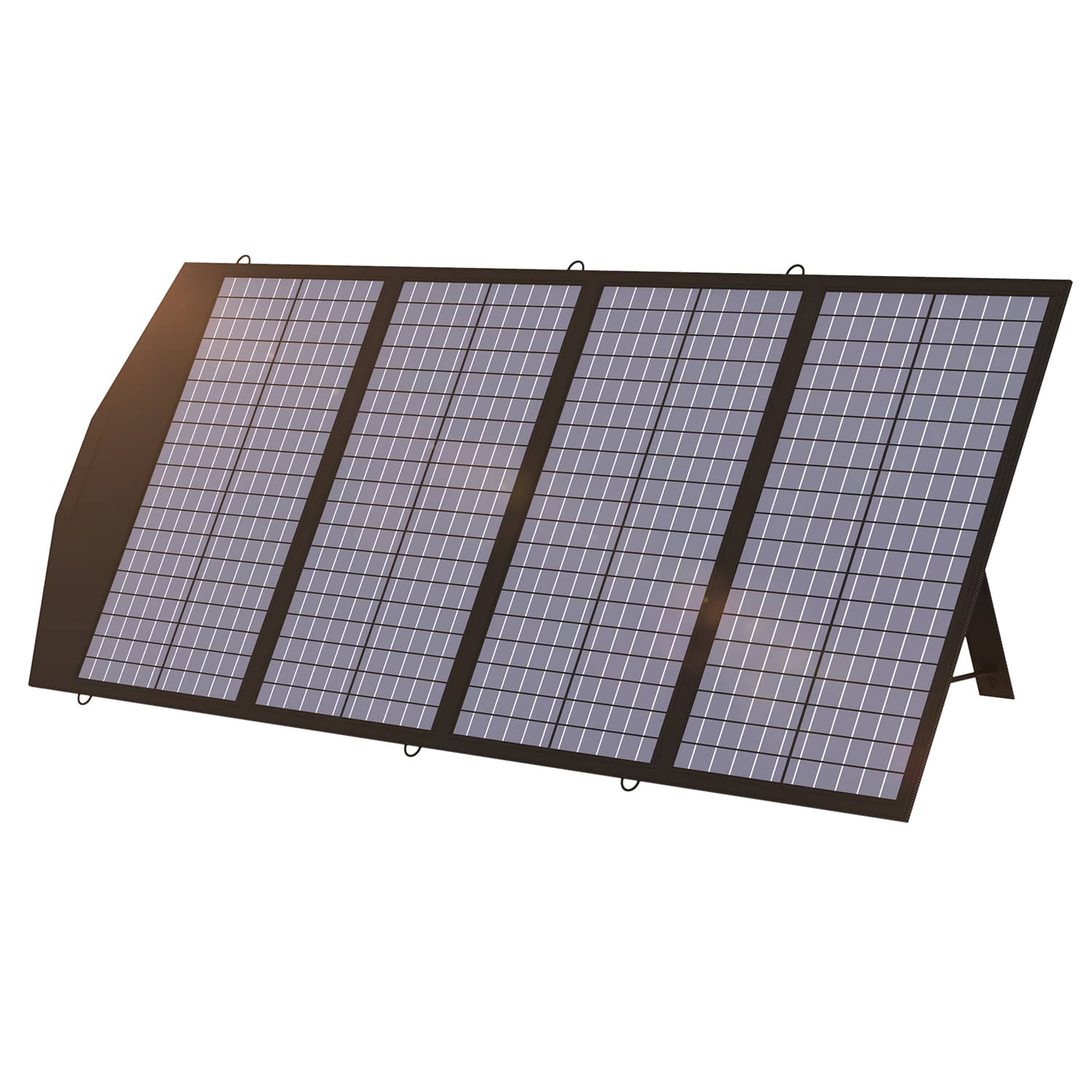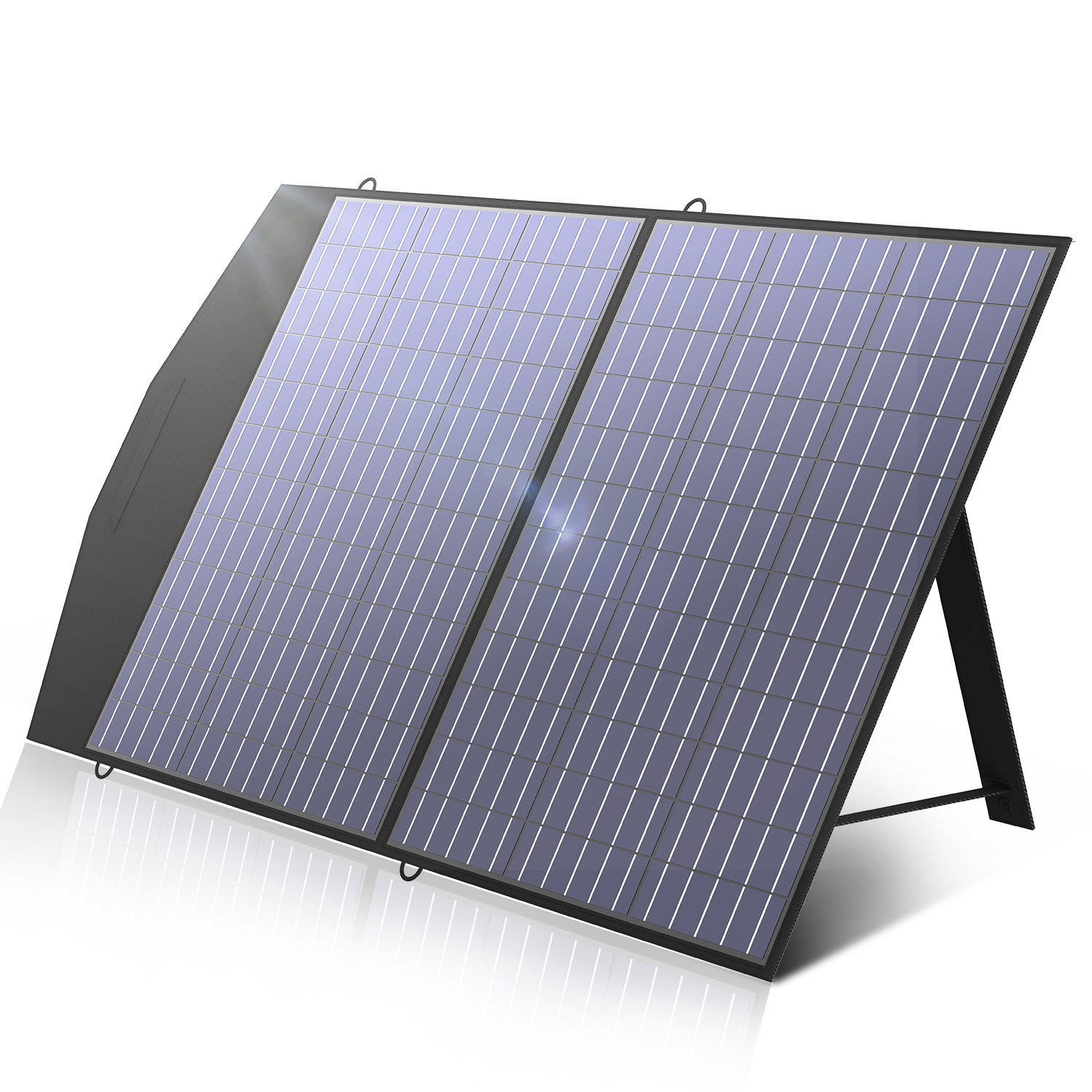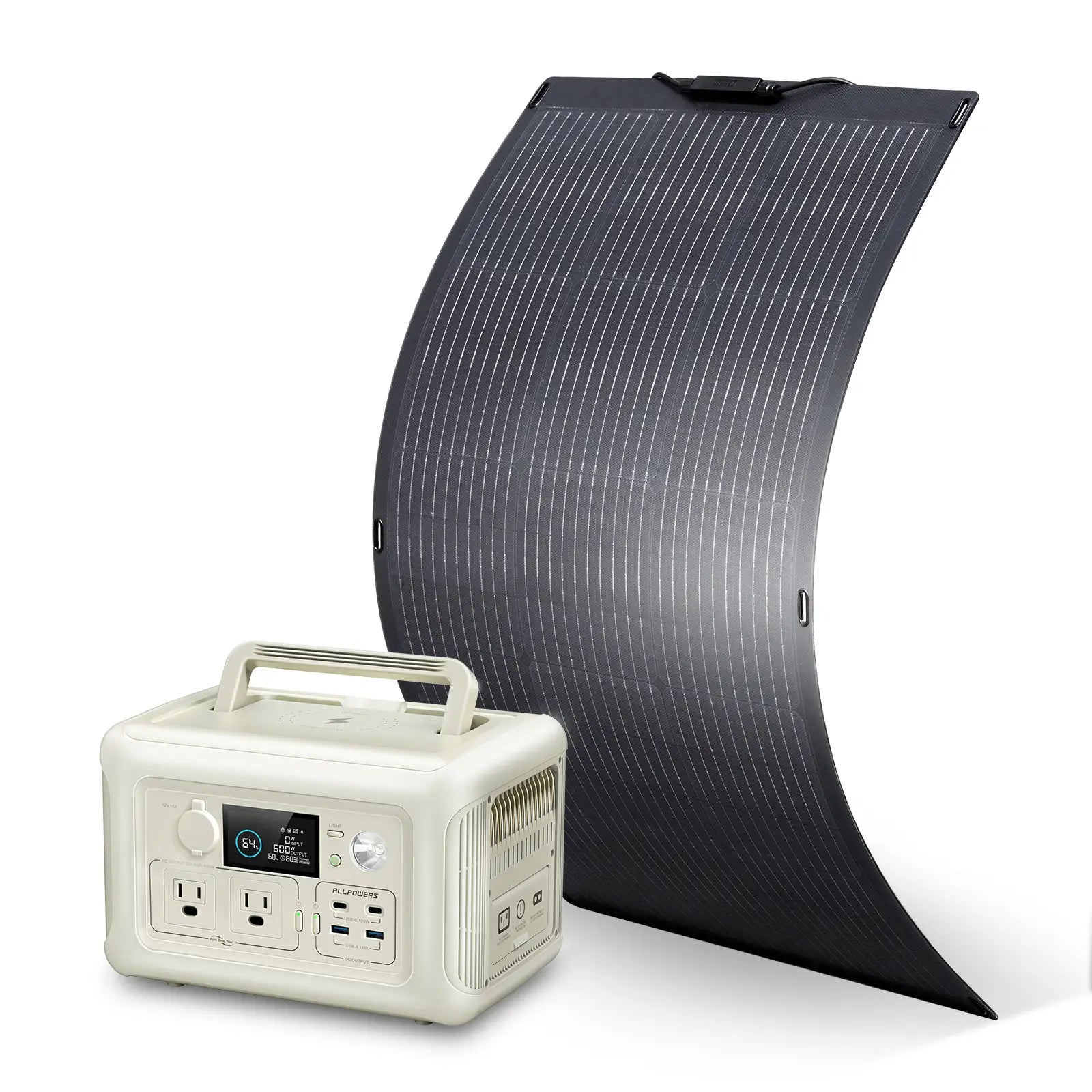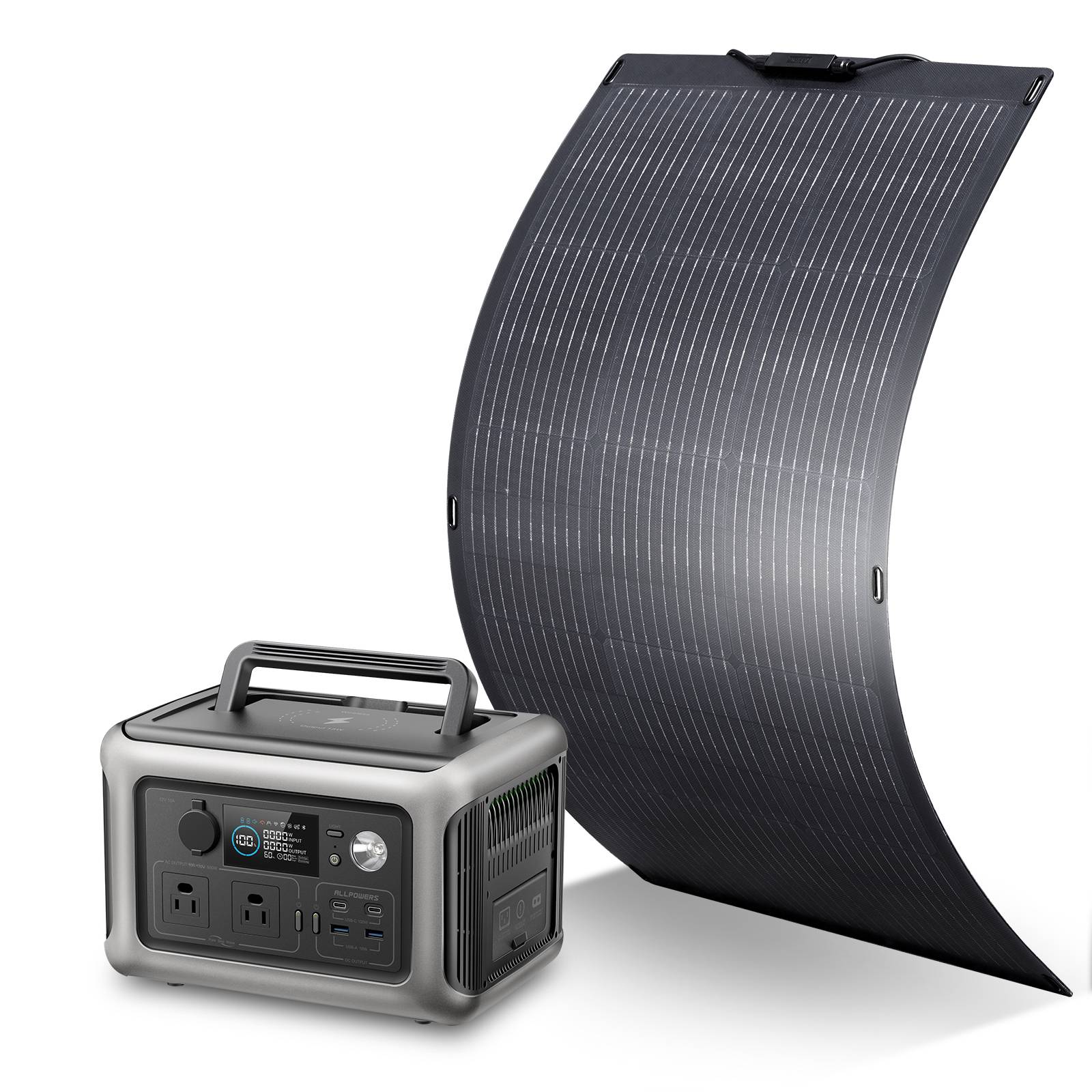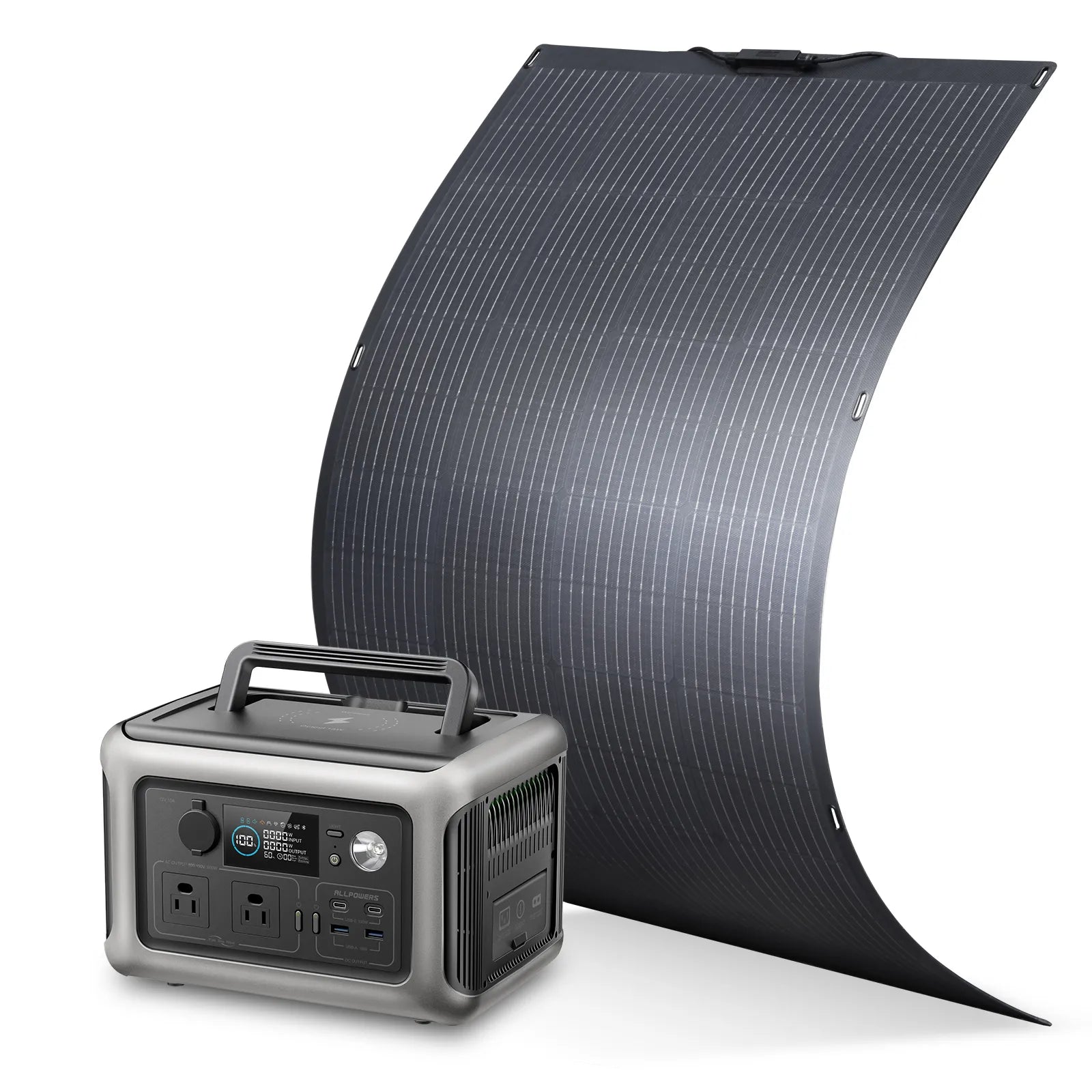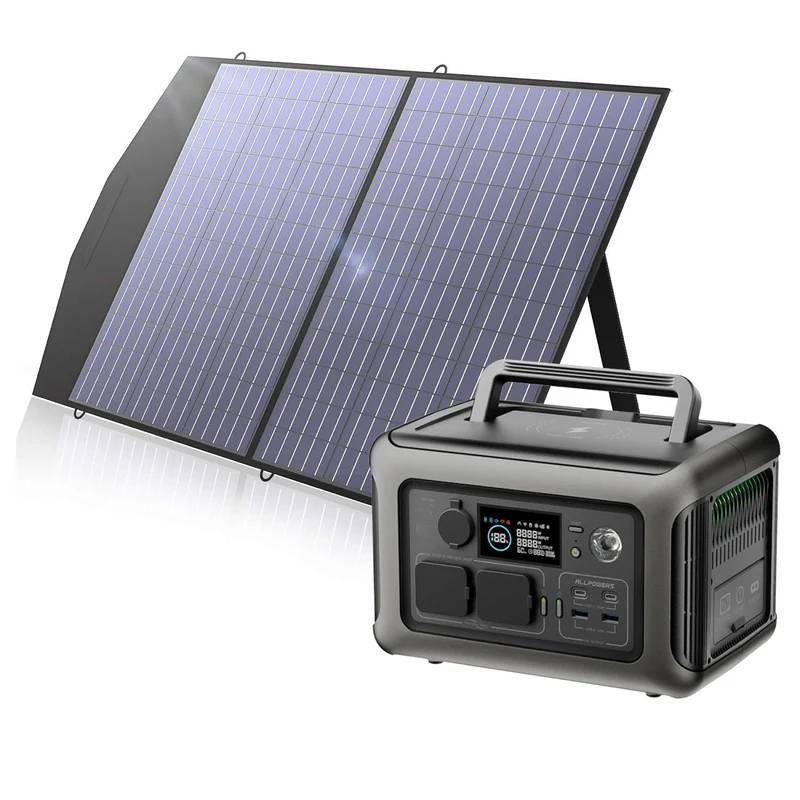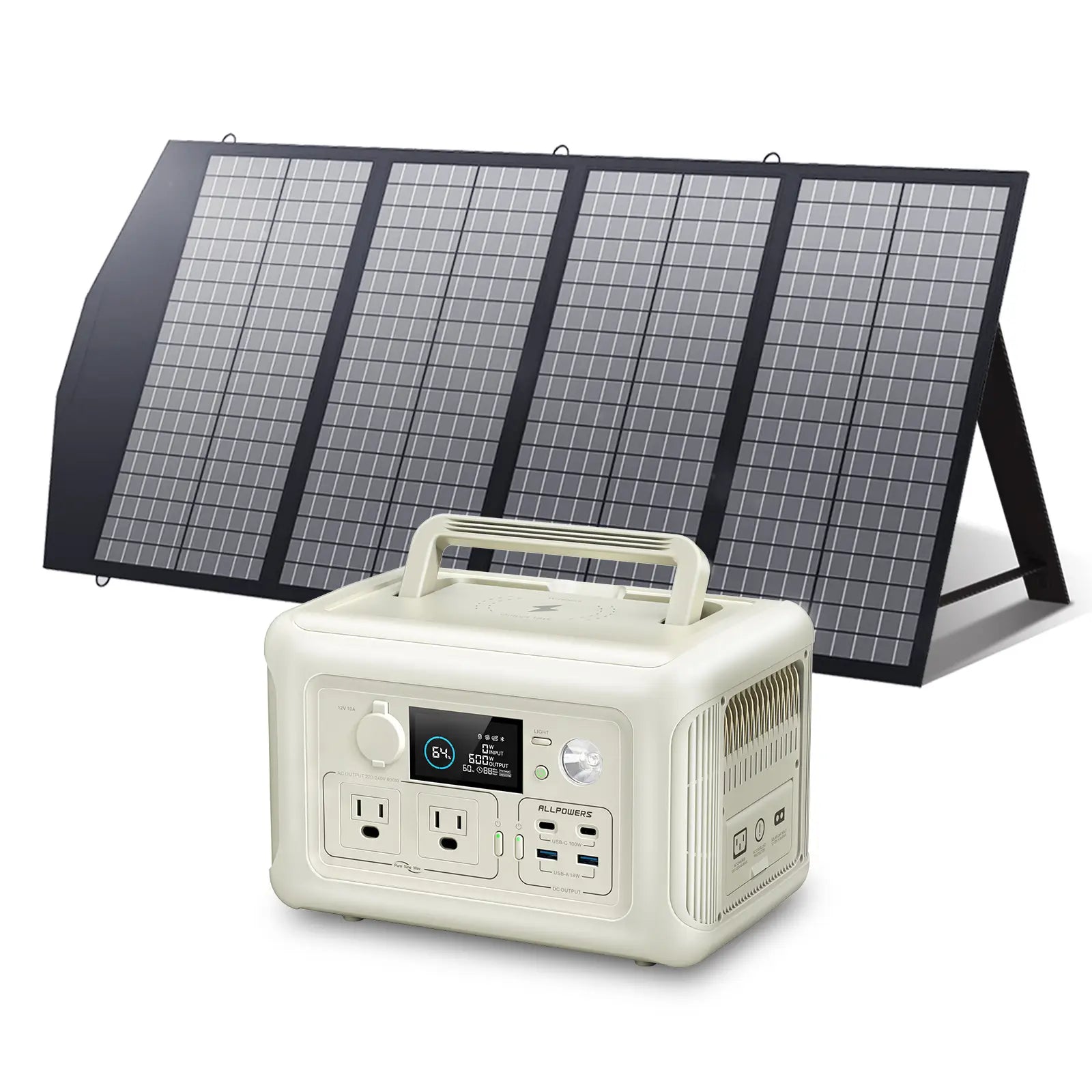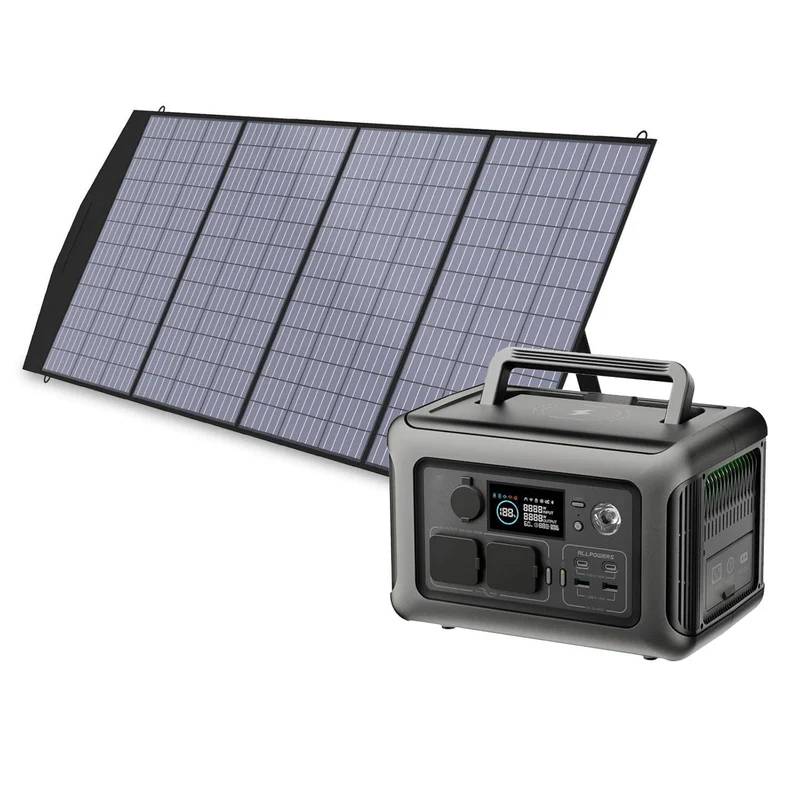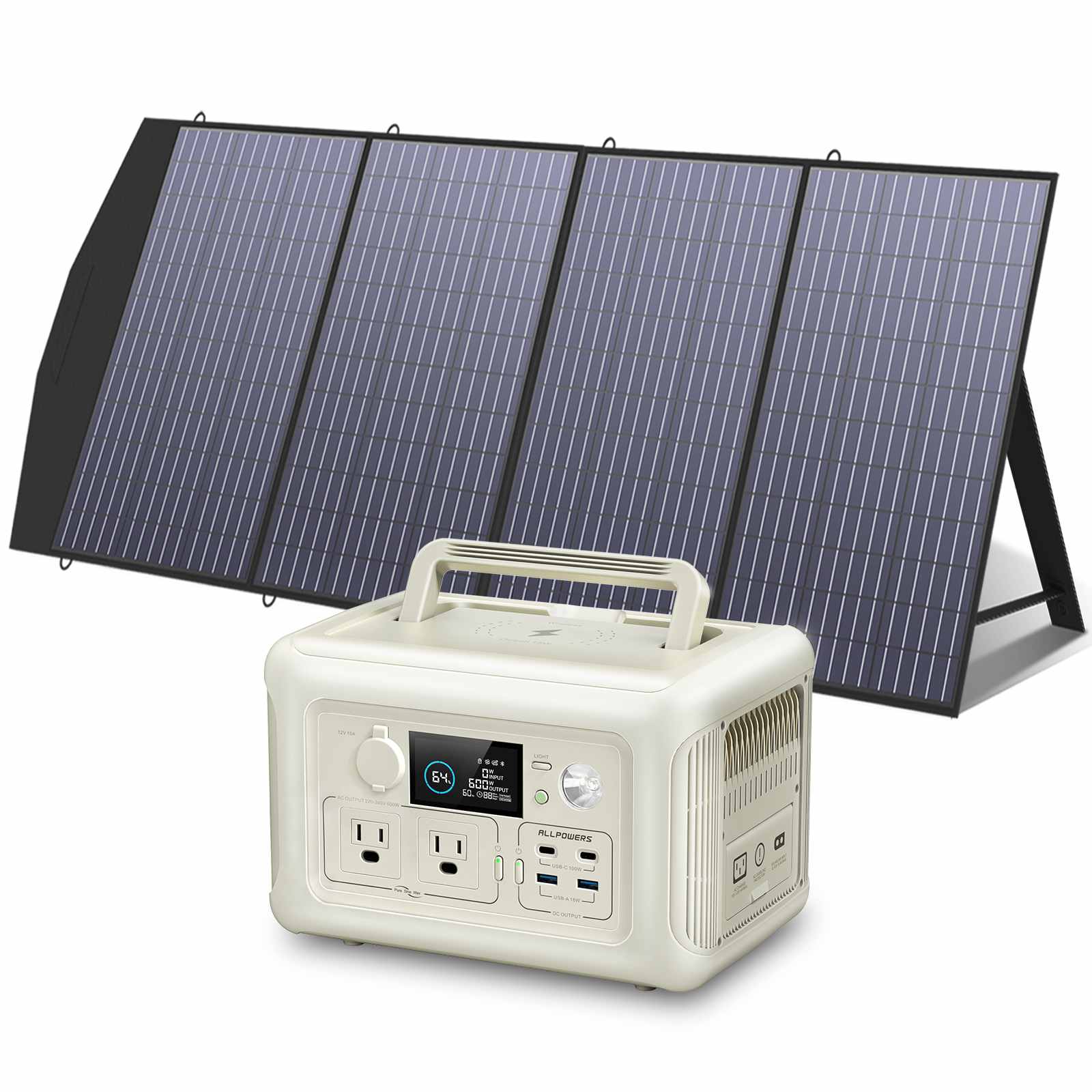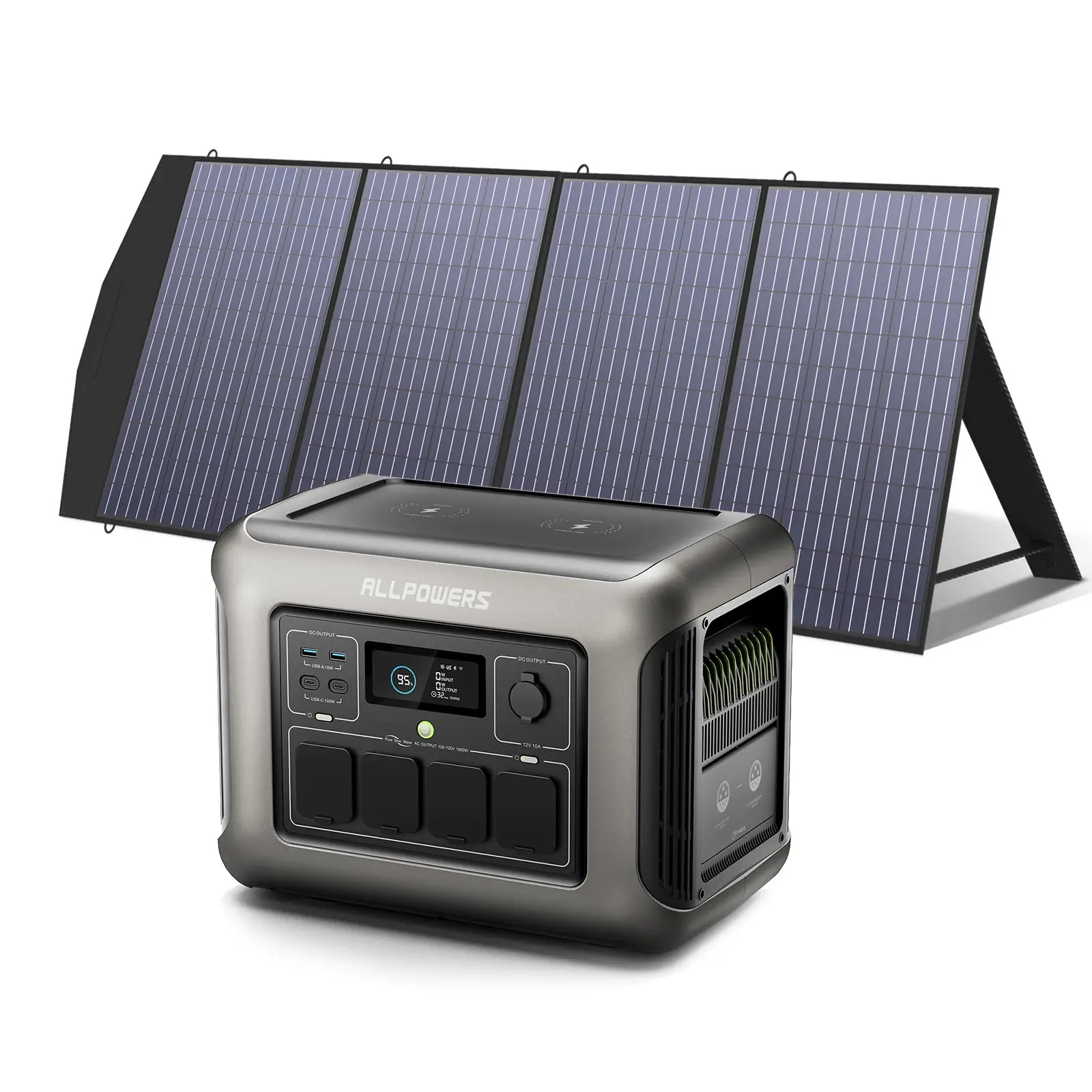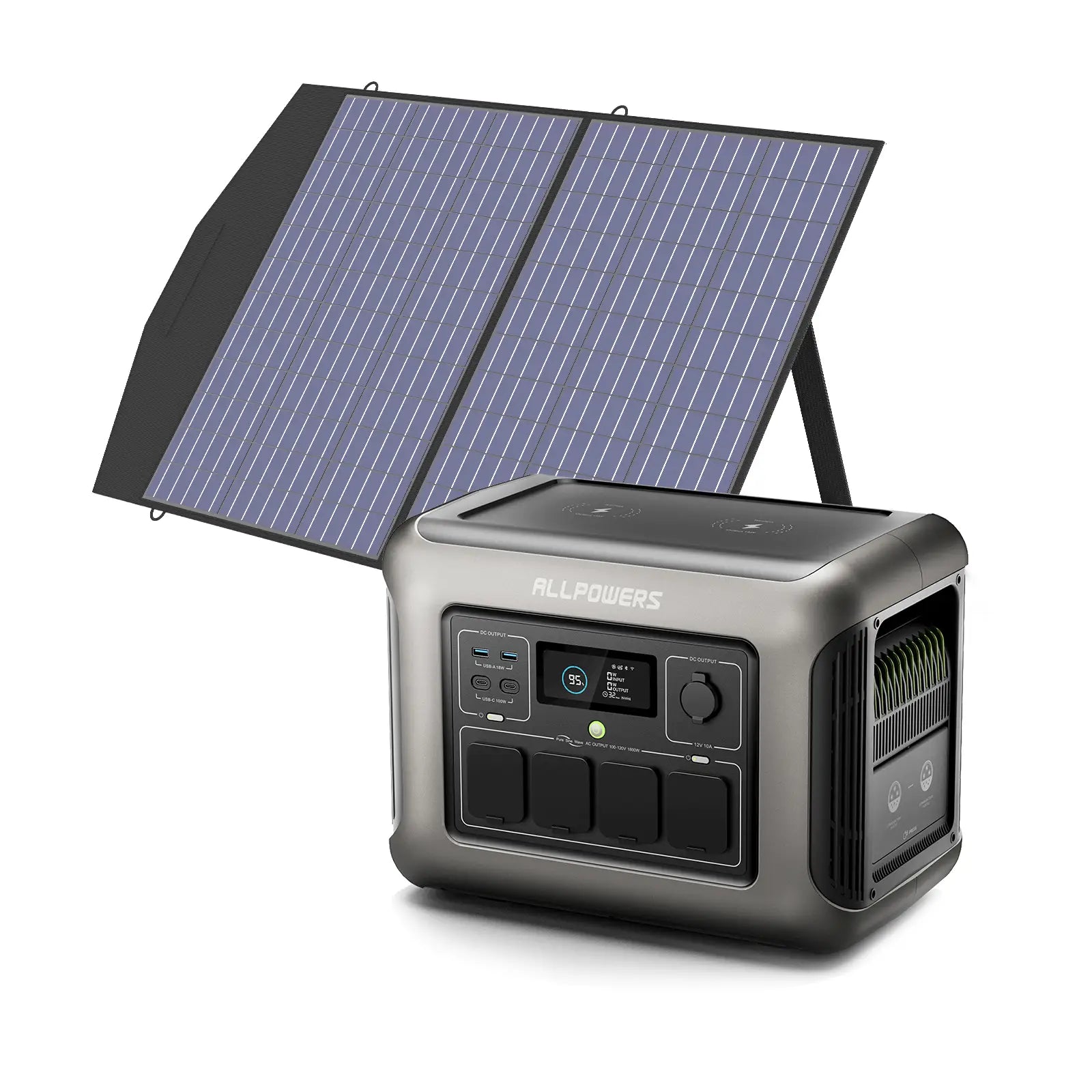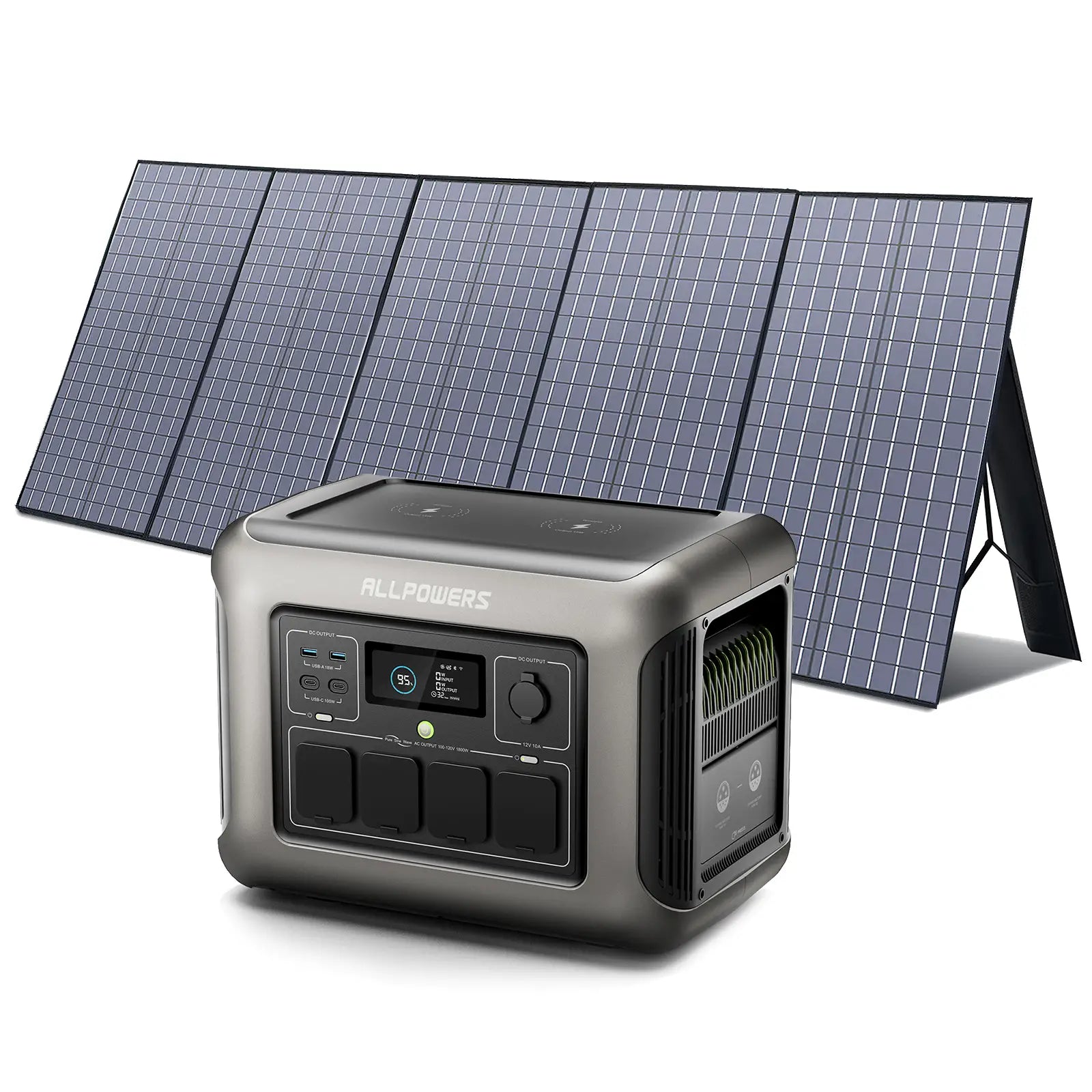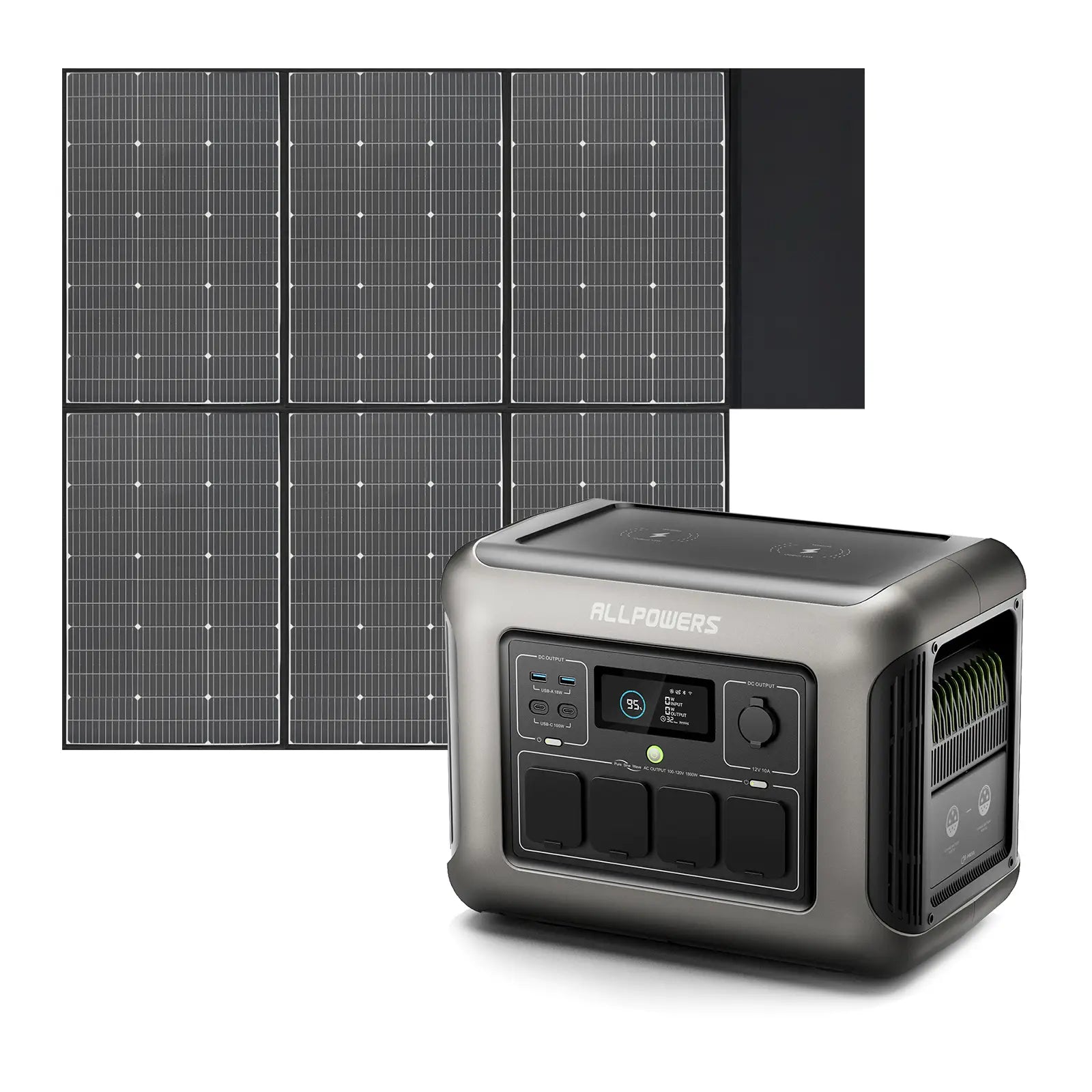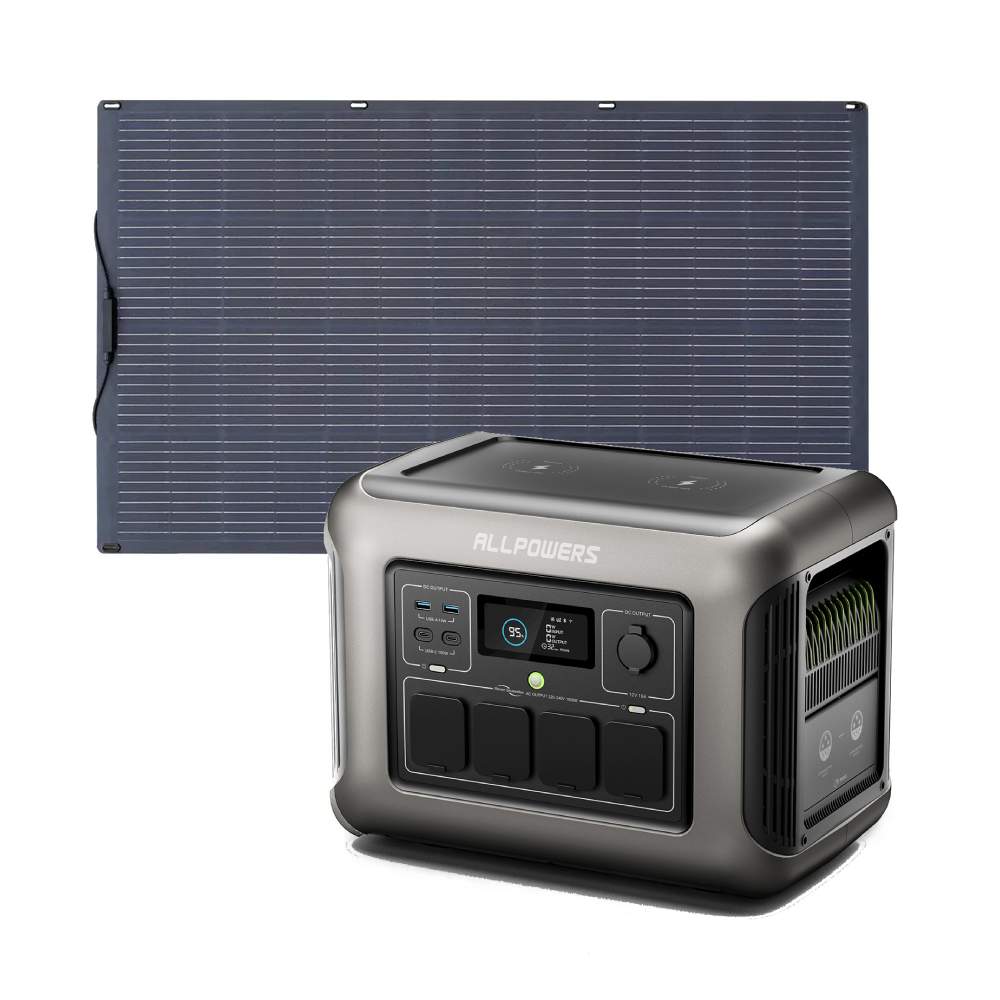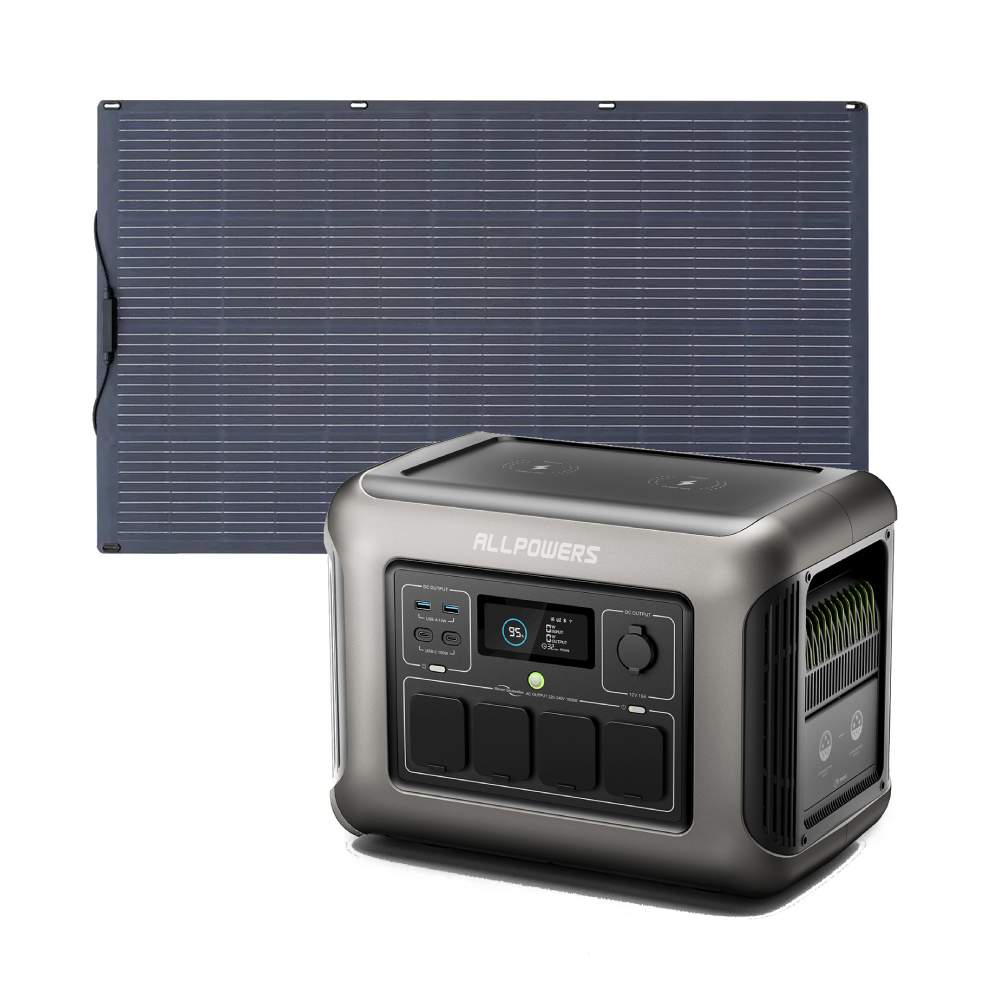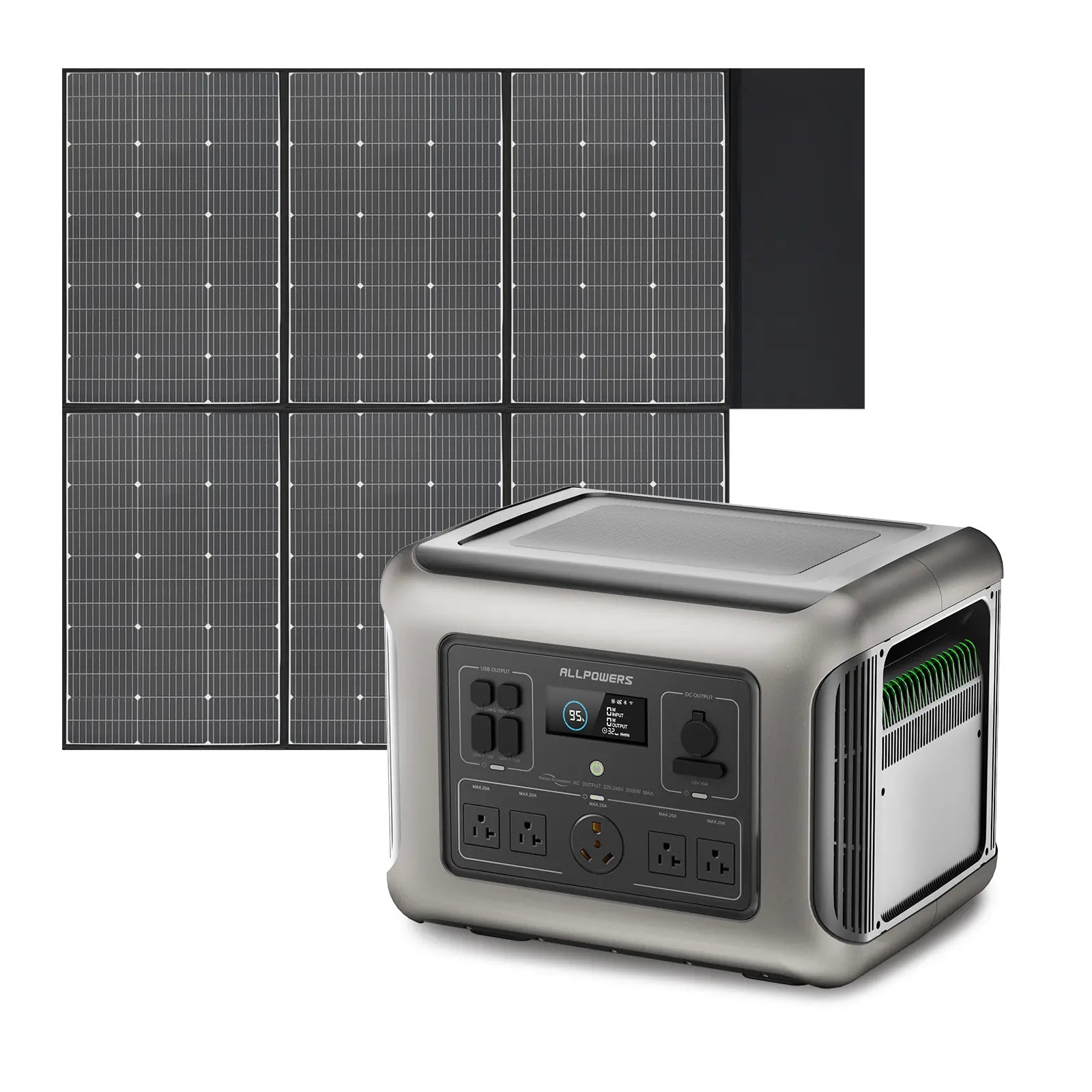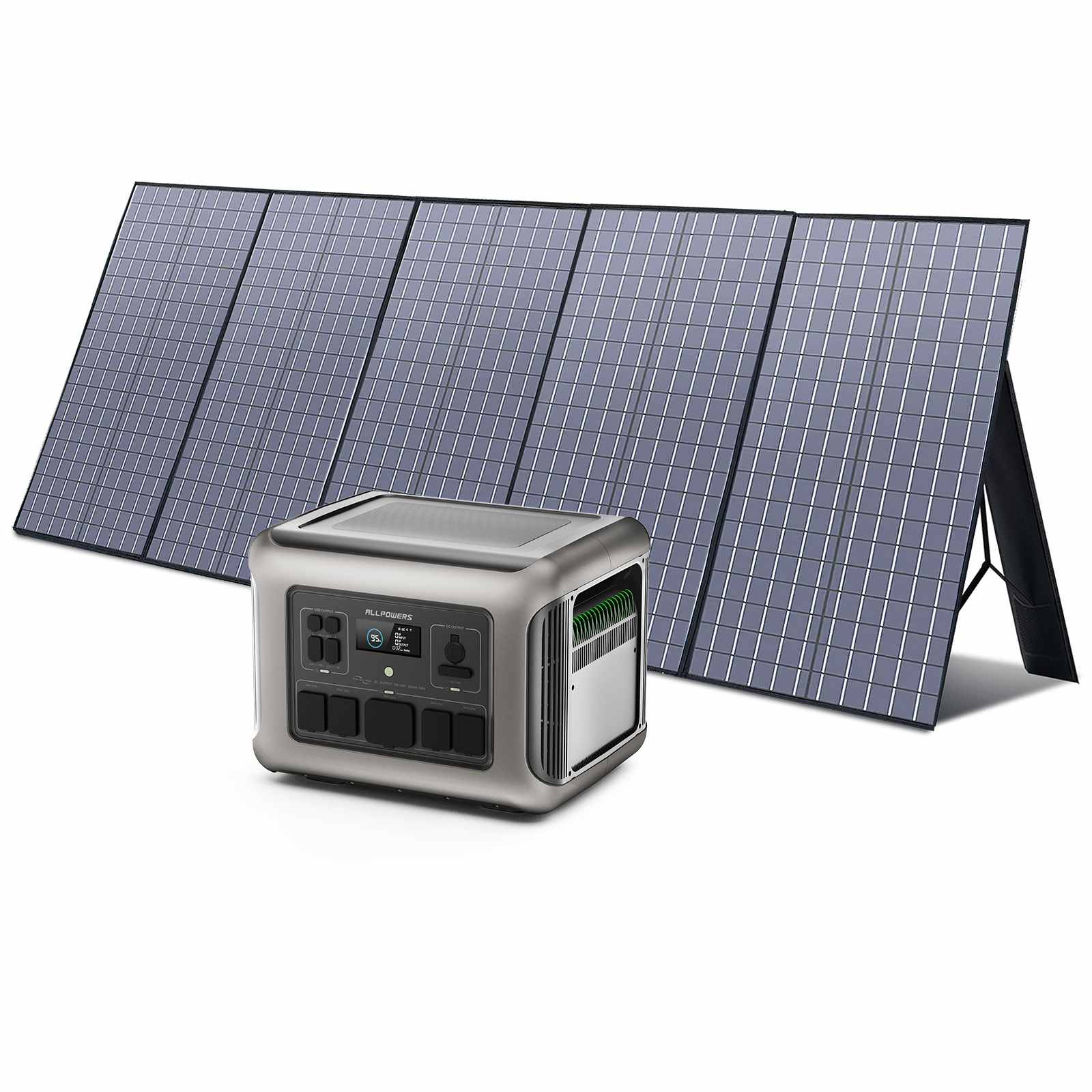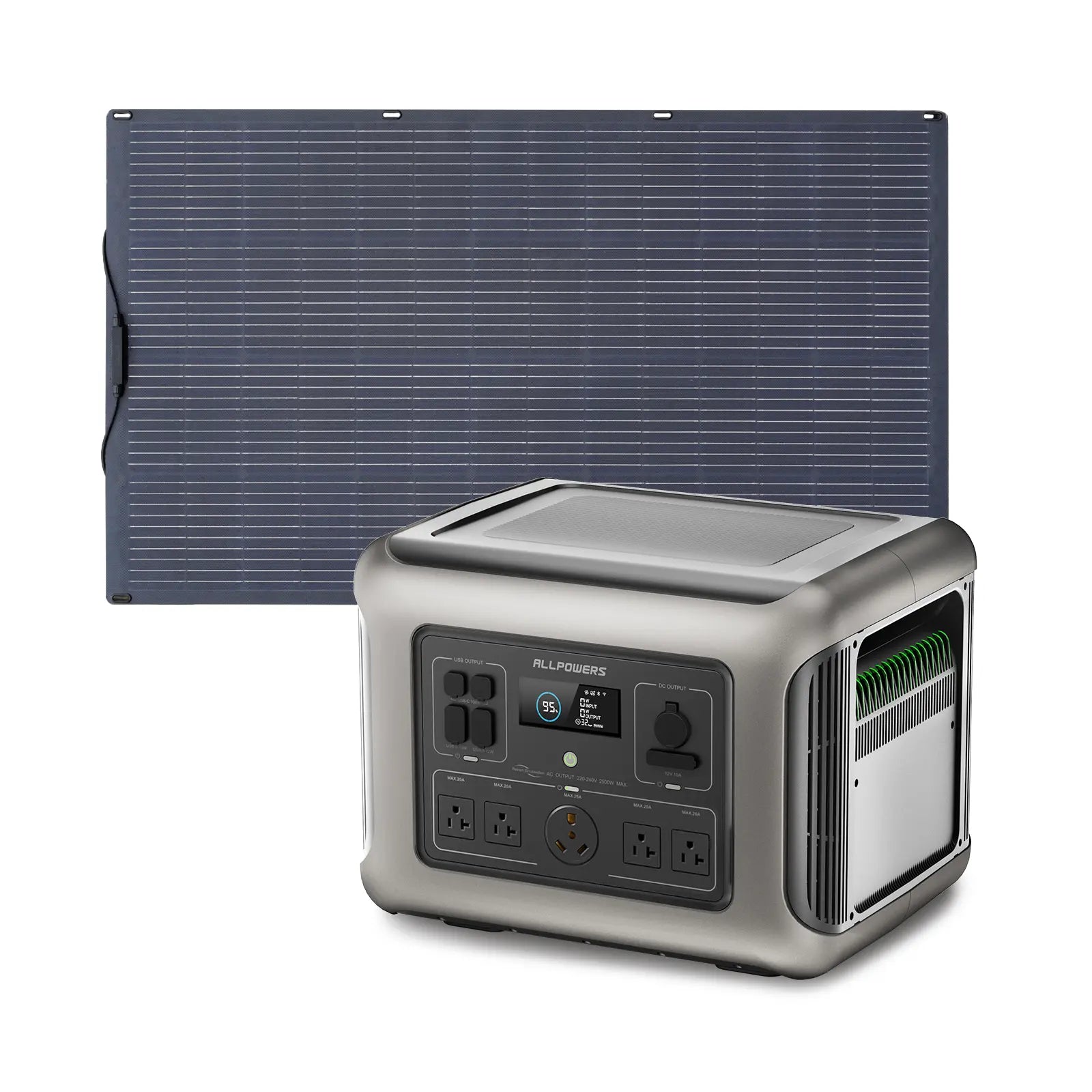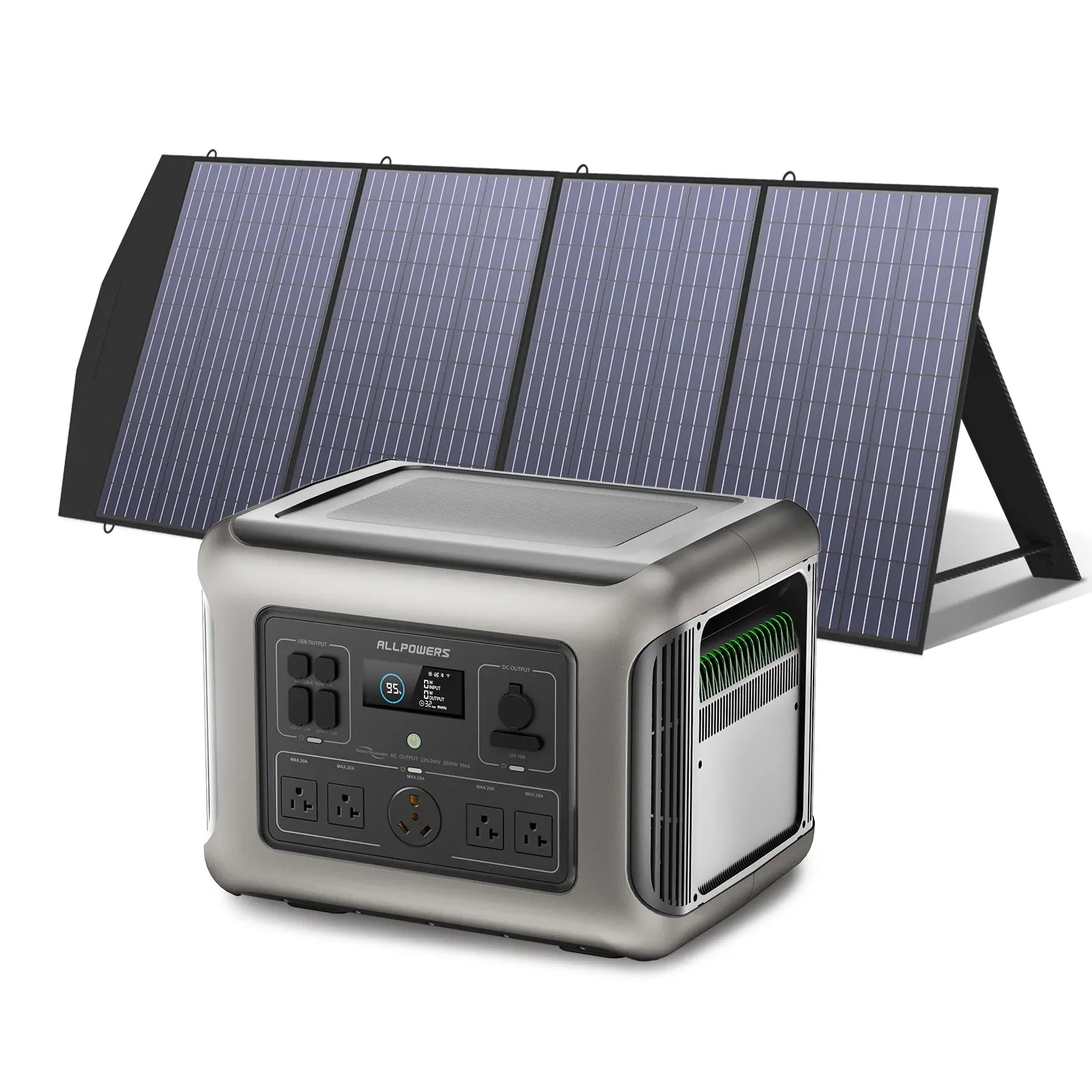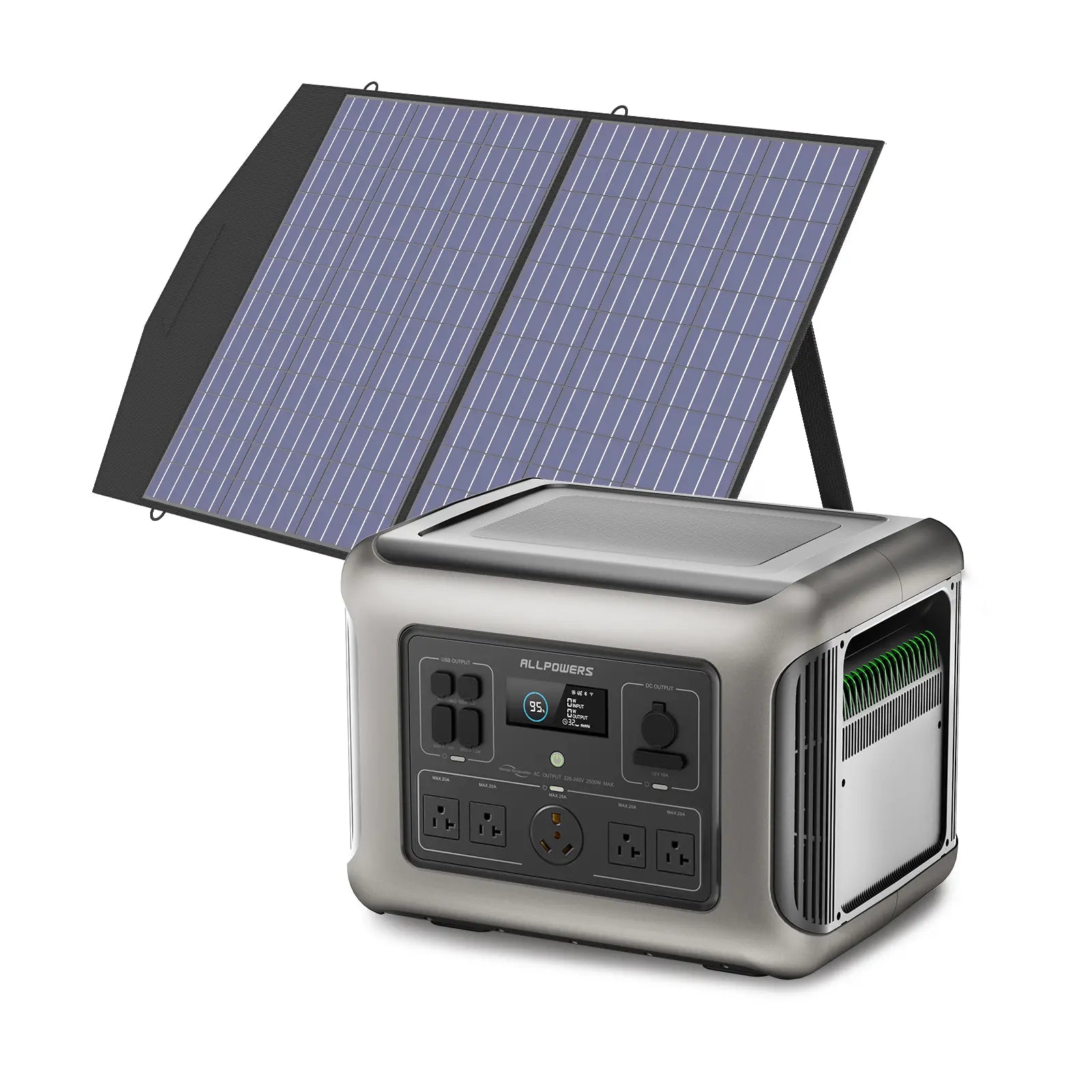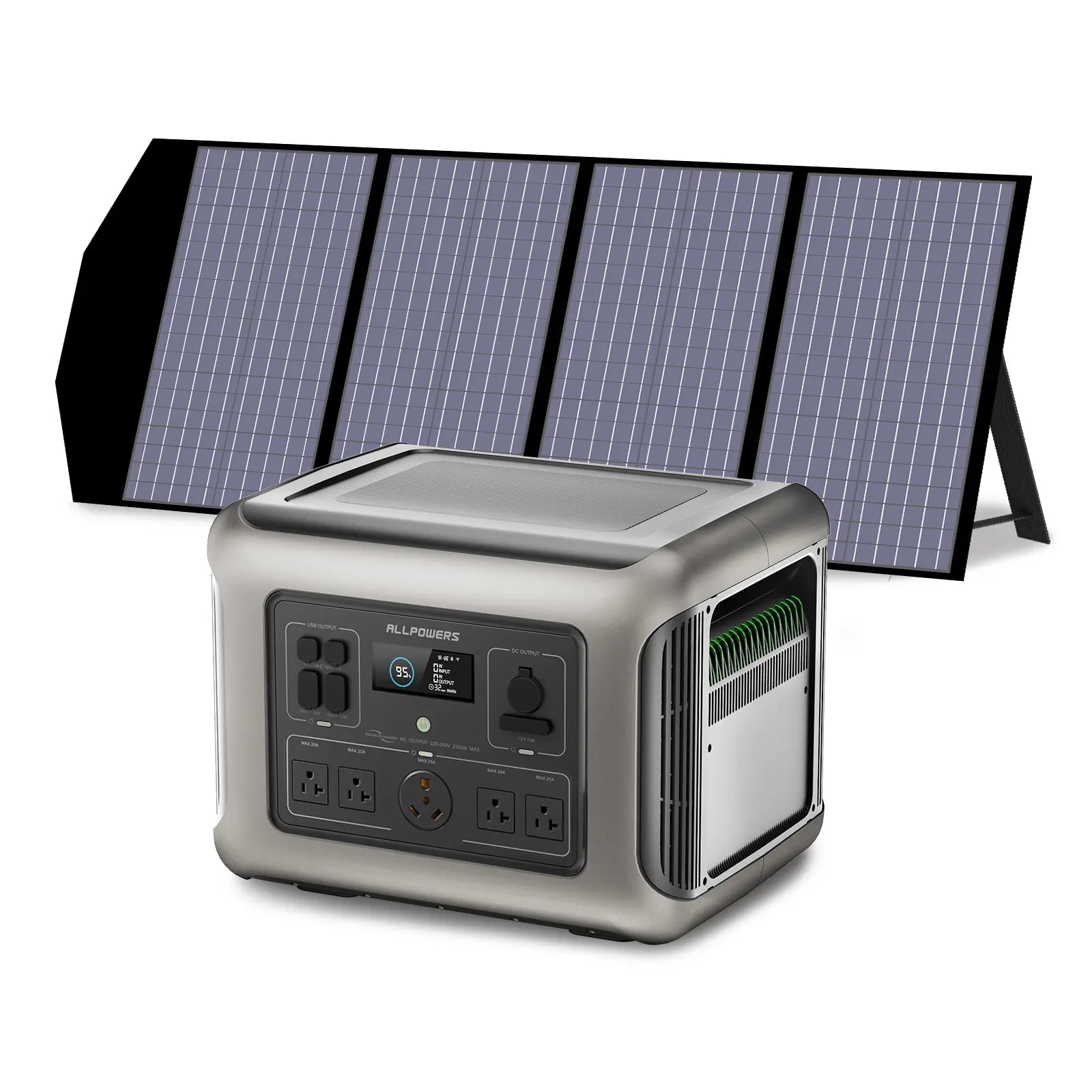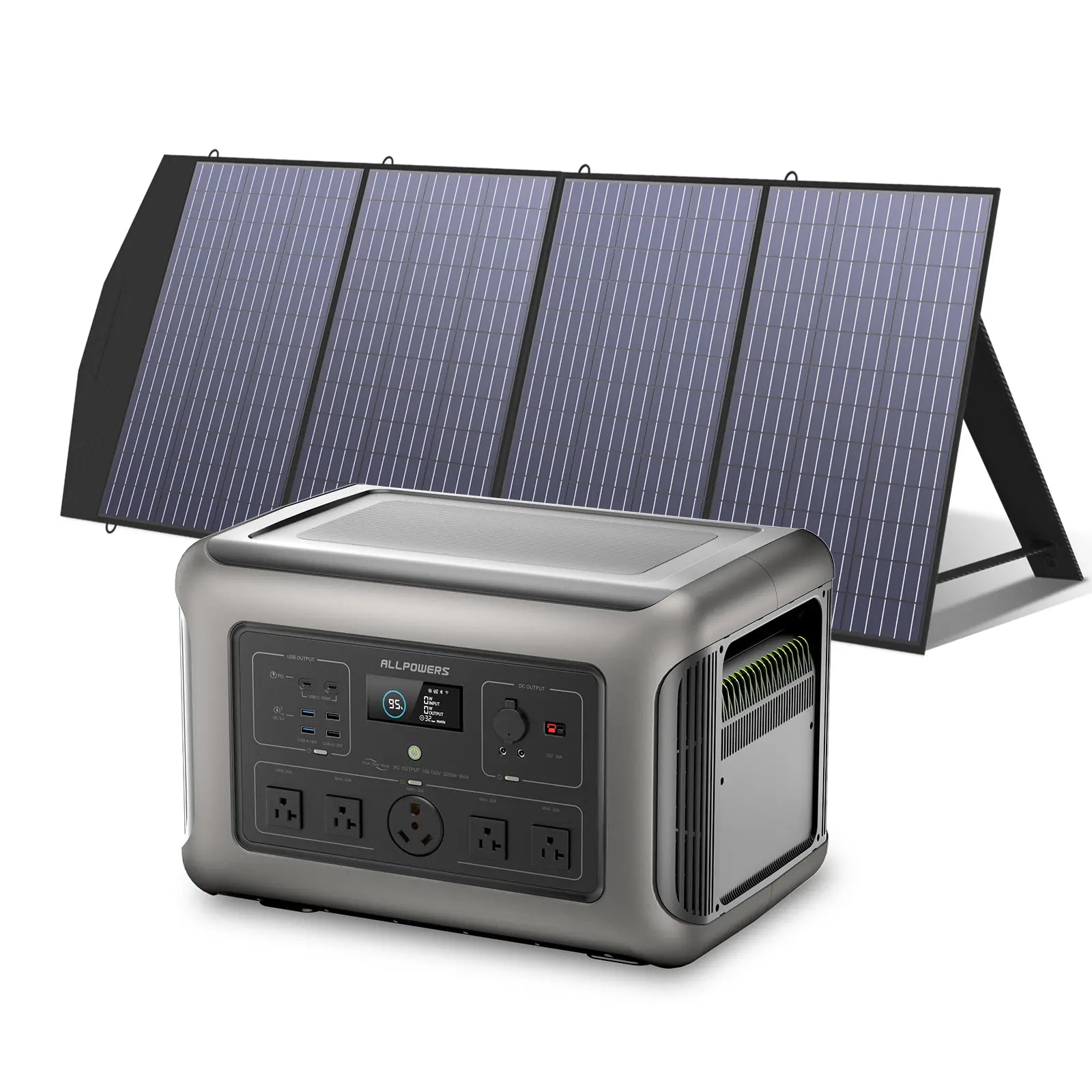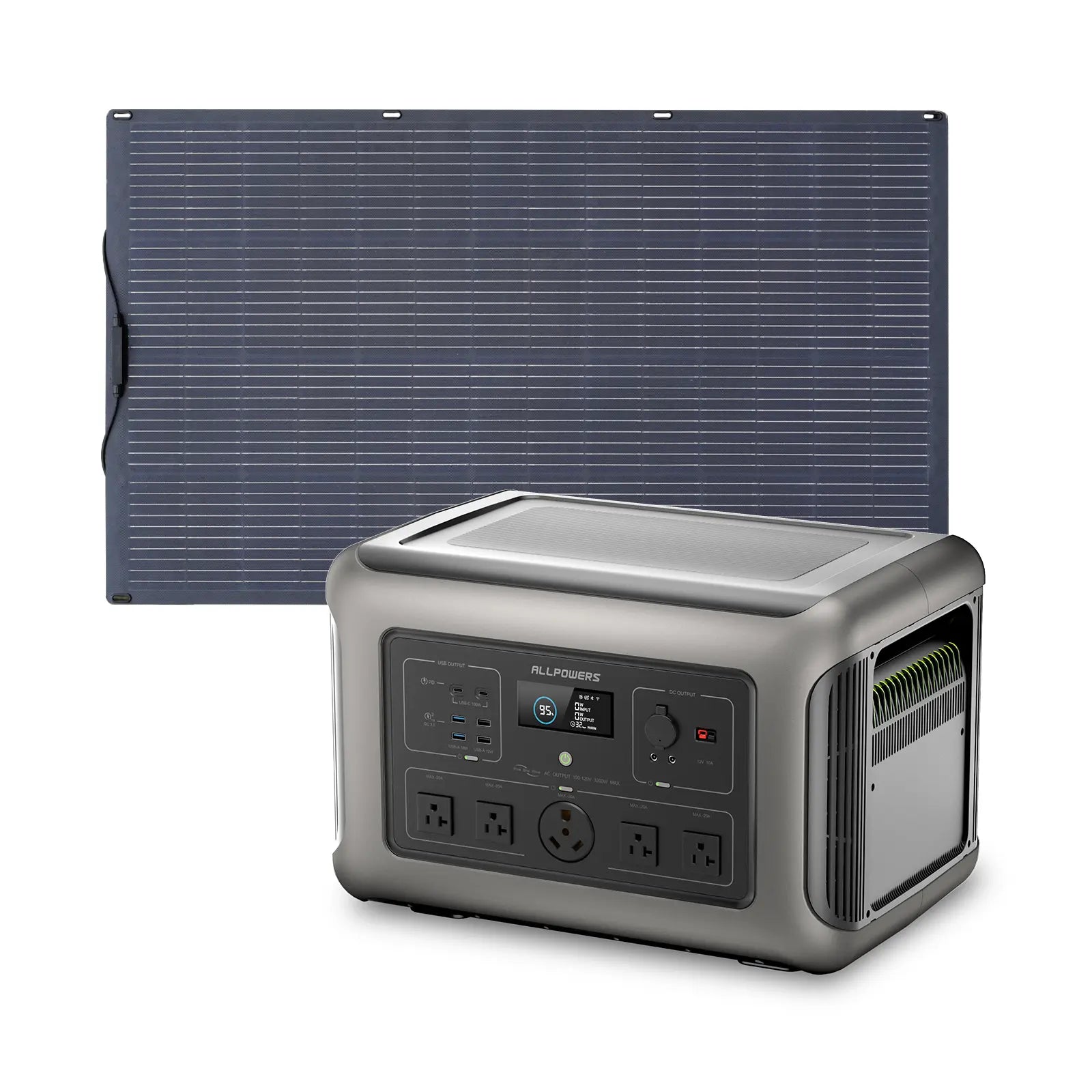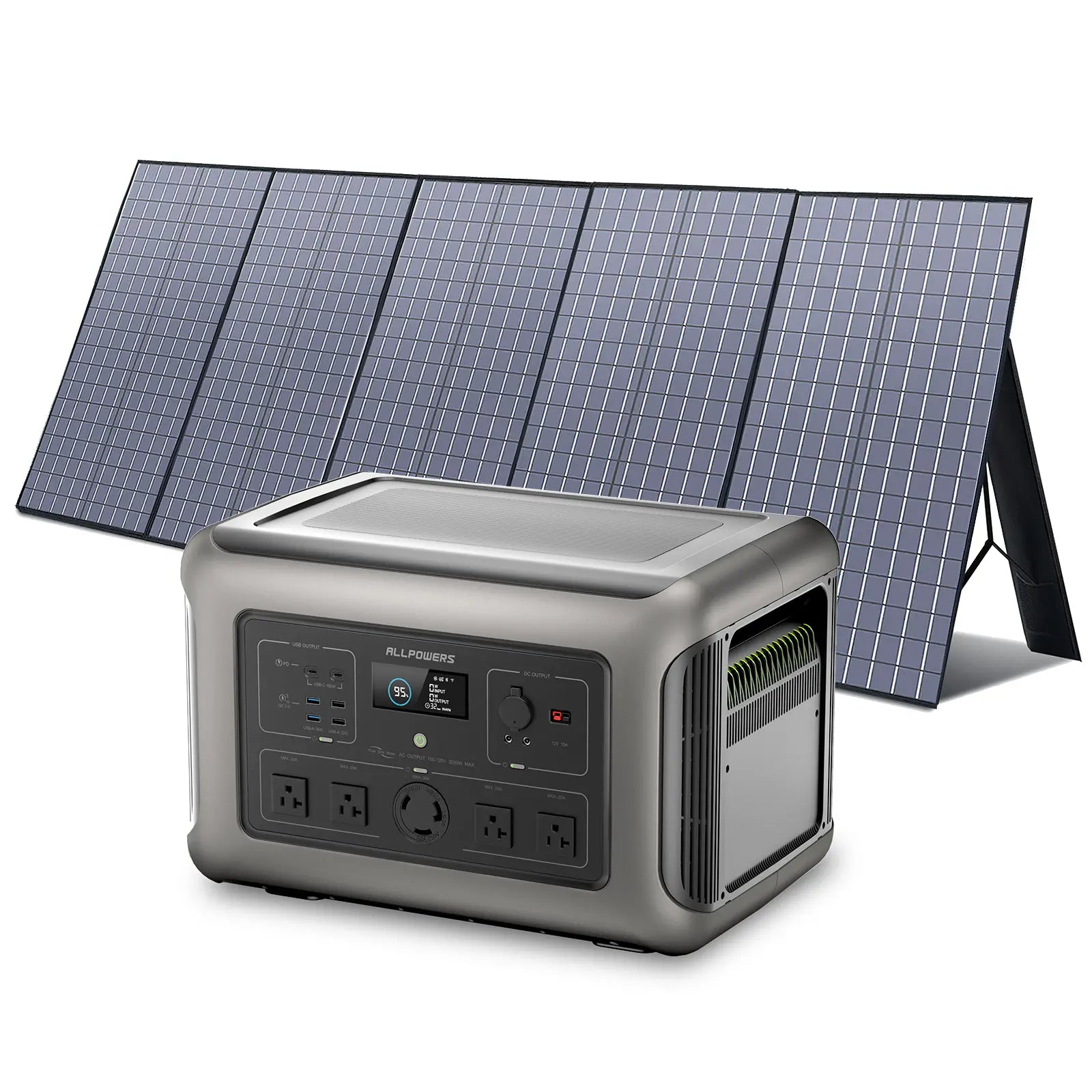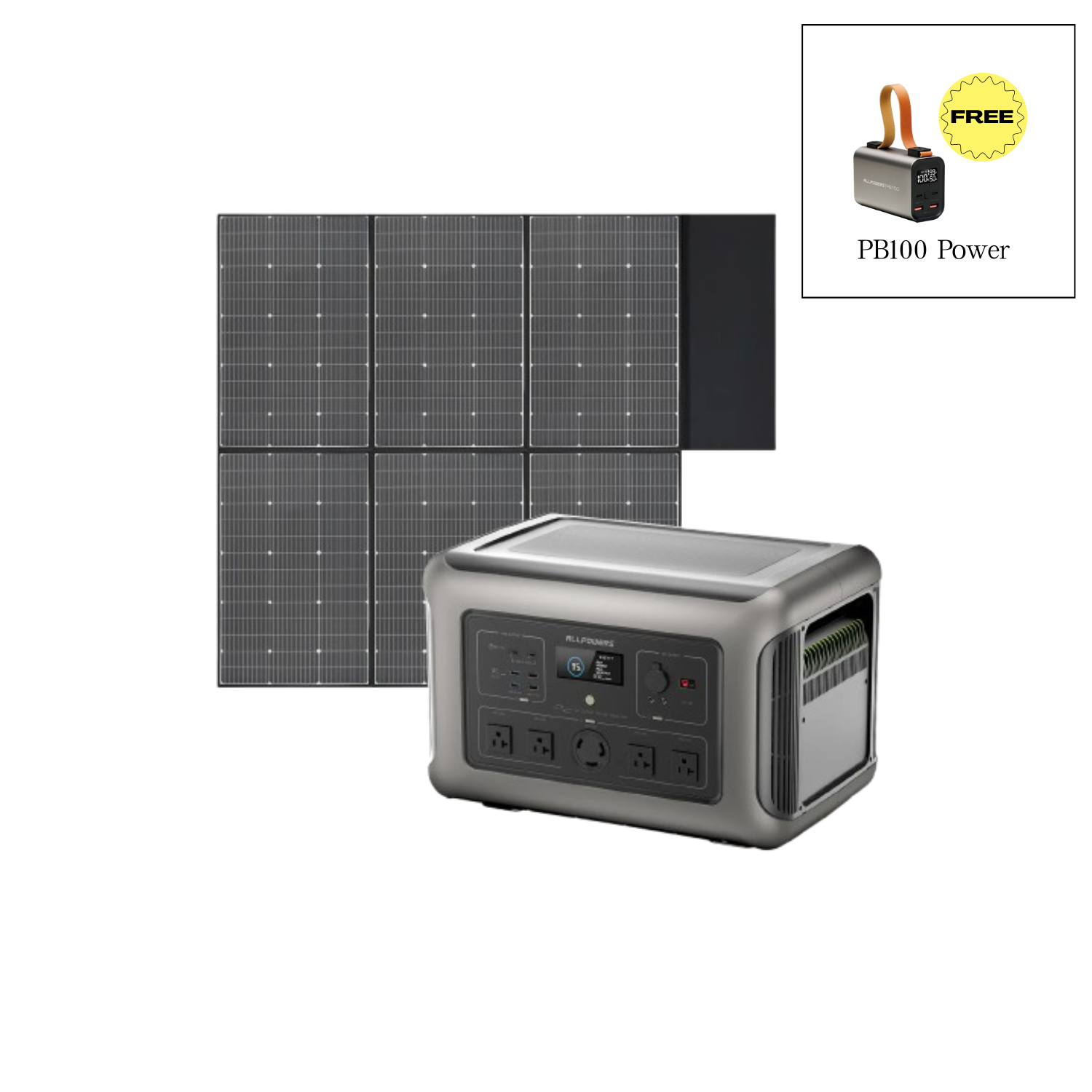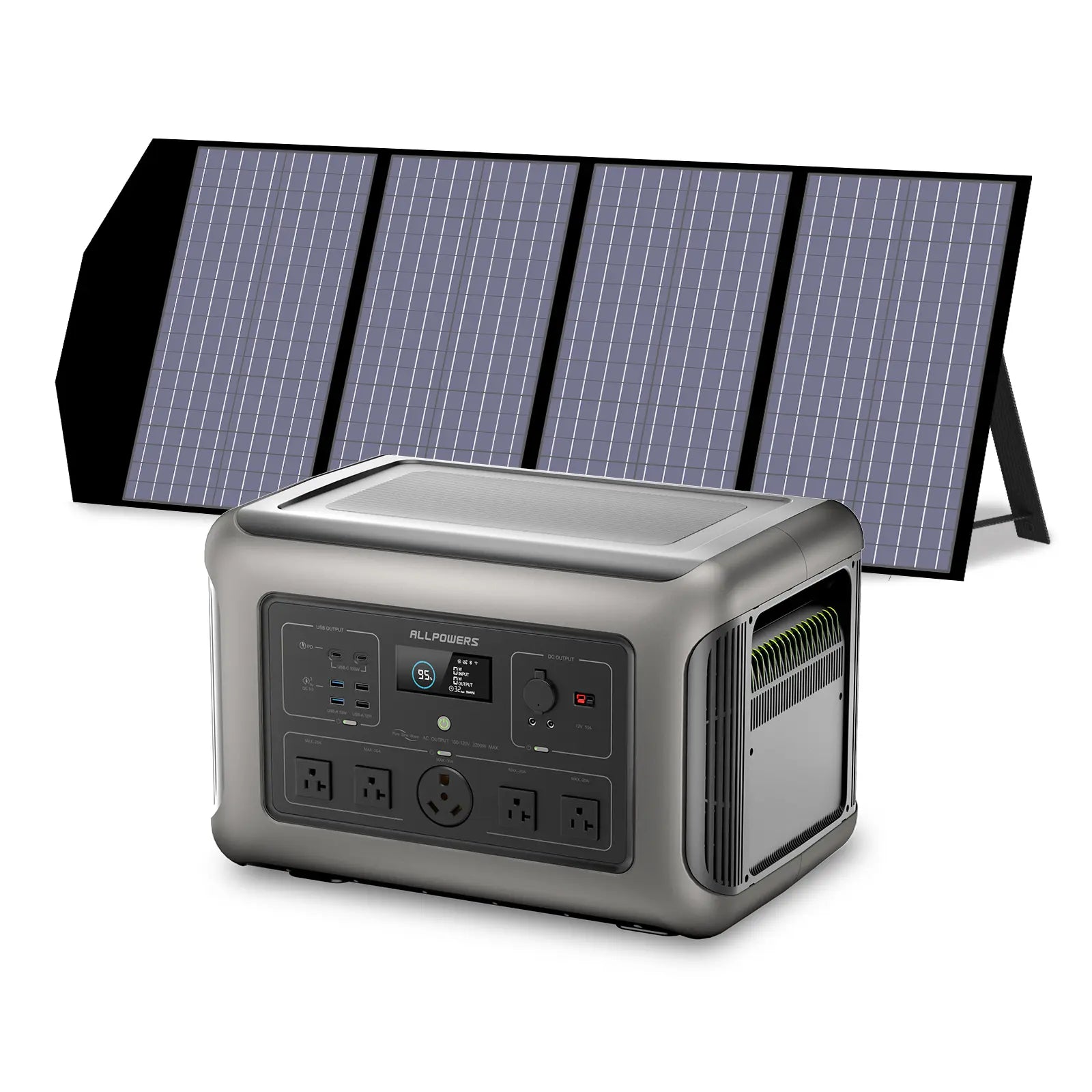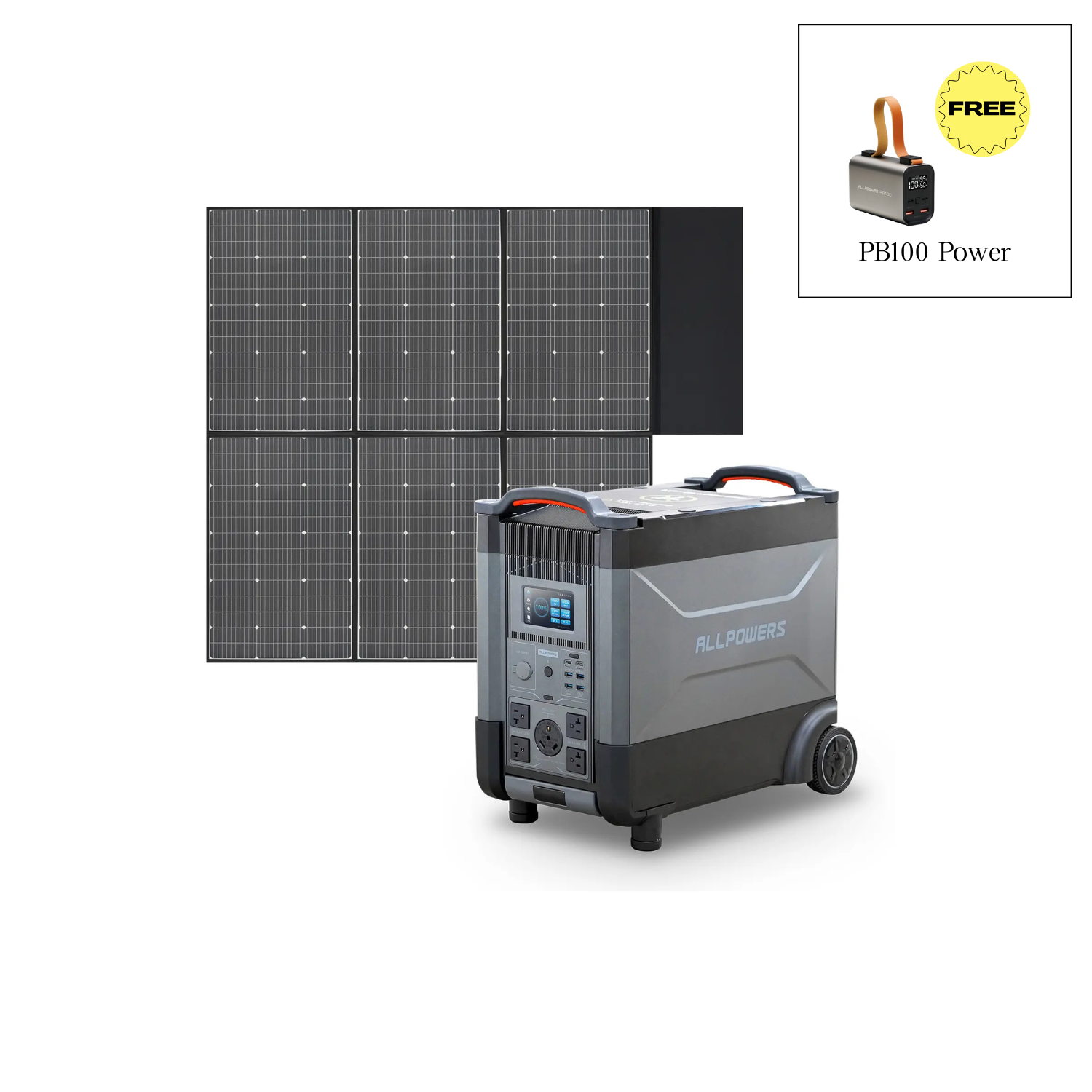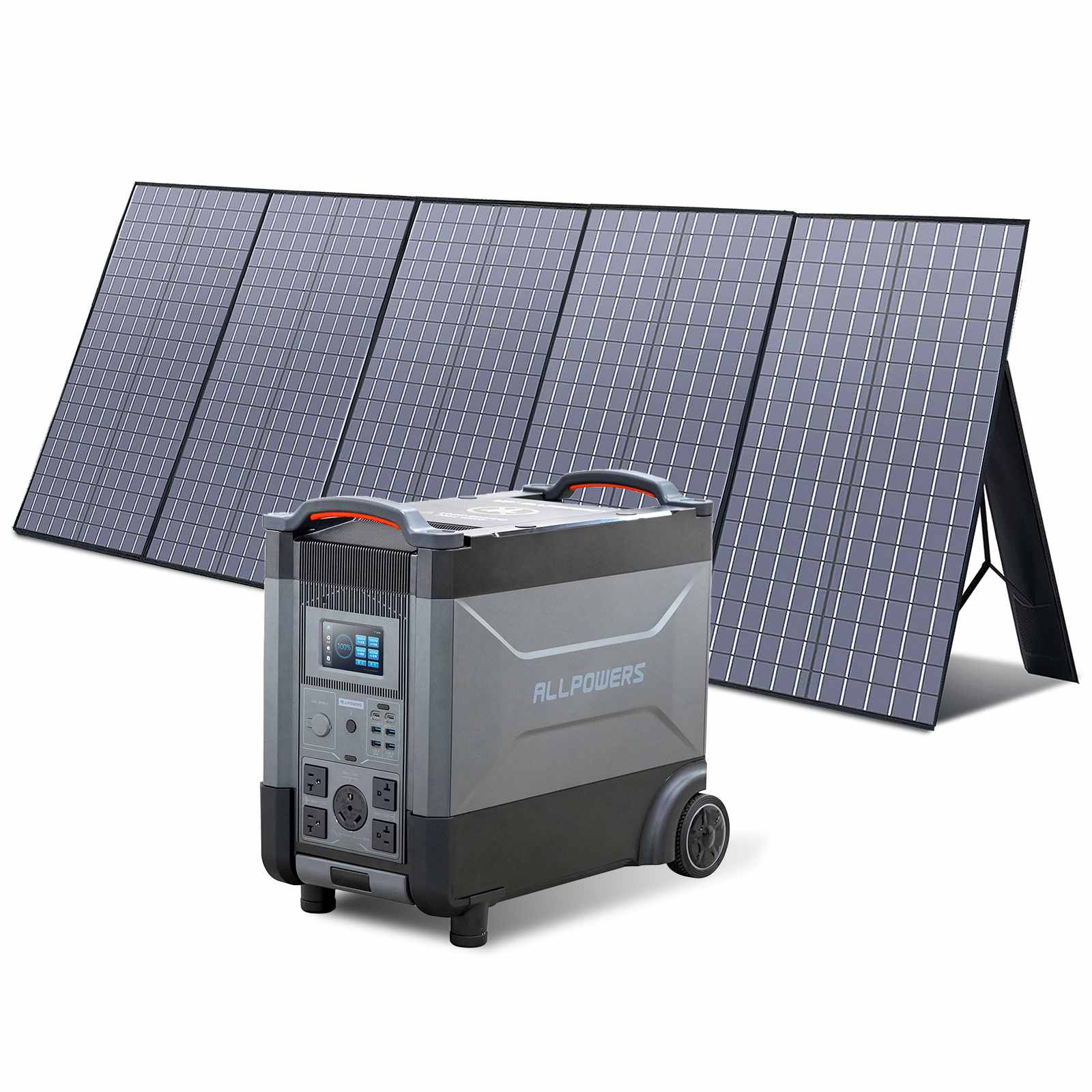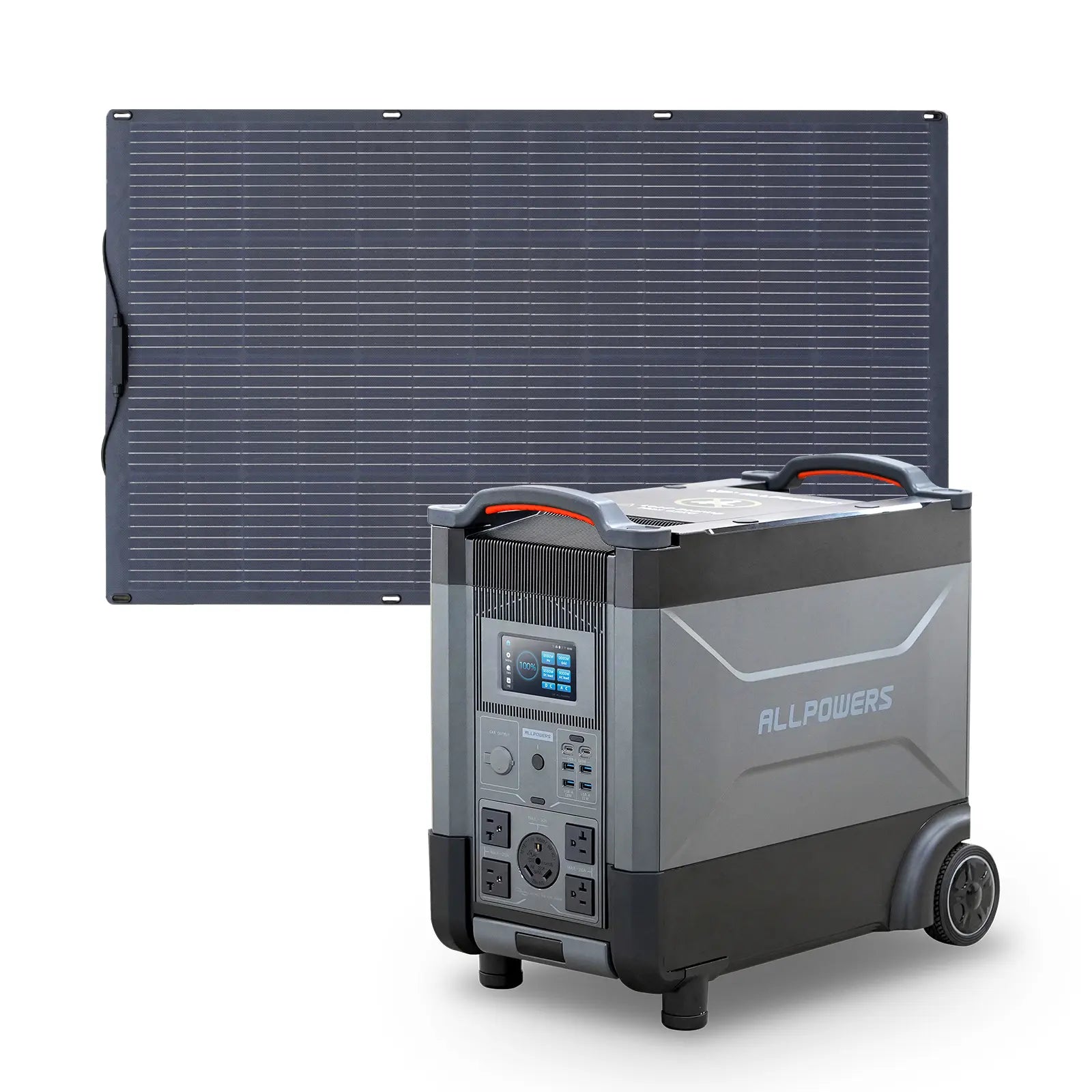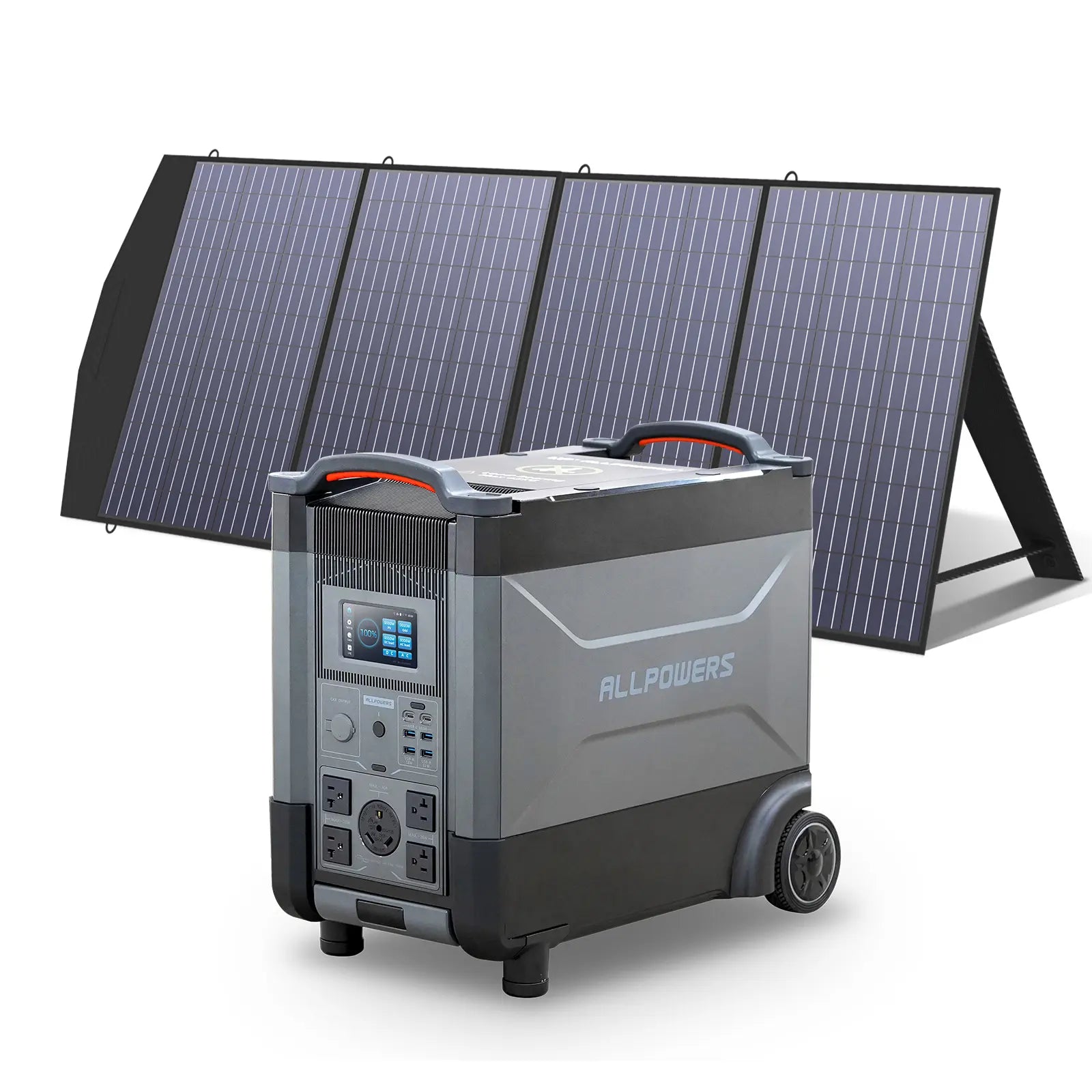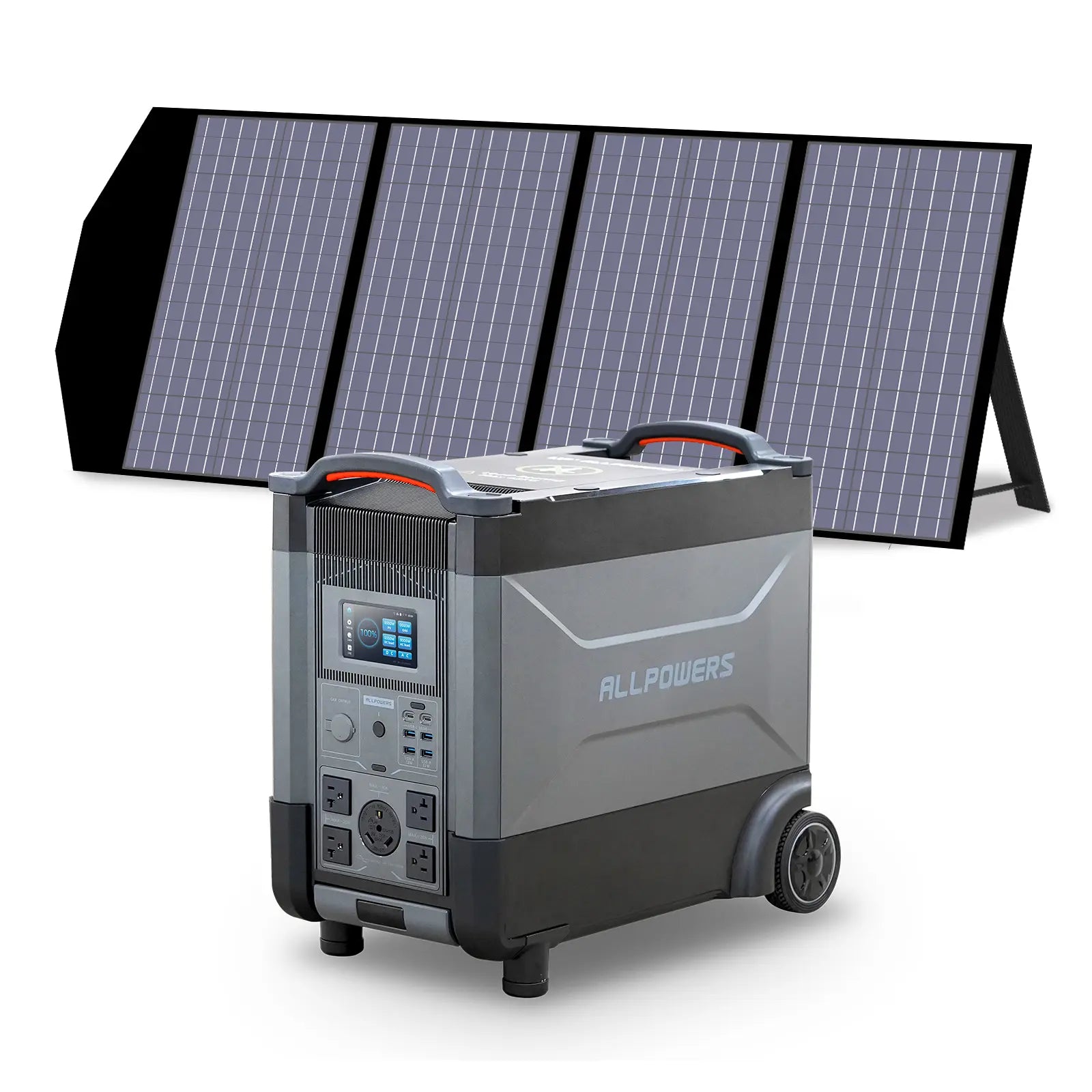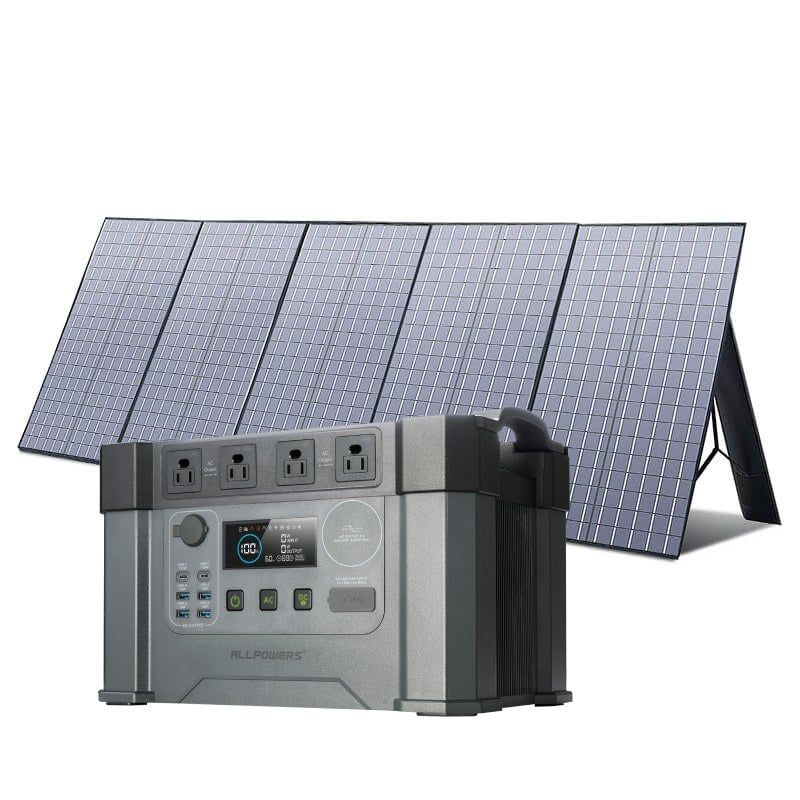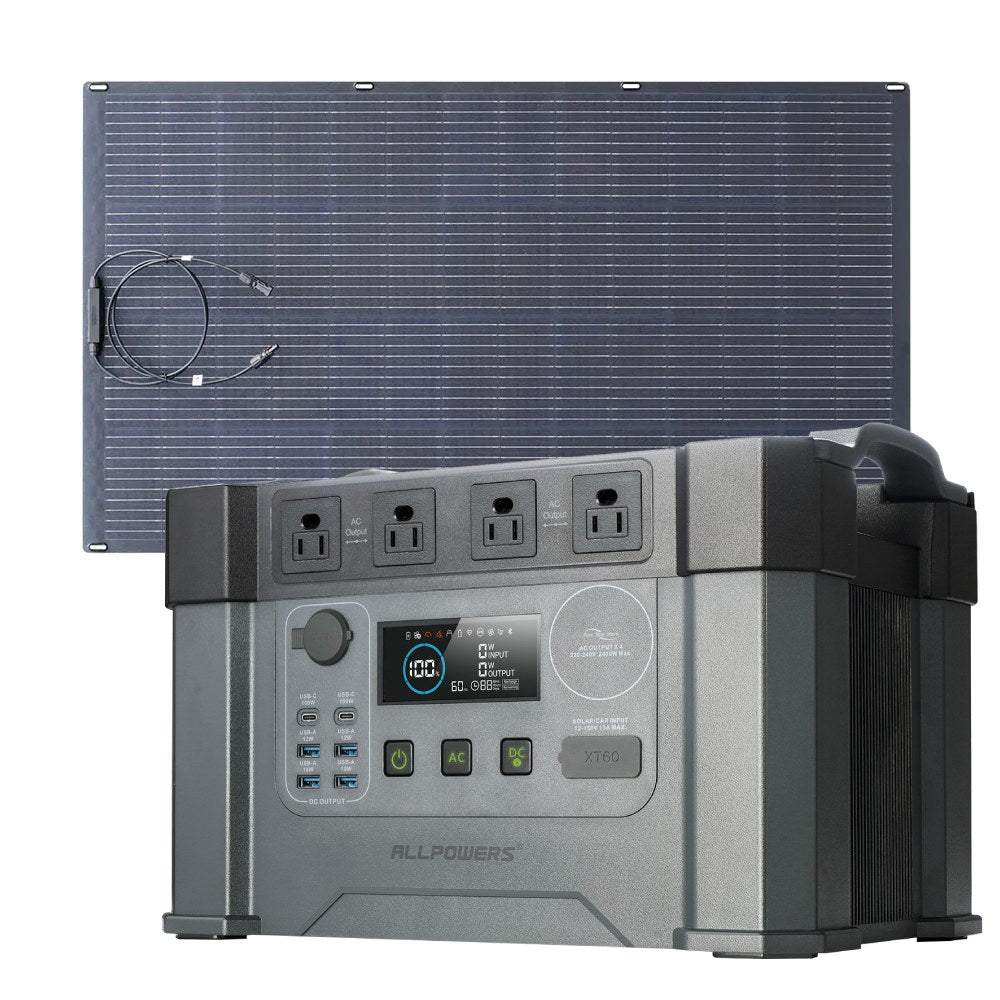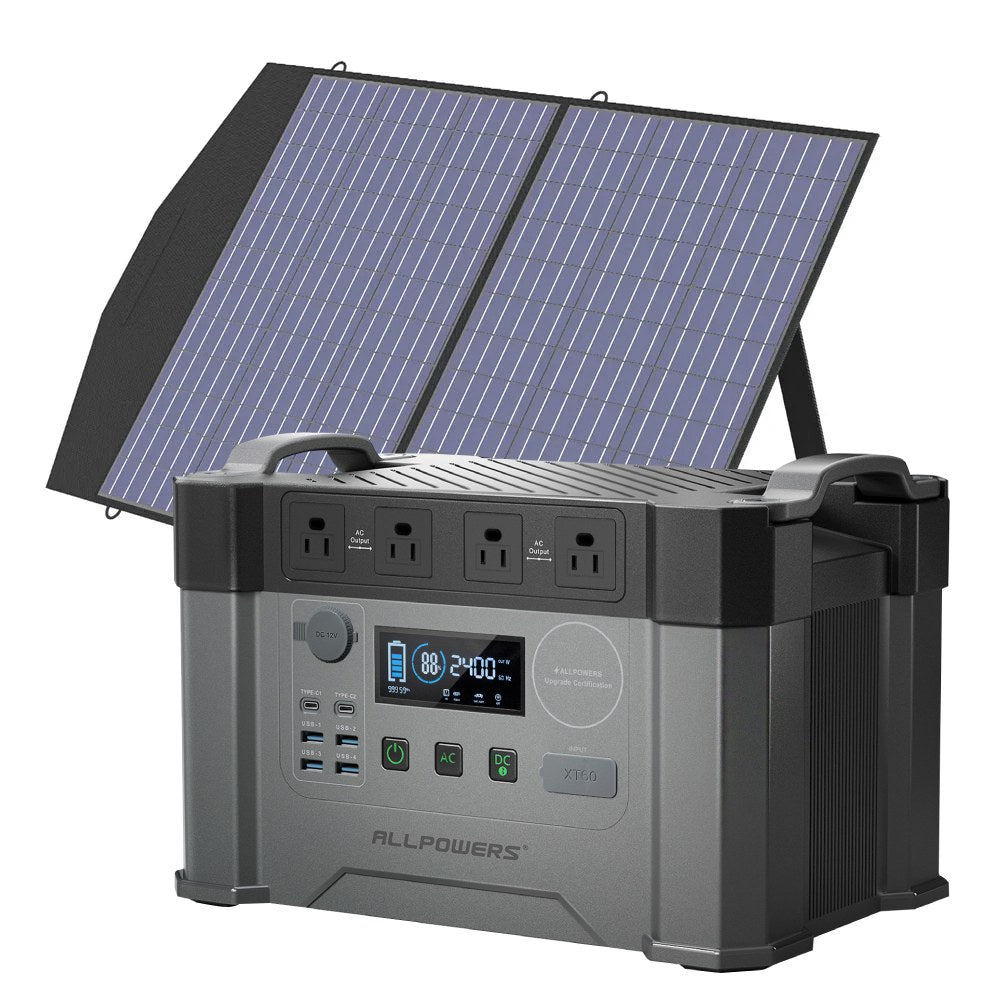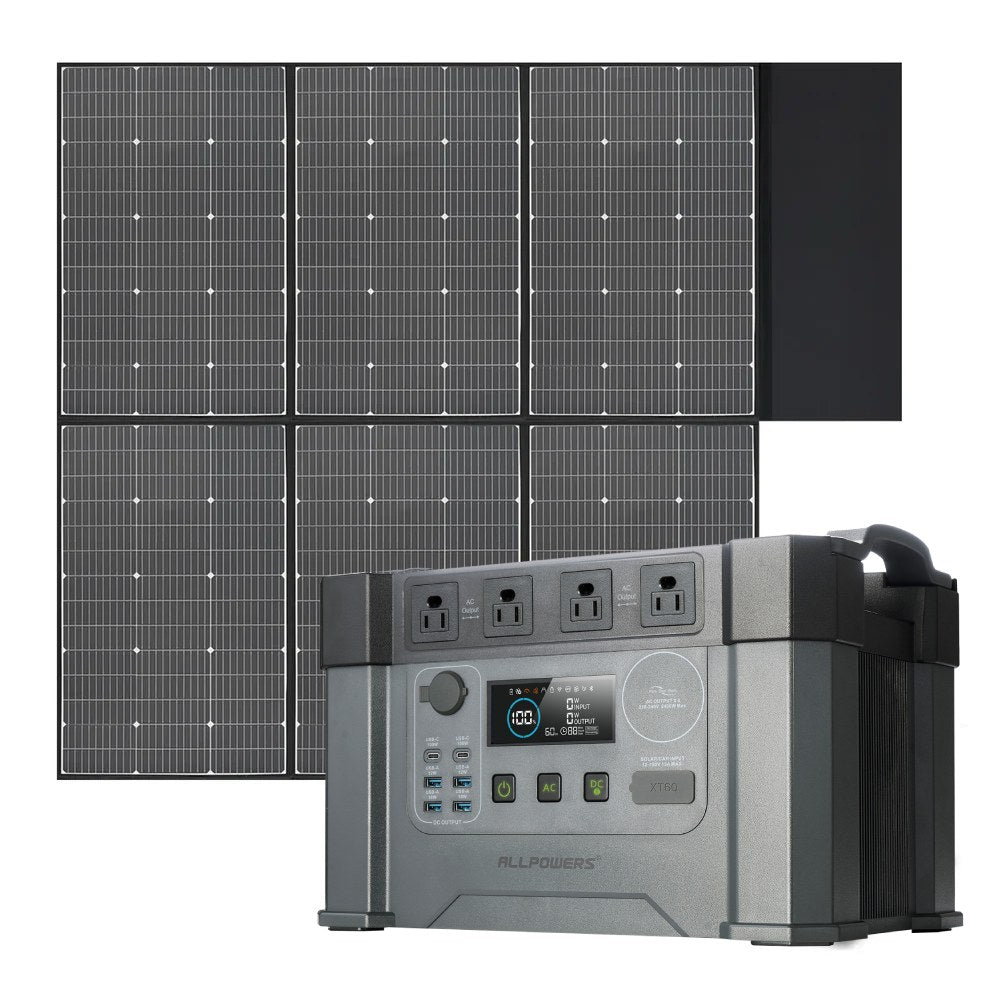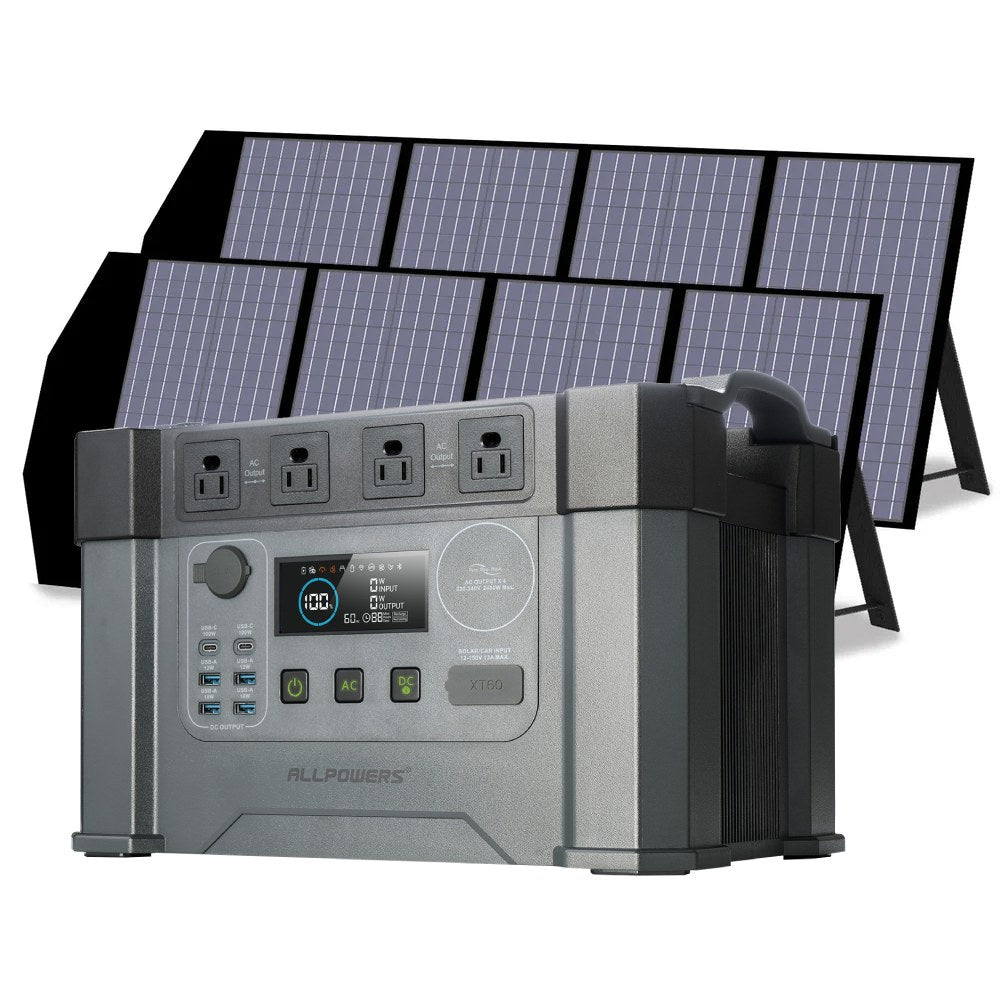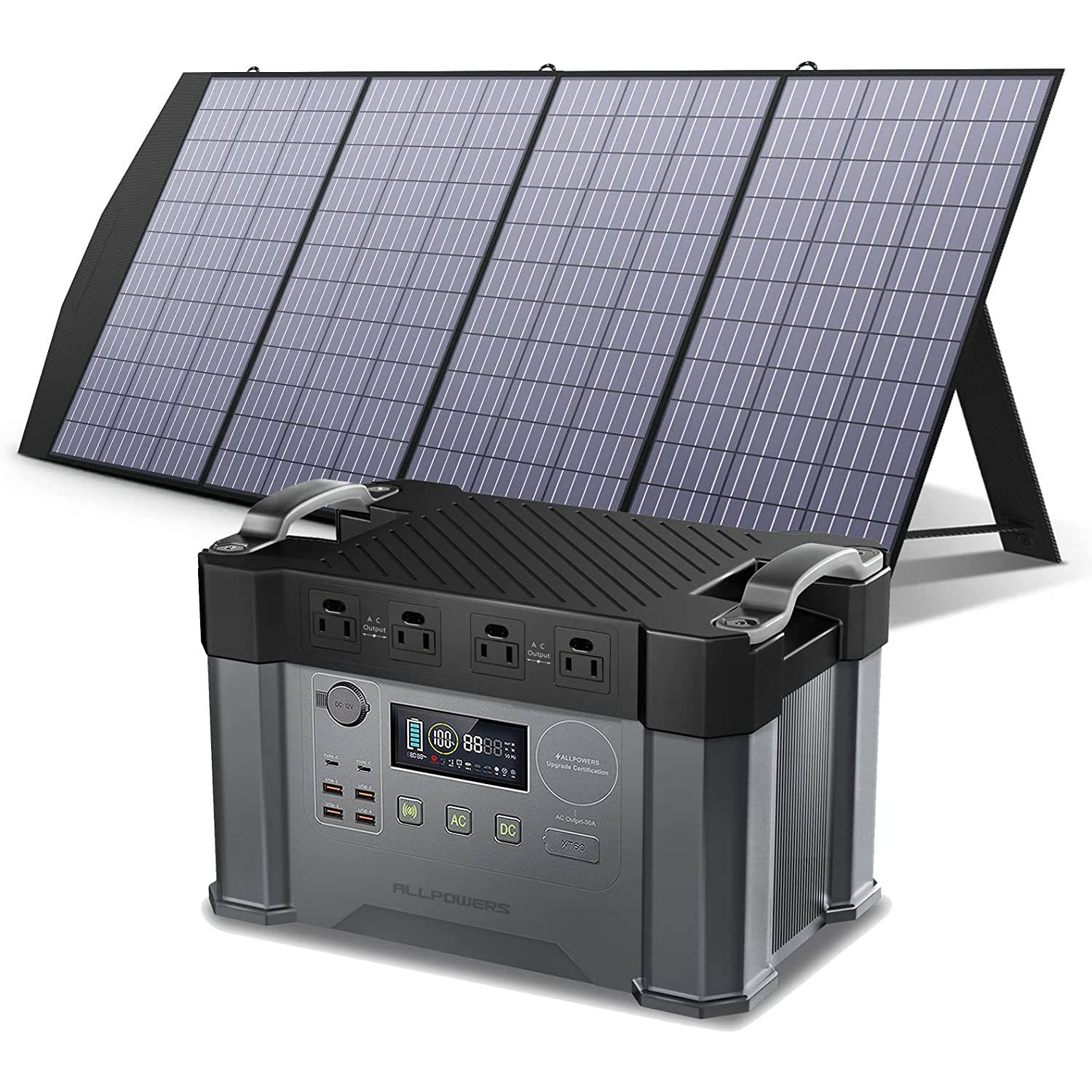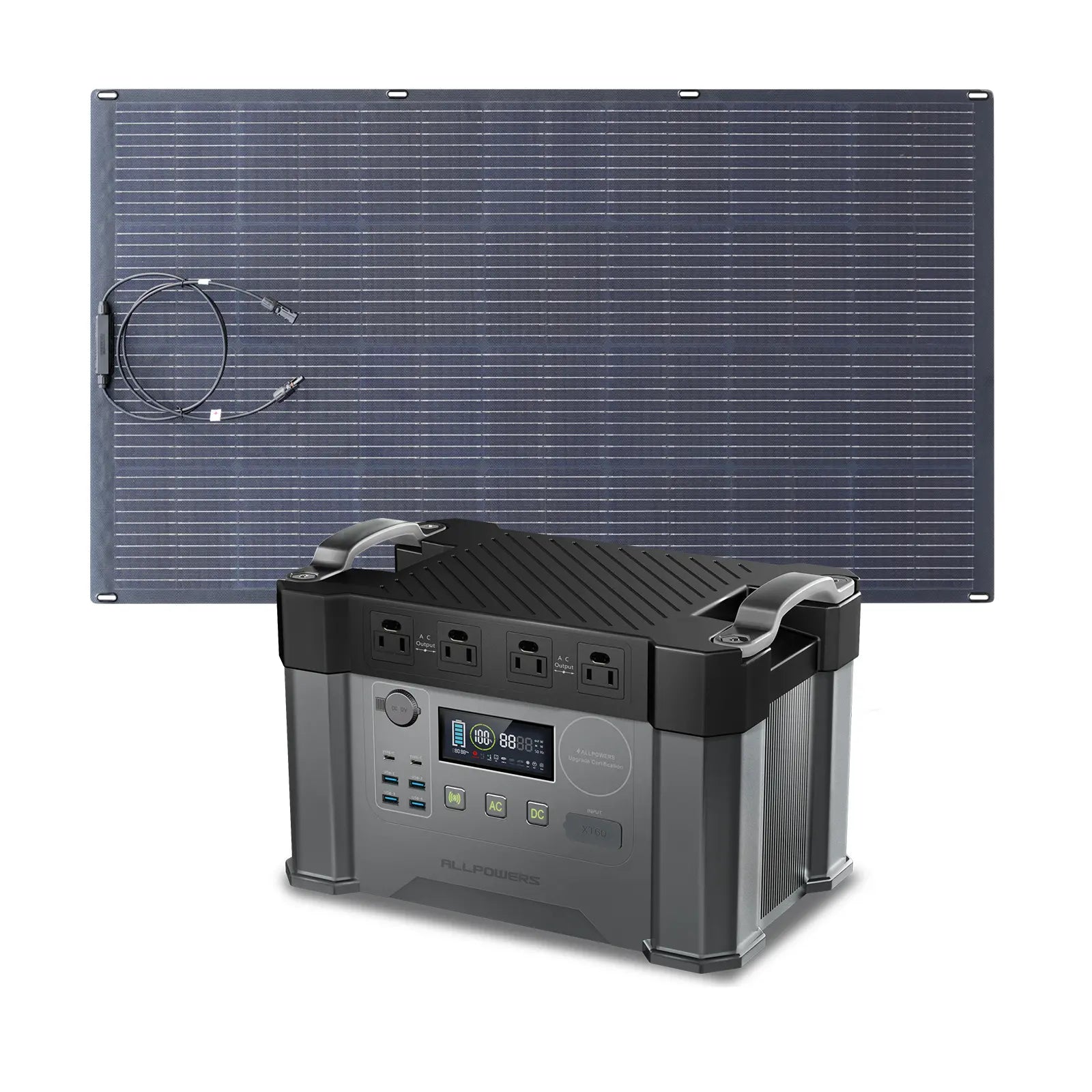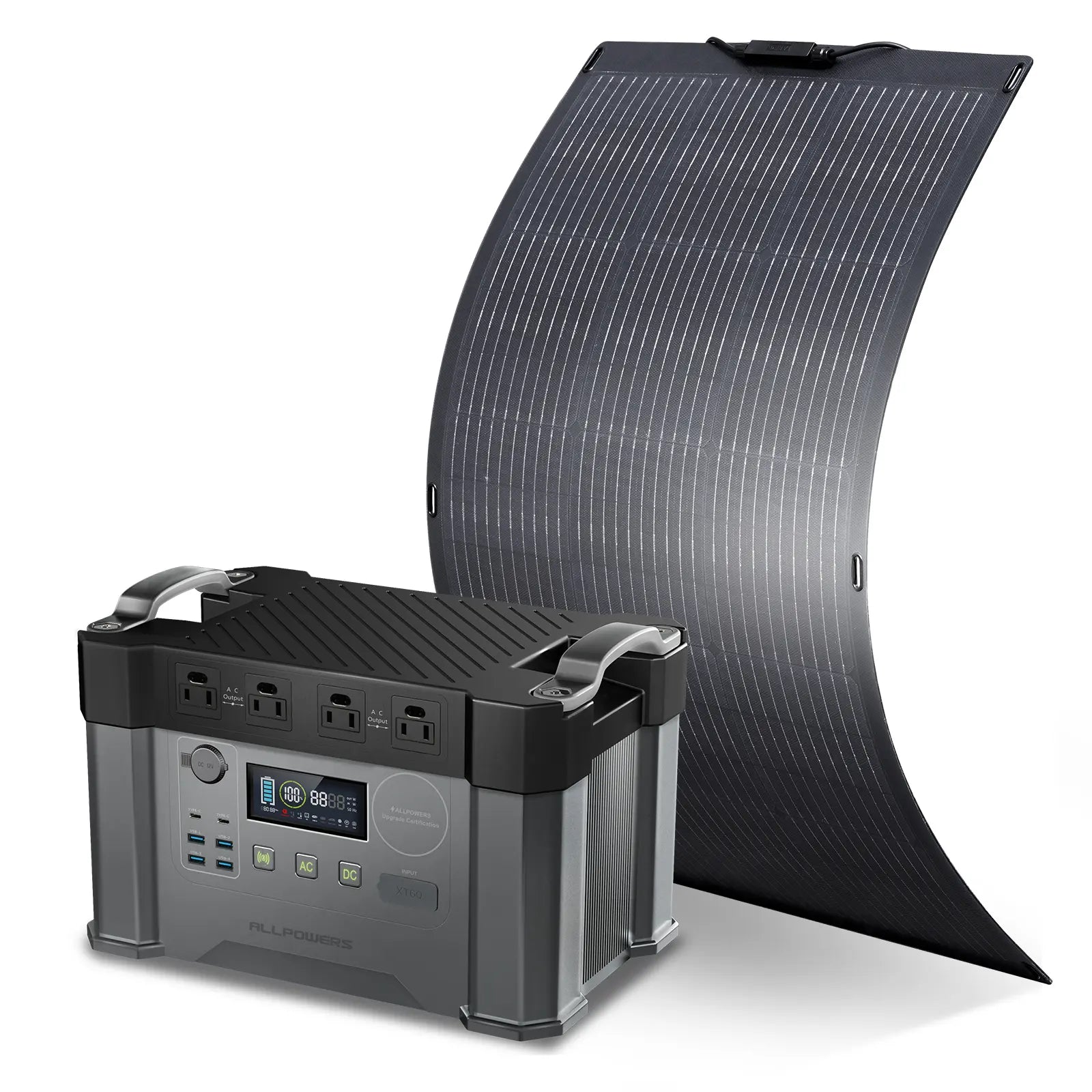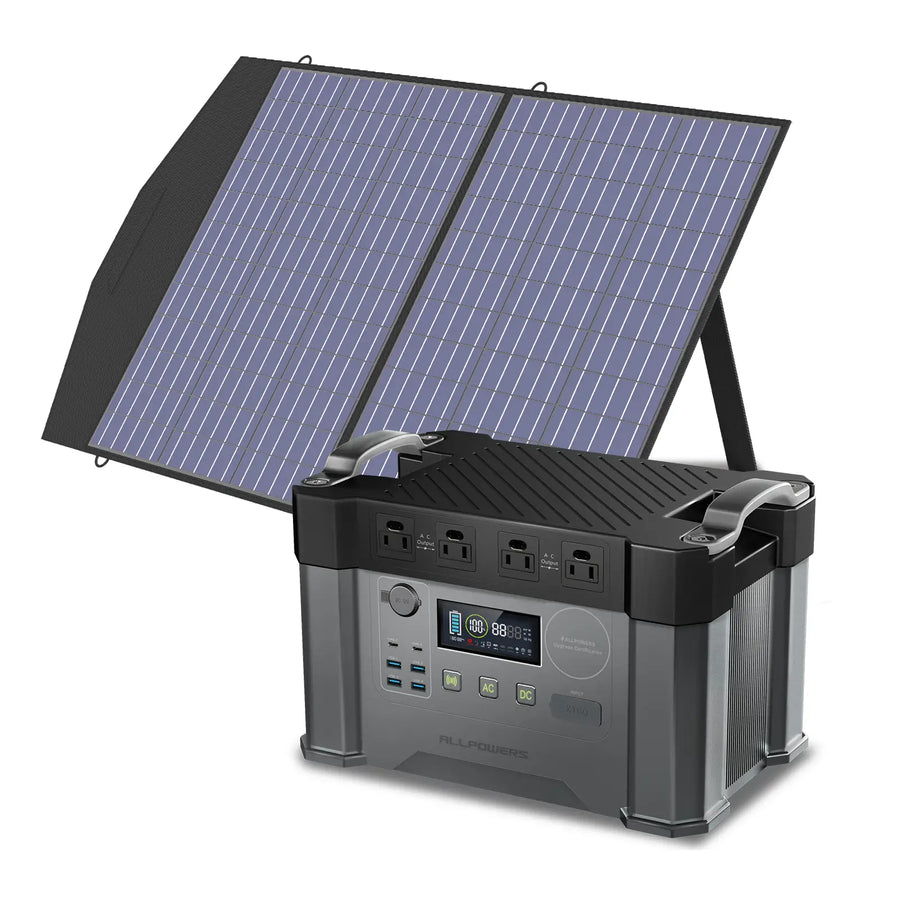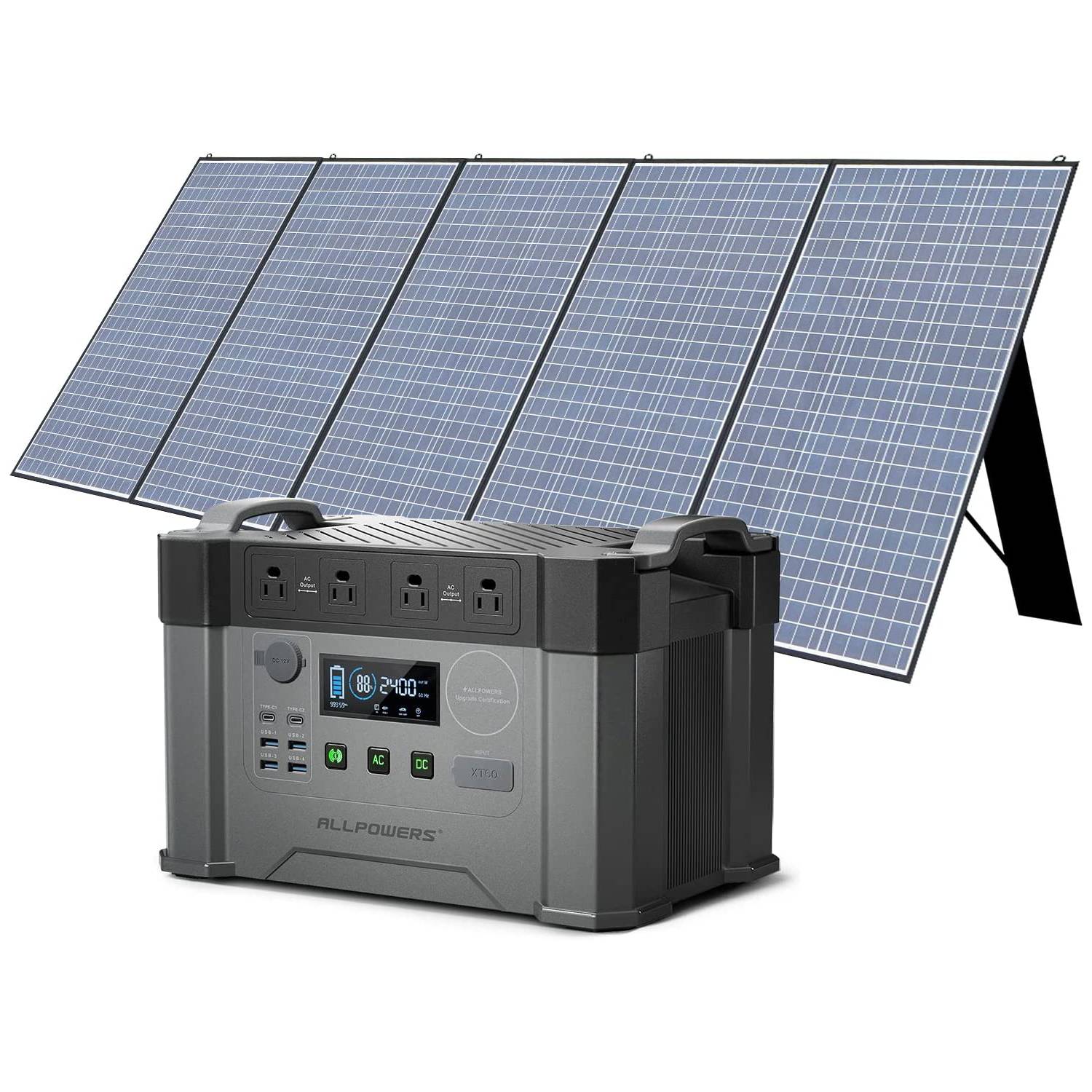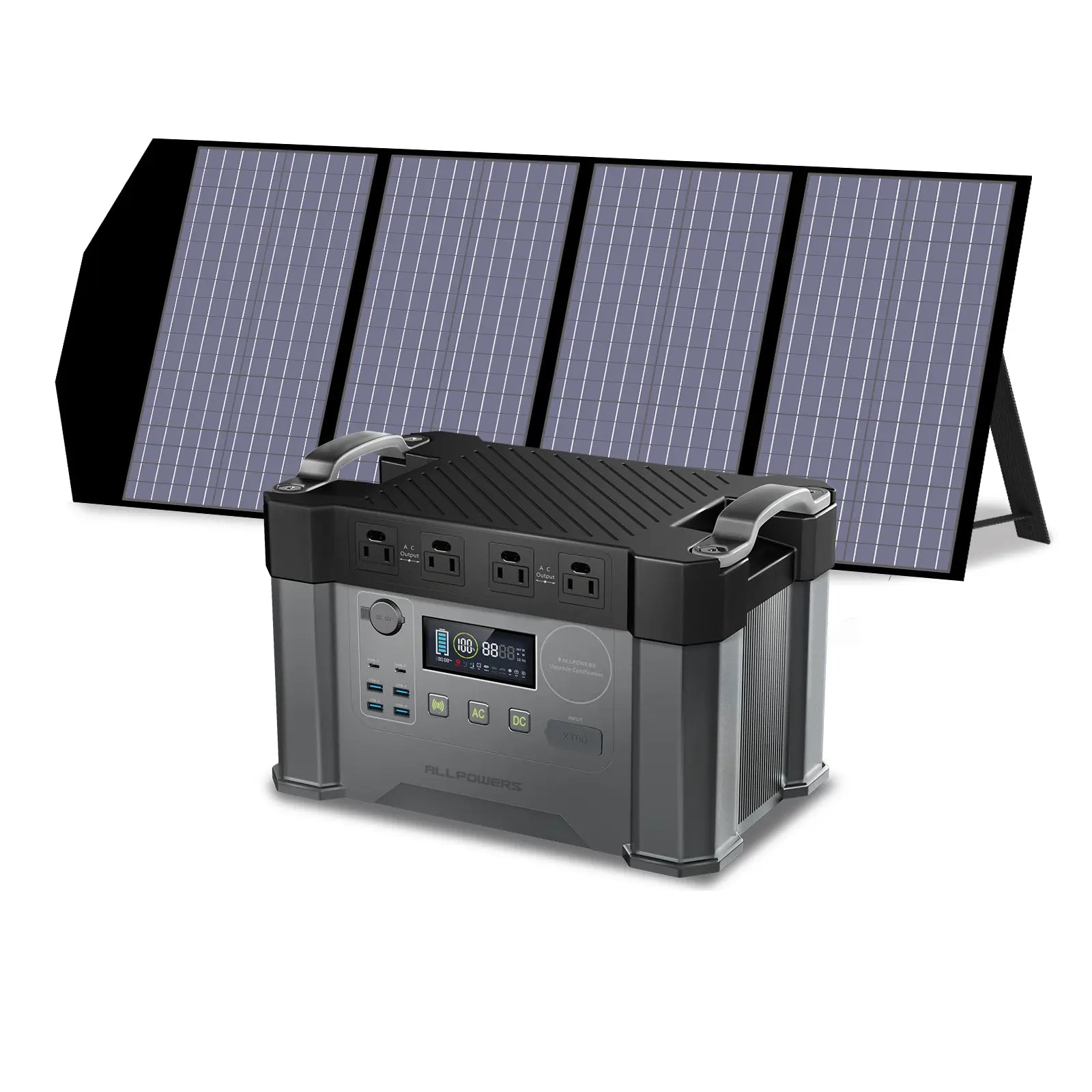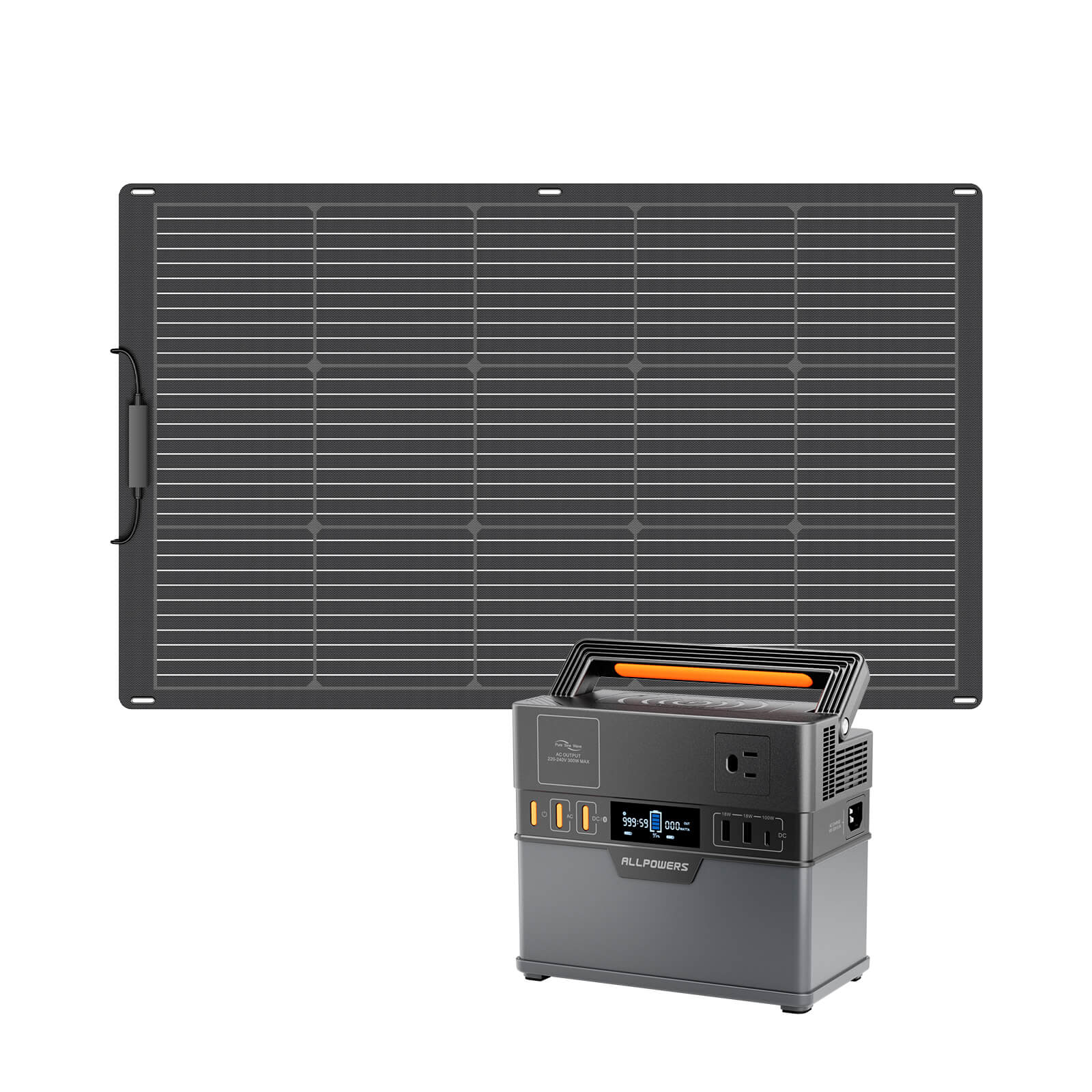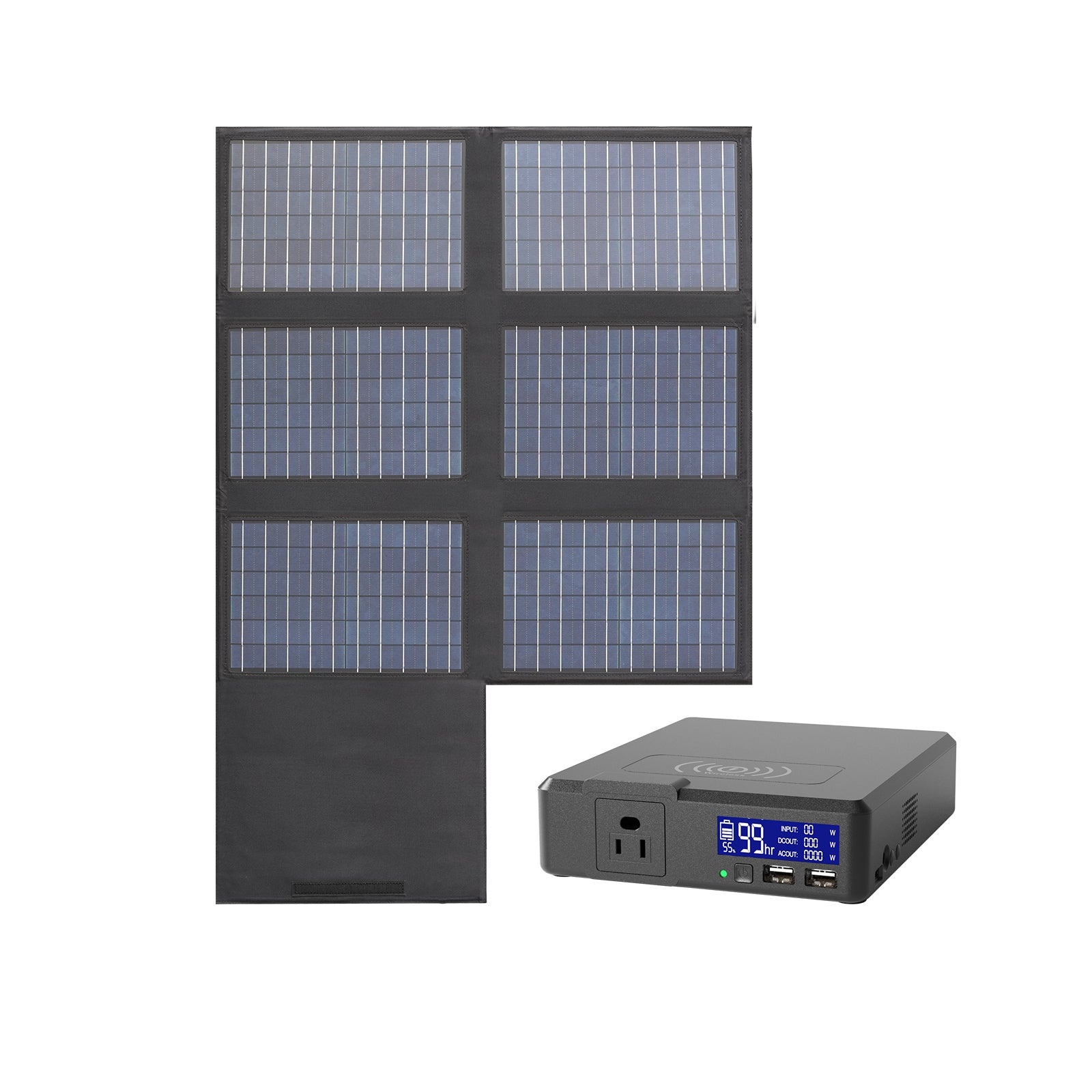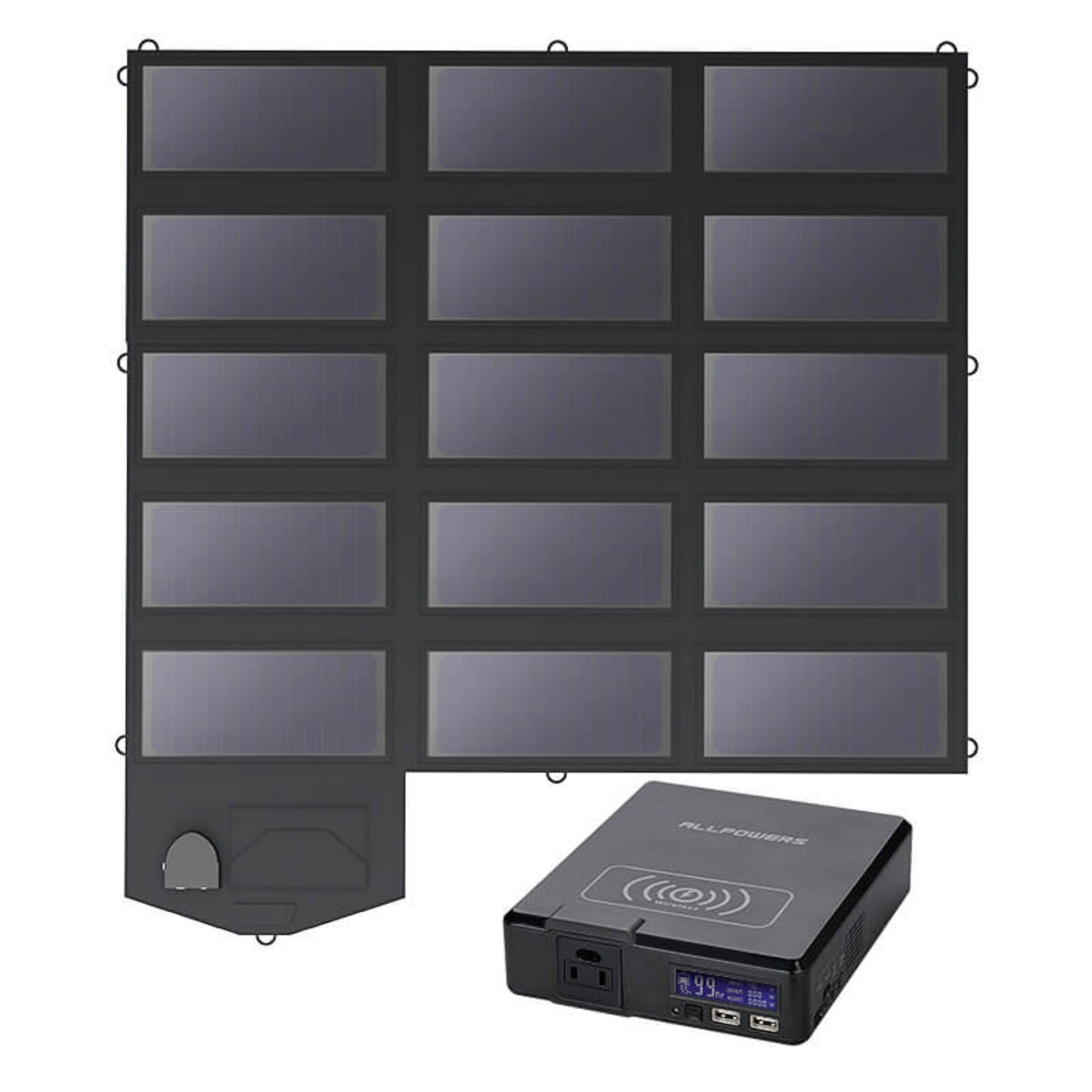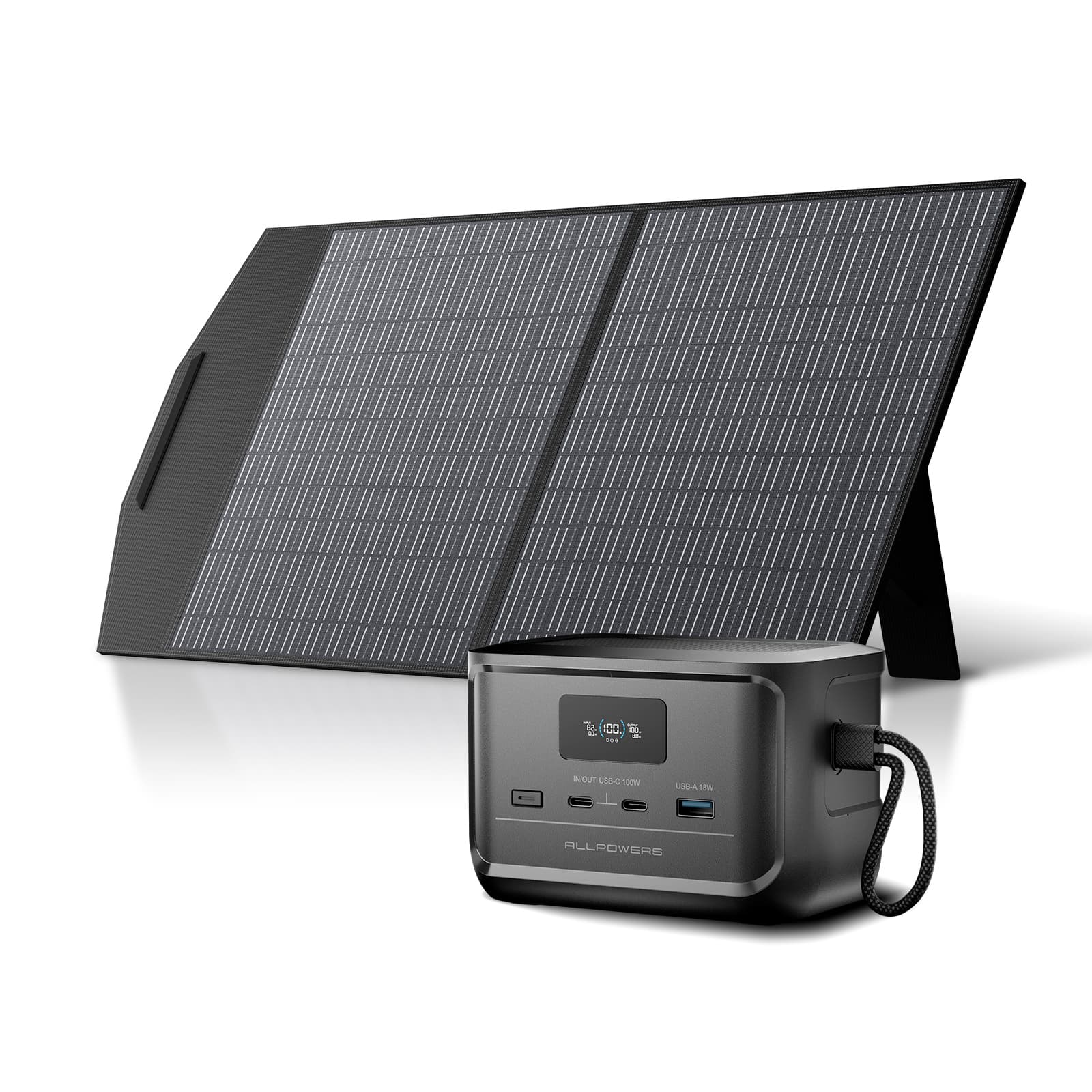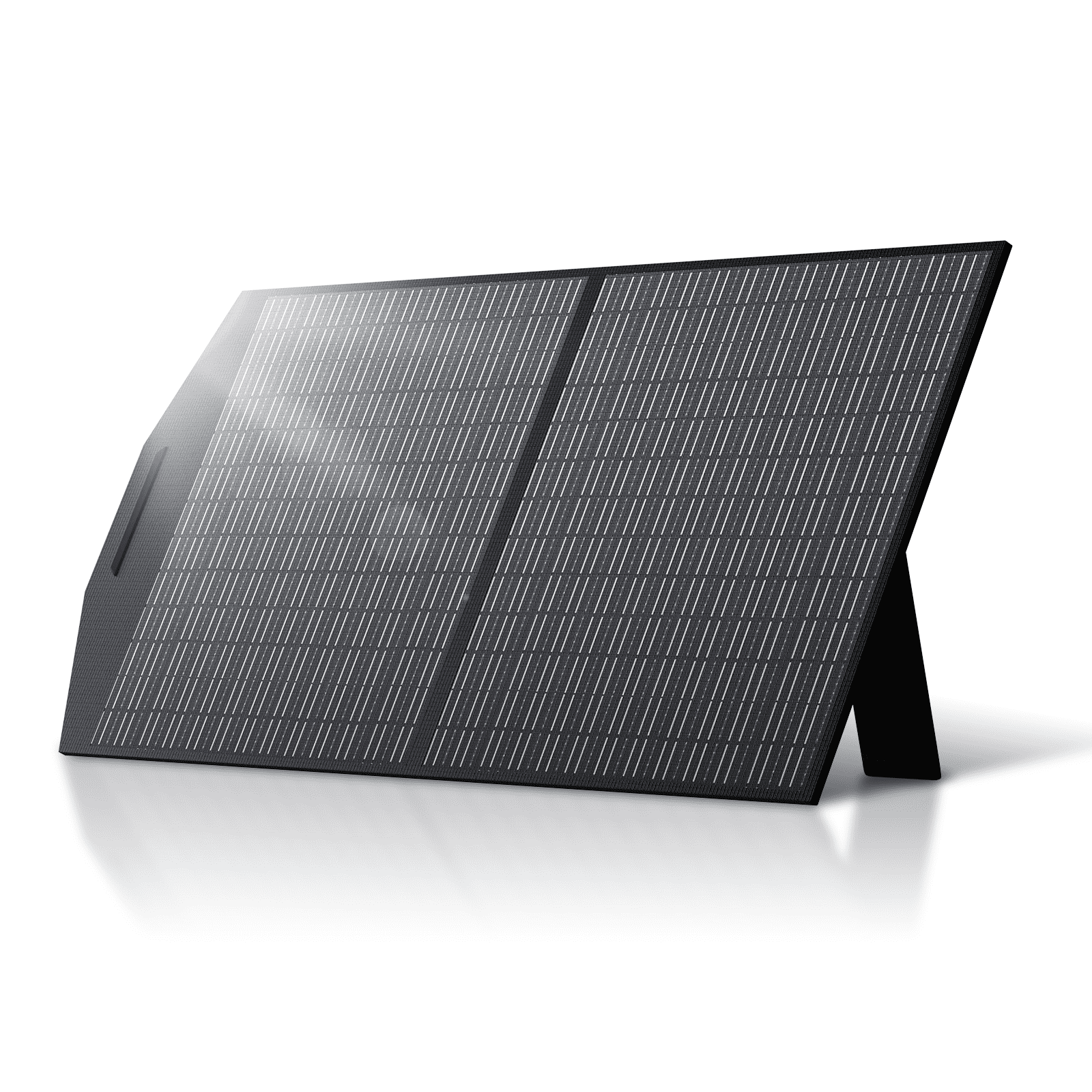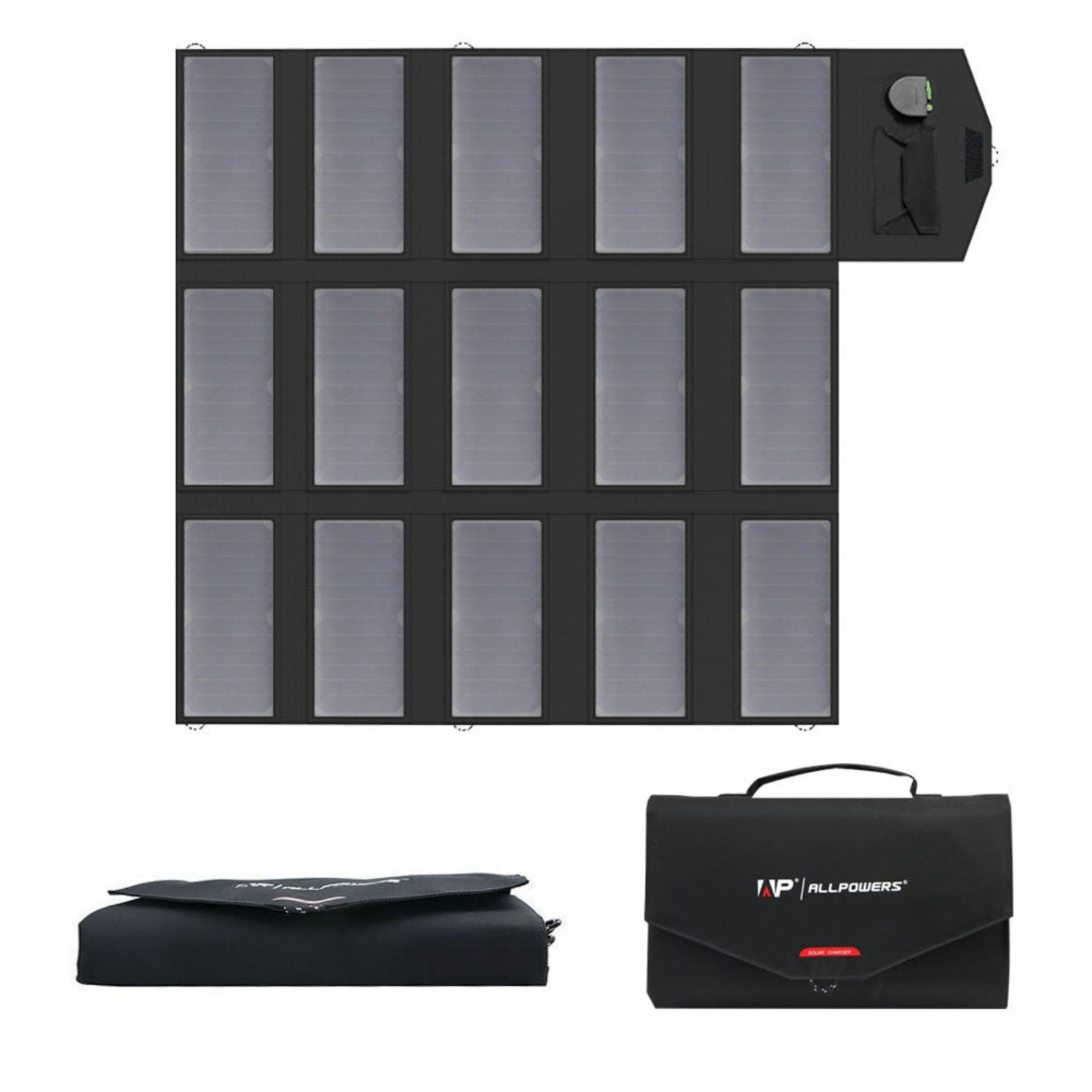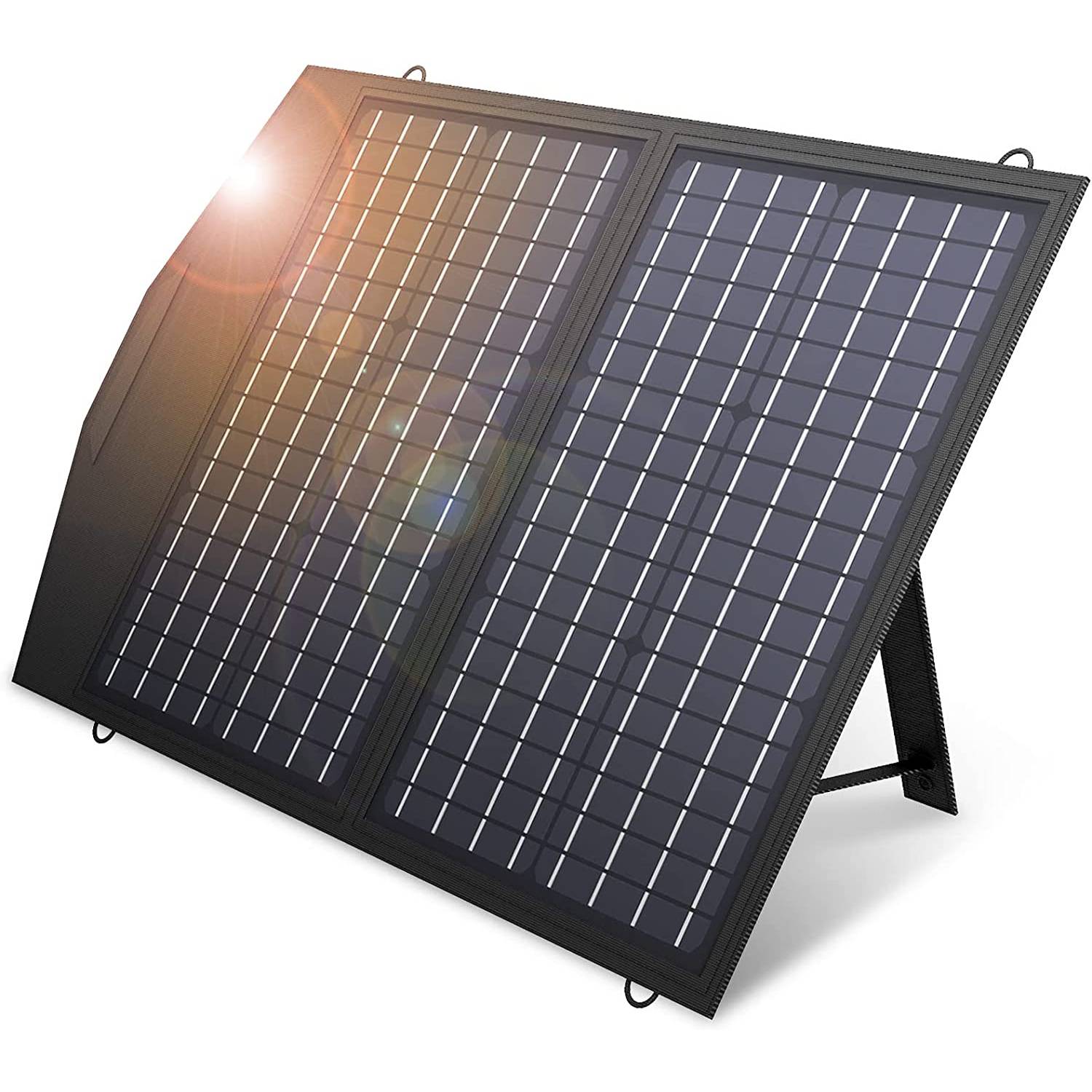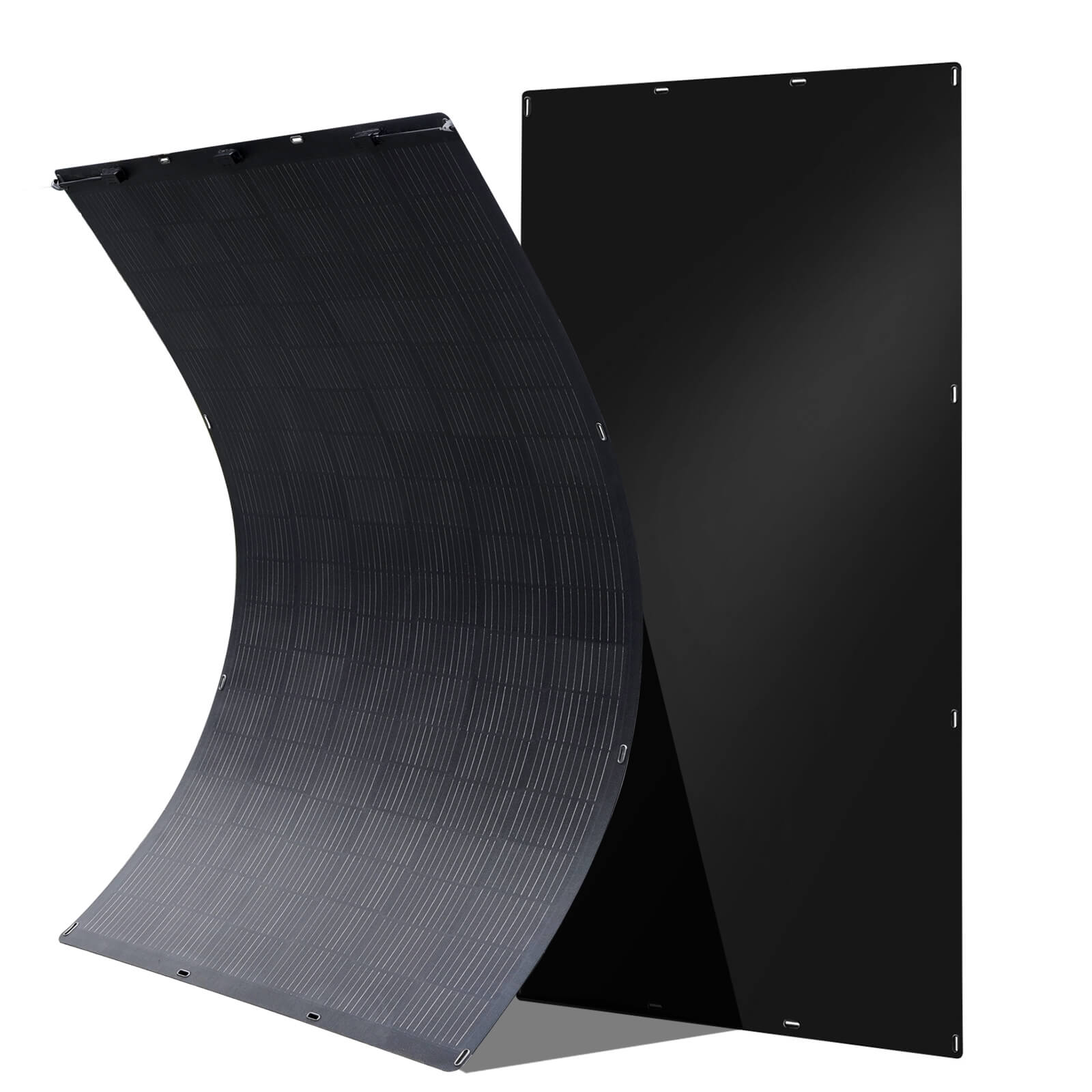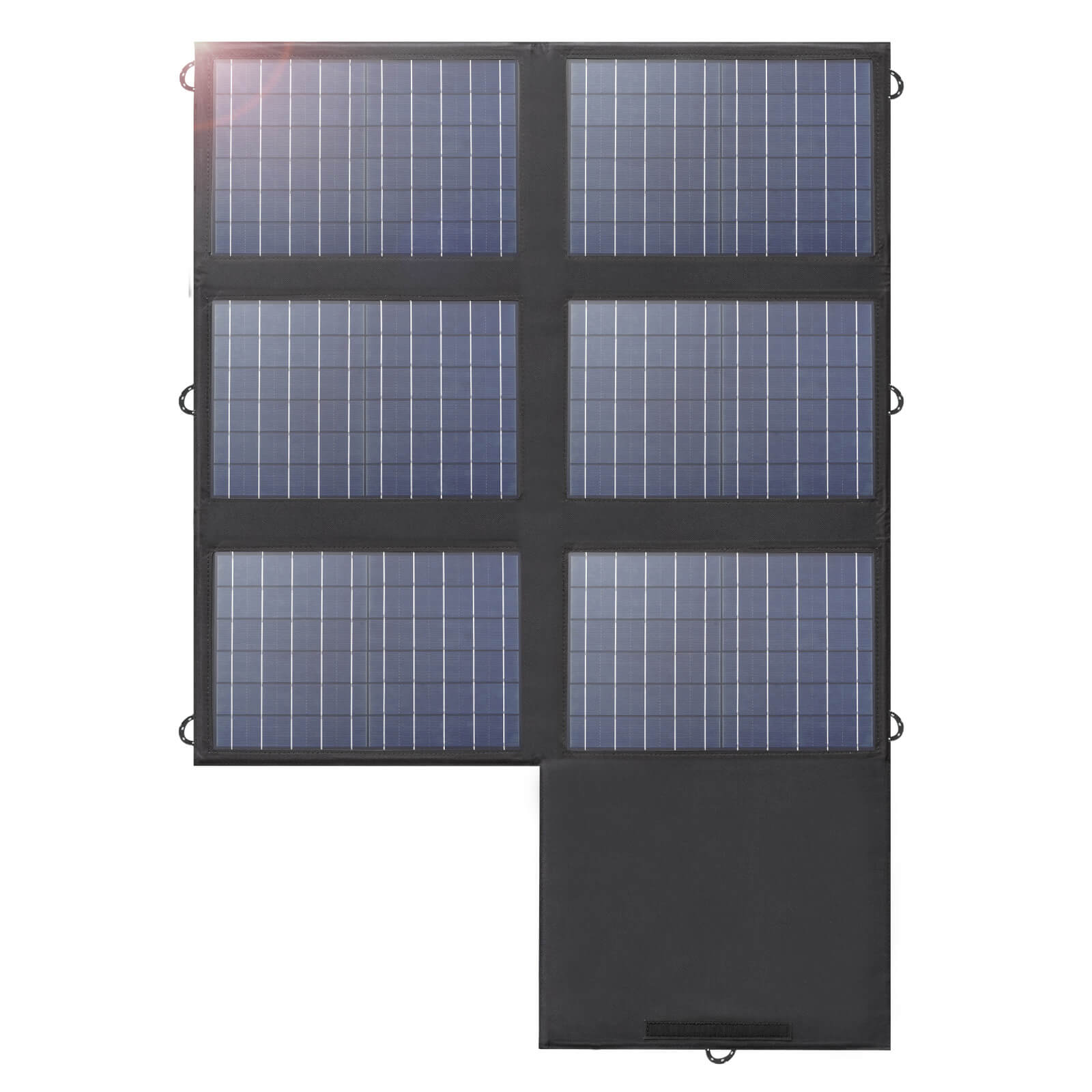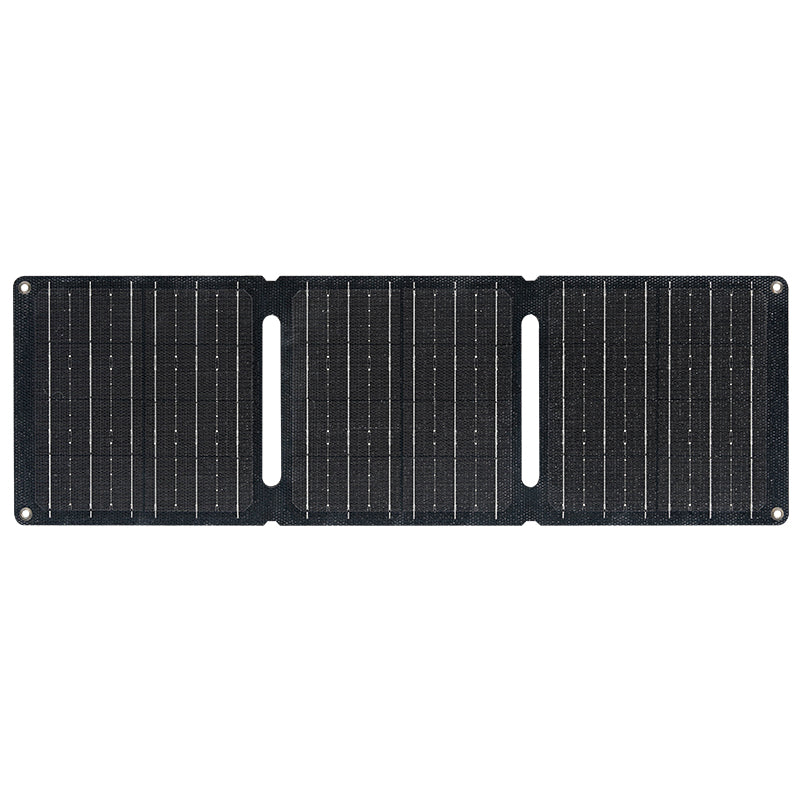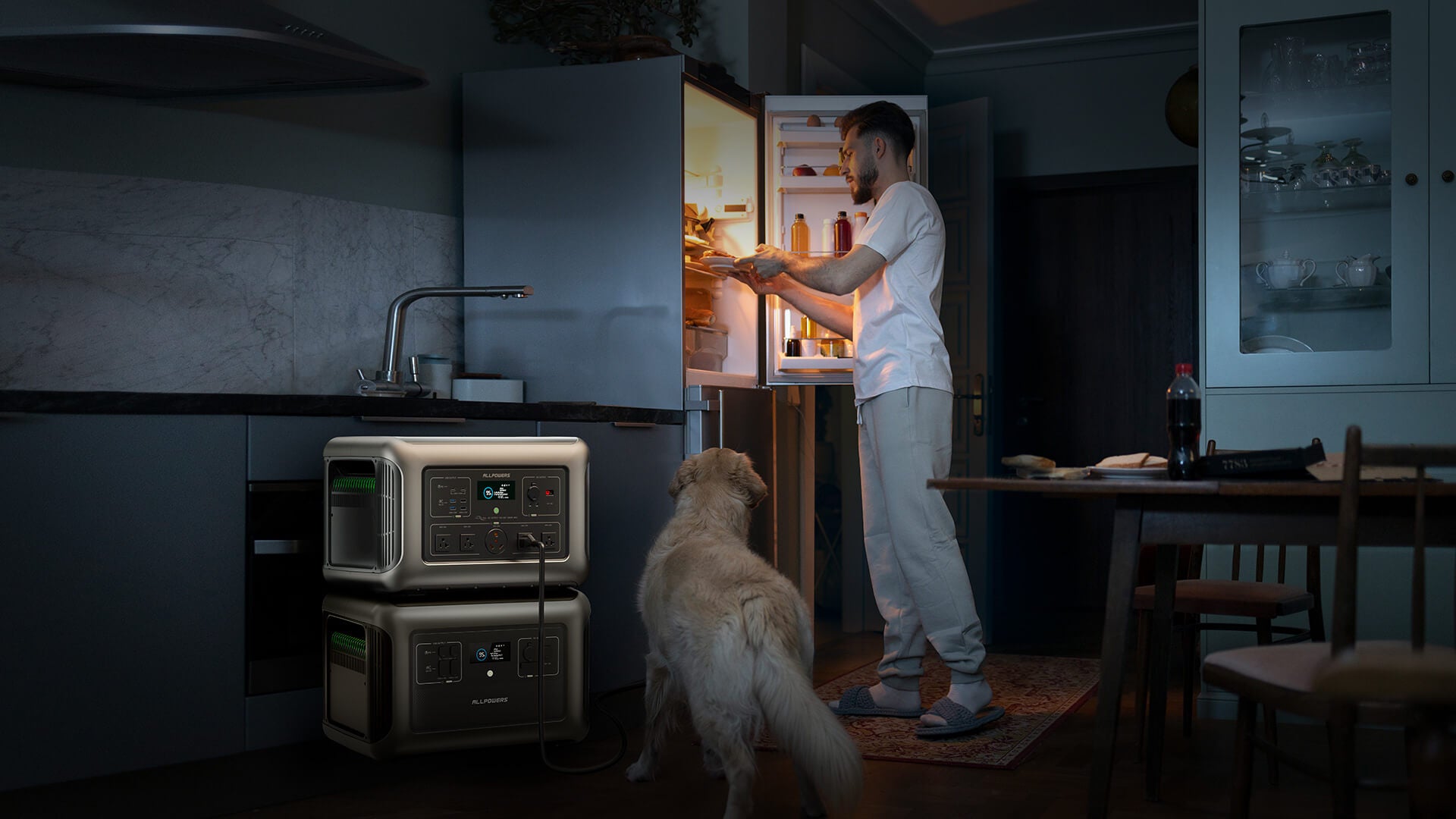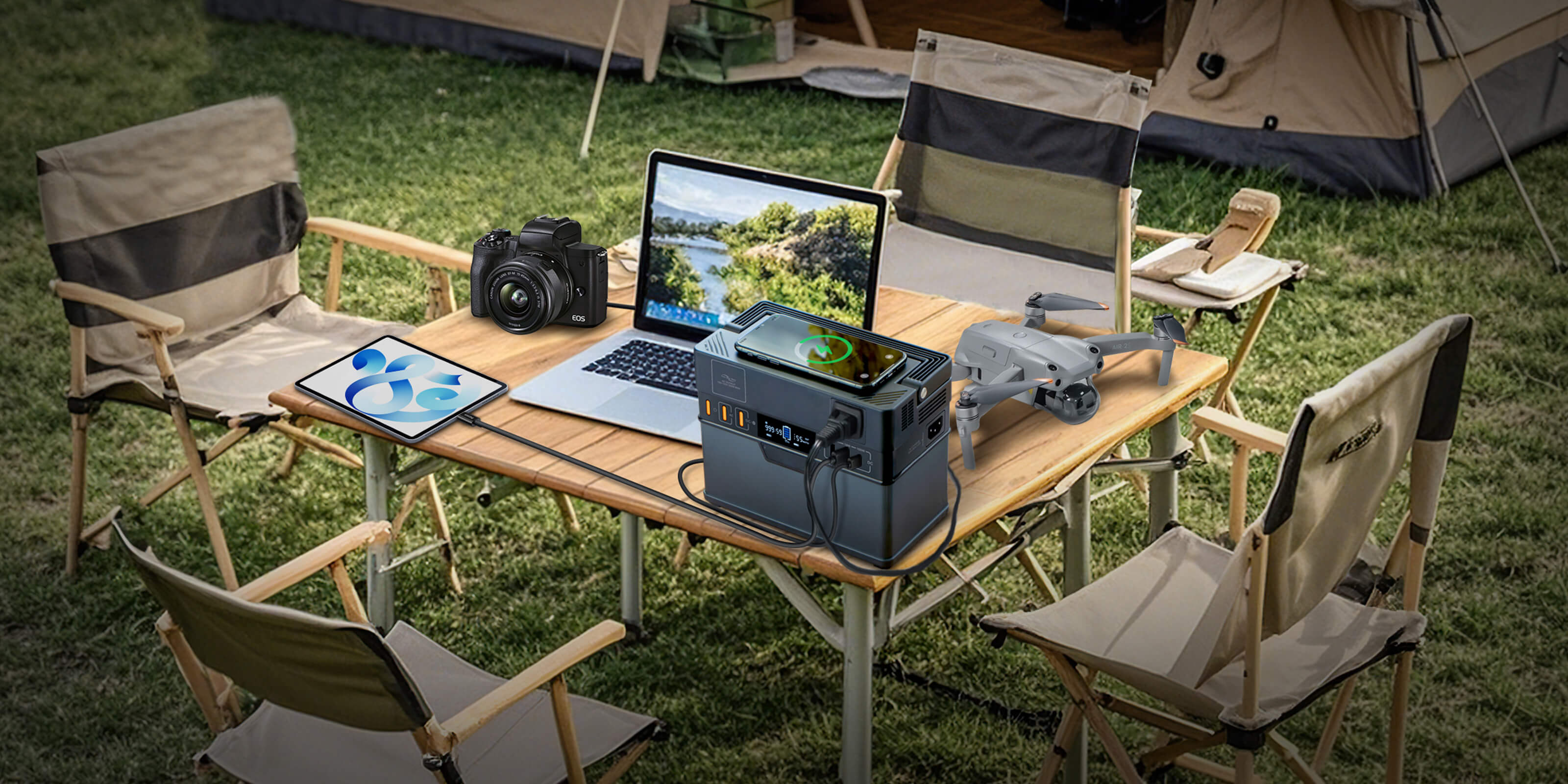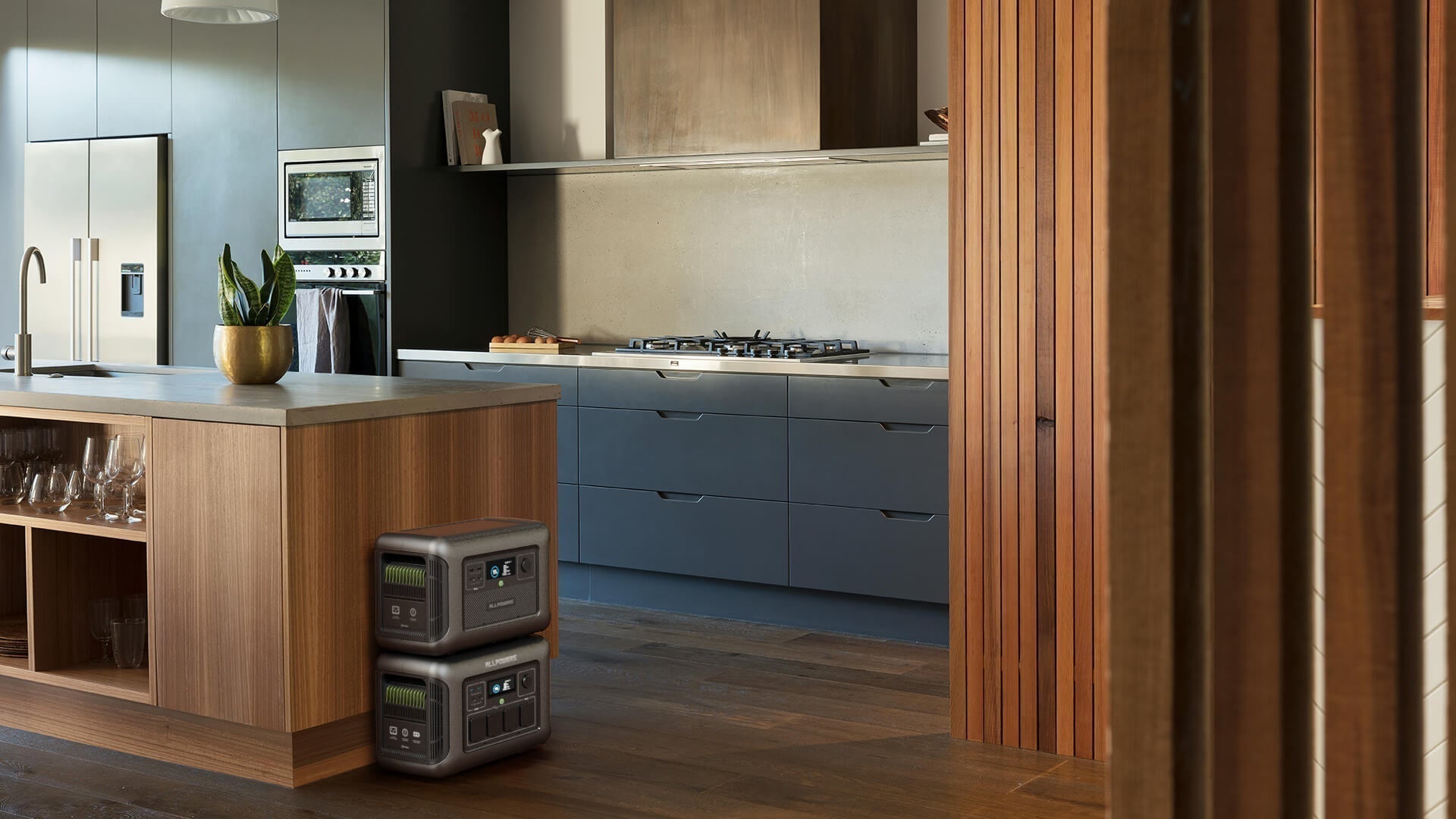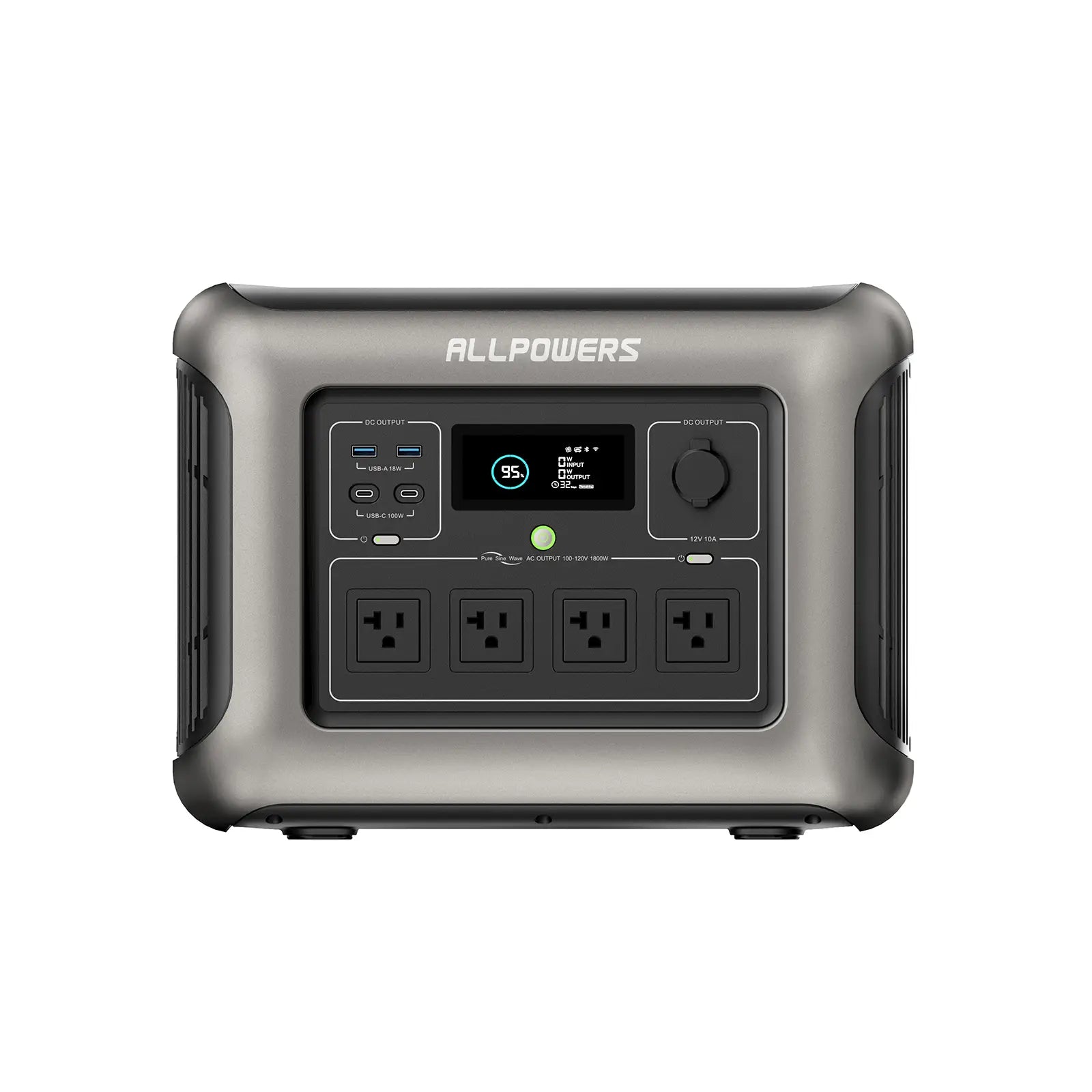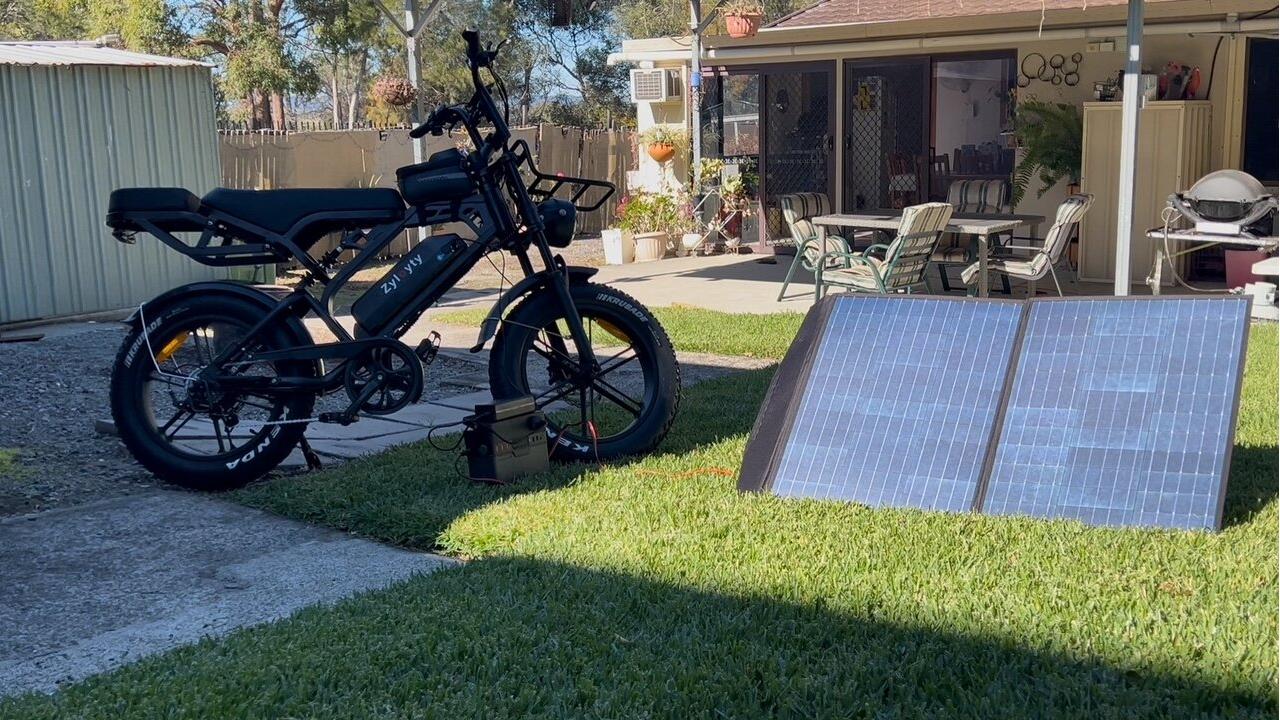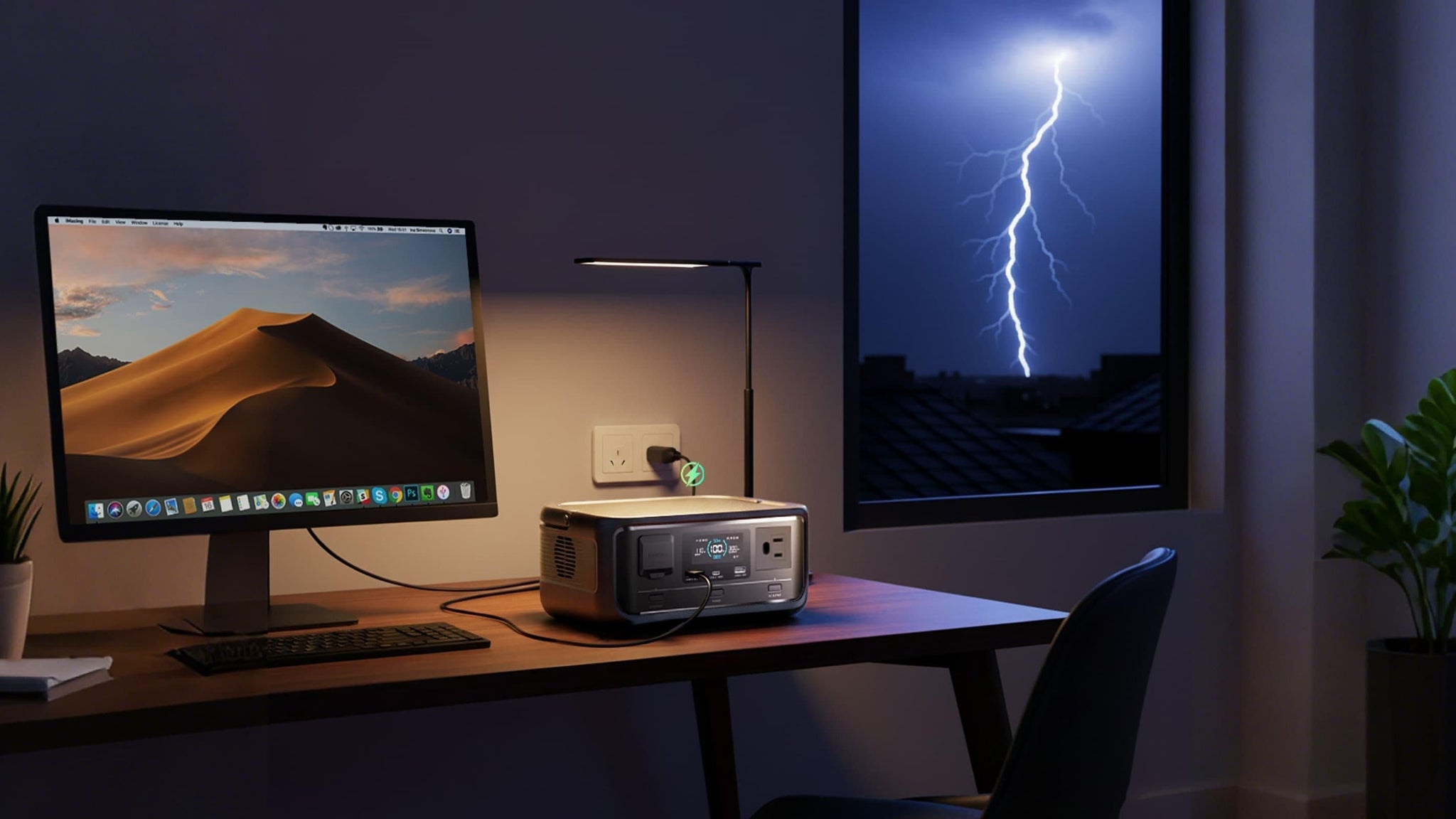A sudden blackout can really throw a wrench in your plans, can't it?
One minute you're enjoying a quiet evening—maybe catching up on a show or getting some work done—and the next, everything goes dark.
Now imagine you’ve got a compact box quietly humming in the corner, lighting your room and keeping the essentials running—no fumes, no roar, no hassle.
Sounds like a backup plan worth having, right?
But here’s the real question: Can you actually use a portable power station indoors without worrying about safety?
Why Indoor Power Sources Matter More Than Ever
Blackouts used to be rare. Now, depending on where you live, they’re practically seasonal.
Storms are stronger. Heat waves stretch on. Grids buckle. And those of us prepping for these shifts know: candles and canned food only go so far.
Power isn’t just about convenience. It’s about medical equipment running through the night. It’s about a space heater in the dead of winter. It’s about keeping your family connected, calm, and safe.
And when you’re sheltering indoors, you need a solution that works where you live—not something you can only run 30 feet from the back porch.
Understanding What a Portable Power Station Really Is
Here’s the deal: portable power stations aren’t generators in the traditional sense.
They’re high-capacity rechargeable batteries—usually powered by lithium-ion or lithium iron phosphate (LiFePO4)—that store energy ahead of time and deliver it through standard outlets, USB ports, or even car plugs.
Think of it as your phone’s power bank—after it hit the gym and bulked up. These devices store electricity and convert it into usable AC or DC power using built-in inverters.
They’re compact, usually come with multiple outlets (USB, AC, DC carport—you name it), and can be recharged via wall sockets, car chargers, or solar panels. And best of all? No gas, no fumes, and no rumble that rattles your bones at 2 a.m.
That’s a game-changer if you’re trying to keep your CPAP machine running, cook with an induction burner, or keep the kids entertained during an outage.
So Are They Safe Inside? Actually, Yes
Let’s get straight to it: Yes—they’re safe to use indoors, and here’s why.
Unlike gas-powered generators, battery-based power stations don’t emit carbon monoxide. That’s huge. You can literally run one next to your couch without turning your living room into a hazard zone. No need for special ventilation, and they’re whisper-quiet—so your toddler’s nap isn’t ruined.
Still, common sense applies. Don’t cover the unit while it’s running—they need airflow to stay cool. Don’t overload it. And even though it’s designed to be low-maintenance, a little supervision goes a long way.
Worried About Overheating or Fire Risk? Let’s Talk Safety Systems
It’s normal to be cautious about electronics heating up—especially when they’re working hard. But here’s the good news: modern portable power stations come with a Battery Management System (BMS).
This built-in safety feature acts like a brain, constantly monitoring voltage, temperature, and electrical load. [1] If anything starts to look risky, it shuts things down or adjusts the output before any damage is done.
Some advanced models even let you monitor performance in real time through a smartphone app—so you’re never guessing.
Are There Limitations? Sure—But Fewer Than You Think
Every tool has its tradeoffs.
Battery size limits how much power you can draw. Run a heavy load too long, and you’ll drain the battery fast. But most units have digital screens showing exactly how much power is being drawn and how long you’ve got left—removing the guesswork.
Biggest myth? That bigger is always better. But unless you’re trying to power a full workshop, a mid-size station between 1000 to 2000Wh is more than enough for most short-term home needs.
And like any battery, you’ve got to keep it in shape. Charge it every few months, even if it’s just sitting in the closet. Let it sit too long, and it’ll lose its edge.
Choosing the Right Power Station for Your Needs
This part’s all about what you actually need.
Just want to charge a few phones and run a lamp? A 300–500Wh unit will do the trick. Need to keep a mini-fridge, microwave, or CPAP going overnight? Look for something 1000Wh or higher.
If you’re someone who plans for worst-case scenarios like weeklong blackouts, there are expandable systems that can power an entire circuit panel—if you’re willing to invest.
For such extensive power needs, consider options like the ALLPOWERS R1500, which offers expandable battery capacity for prolonged outages and greater energy demands.
Final Thought
So, to circle back to the question: Can portable power stations be used indoors?
Absolutely. Safely. Reliably. And with far fewer headaches than traditional generators.
No fumes. No fire hazards. No shouting over engine noise.
Just steady, safe power when you need it most. That’s the whole point of backup power.
References: 1. https://www.sciencedirect.com/topics/engineering/battery-management-system


